REIMAGINING DIRIYAH
ALSOMLY

-
@unit14_ucl UNIT Y4 SA
SARAH
YEAR 4
All work produced by Unit 14
Cover design by Charlie Harris
www.bartlett.ucl.ac.uk/architecture
Copyright 2021
The Bartlett School of Architecture, UCL All rights reserved.
No part of this publication may be reproduced or transmitted in any form or by any means, electronic or mechanical, including photocopy, recording or any information storage and retrieval system without permission in writing from the publisher.

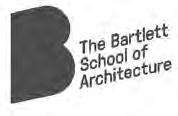

-
@unit14_ucl
-
REIMAGINING DIRIYAH
A SUSTAINABLE VERSION FOR THE FUTURE BAIT EL-DIRIYAH
Riyadh, Saudi Arabia
In the heart of Riyadh, Saudi Arabia, lies Diriyah, the city of mud, a place steeped in historical significance. This architectural design project seeks to honor the rich heritage of Diriyah while embracing a forward-looking vision for a sustainable and vibrant future. The project focuses on the innovative use of rammed earth and engineered timber, harnessing their inherent qualities to shape a contemporary architectural narrative.
The primary material choice of rammed earth serves both aesthetic and environmental purposes. Drawing inspiration from the traditional mud structures of Diriyah, this design pays homage to the cultural roots while integrating modern techniques. Rammed earth, known for its exceptional thermal mass properties, aligns seamlessly with the demands of the local climate, contributing to energy efficiency and sustainability. In envisioning the future of Saudi Arabia, this project transcends mere architectural aesthetics. It symbolizes a paradigm shift from an oil-dependent economy towards a greener, more sustainable
future. The proposed major train station in Diriyah becomes a pivotal node in this transition, connecting people and ideas.`
Beyond its function, the train station becomes a hub of economic growth by providing spaces for small businesses to flourish This integration of commerce and transit aligns with the vision of a diversified and resilient economy.
Moreover, the design incorporates green spaces and gardens, seamlessly blending nature with infrastructure. The project thus envisions Diriyah not just as a transit point but as a destination— a harmonious blend of tradition and innovation, past, and future.The architectural endeavor aims to transform Diriyah into a sustainable and dynamic hub, reflecting the evolving aspirations of Saudi Arabia. Through the fusion of rammed earth, engineered timber, and a visionary approach to urban planning, the project stands as a testament to the possibility of embracing tradition while propelling towards a greener and more prosperous future.

SARAH ALSOMLY YEAR 4
s.alsomly@gmail.comY4 SA
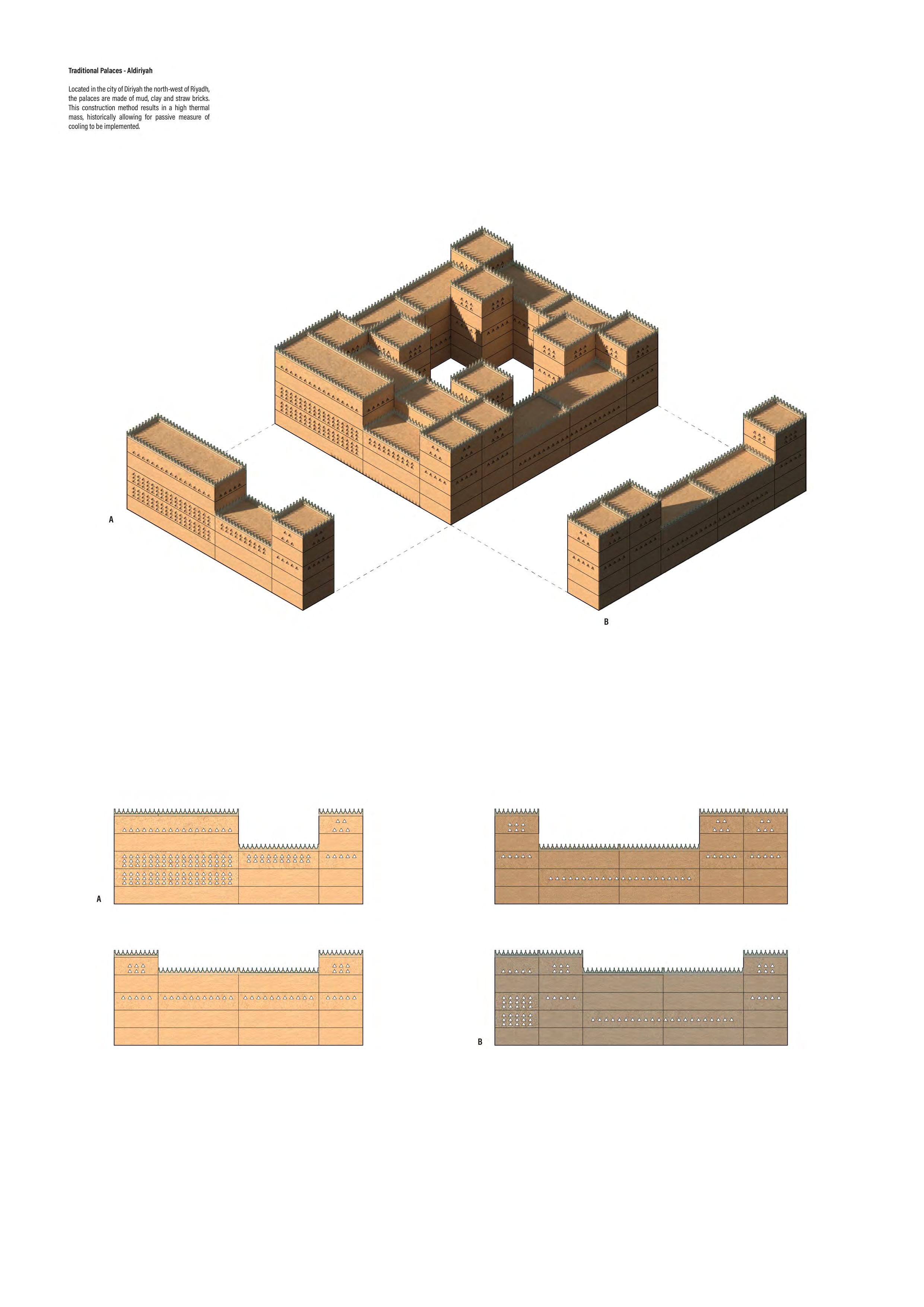


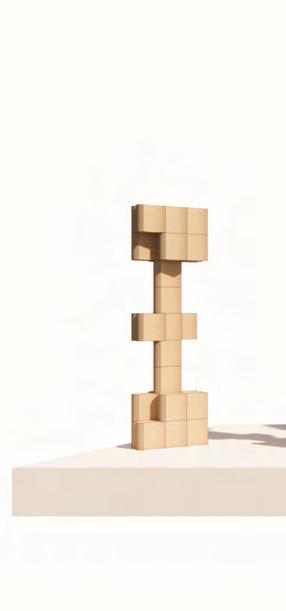

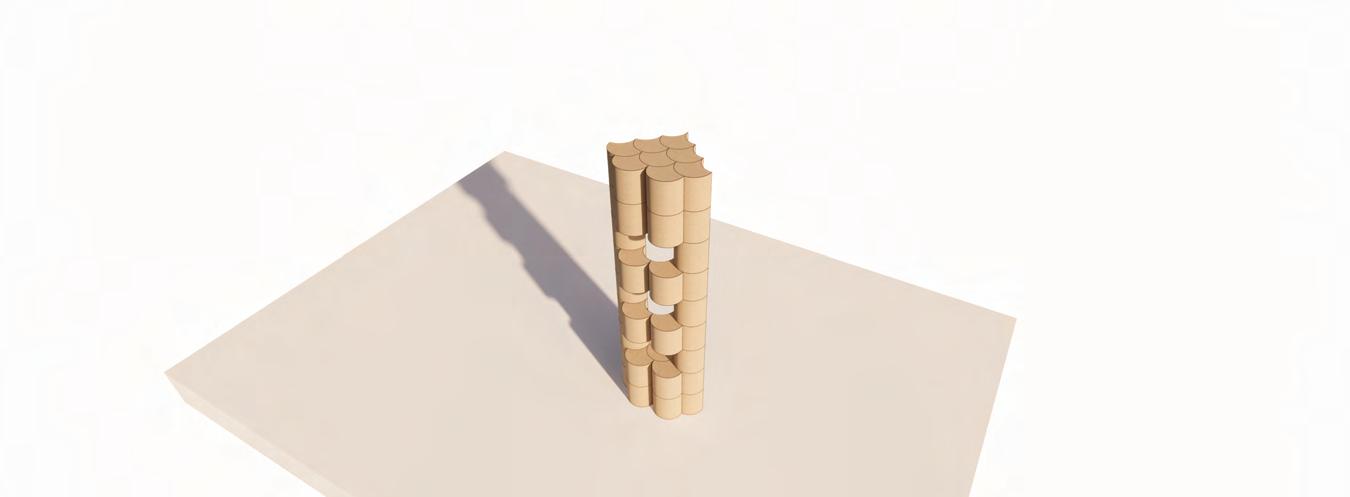
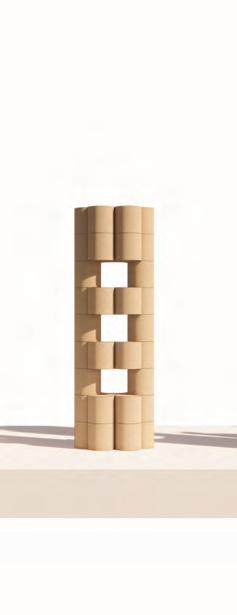


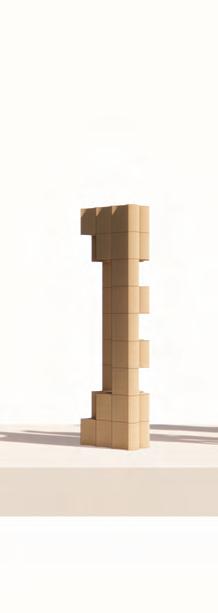

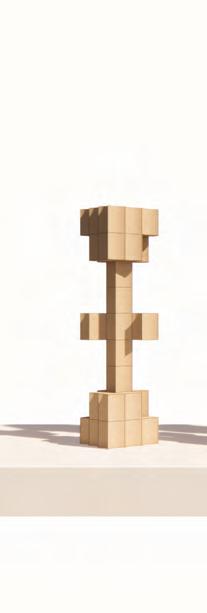




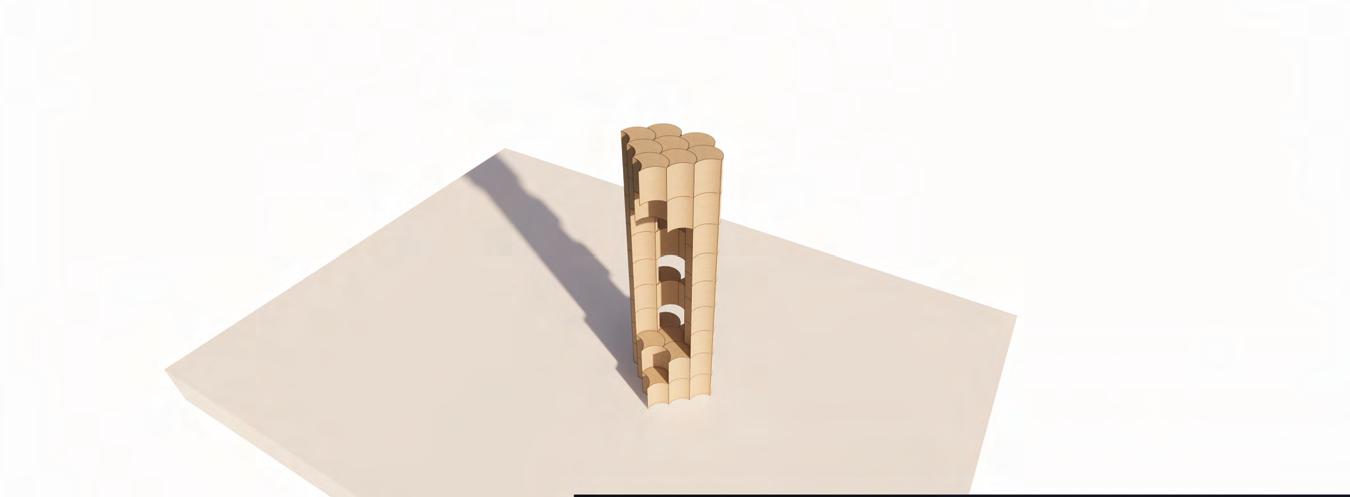


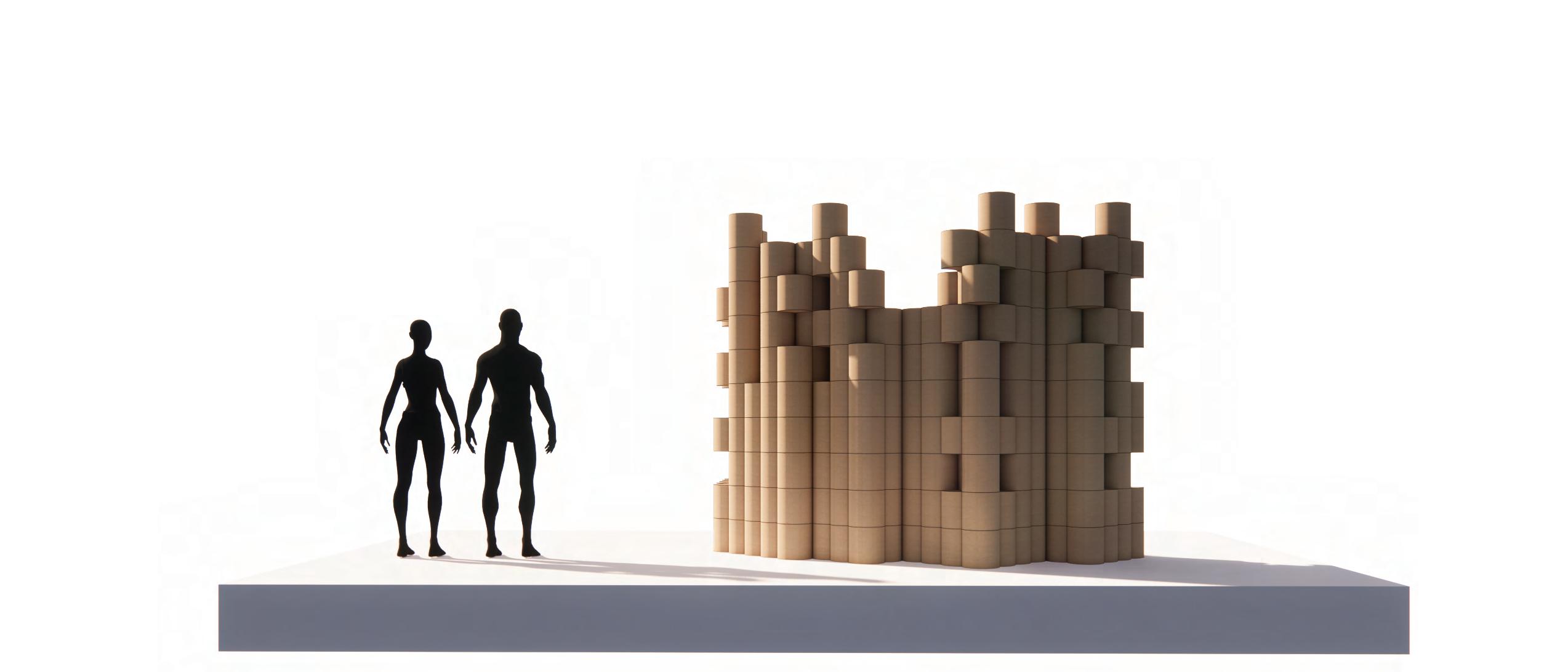
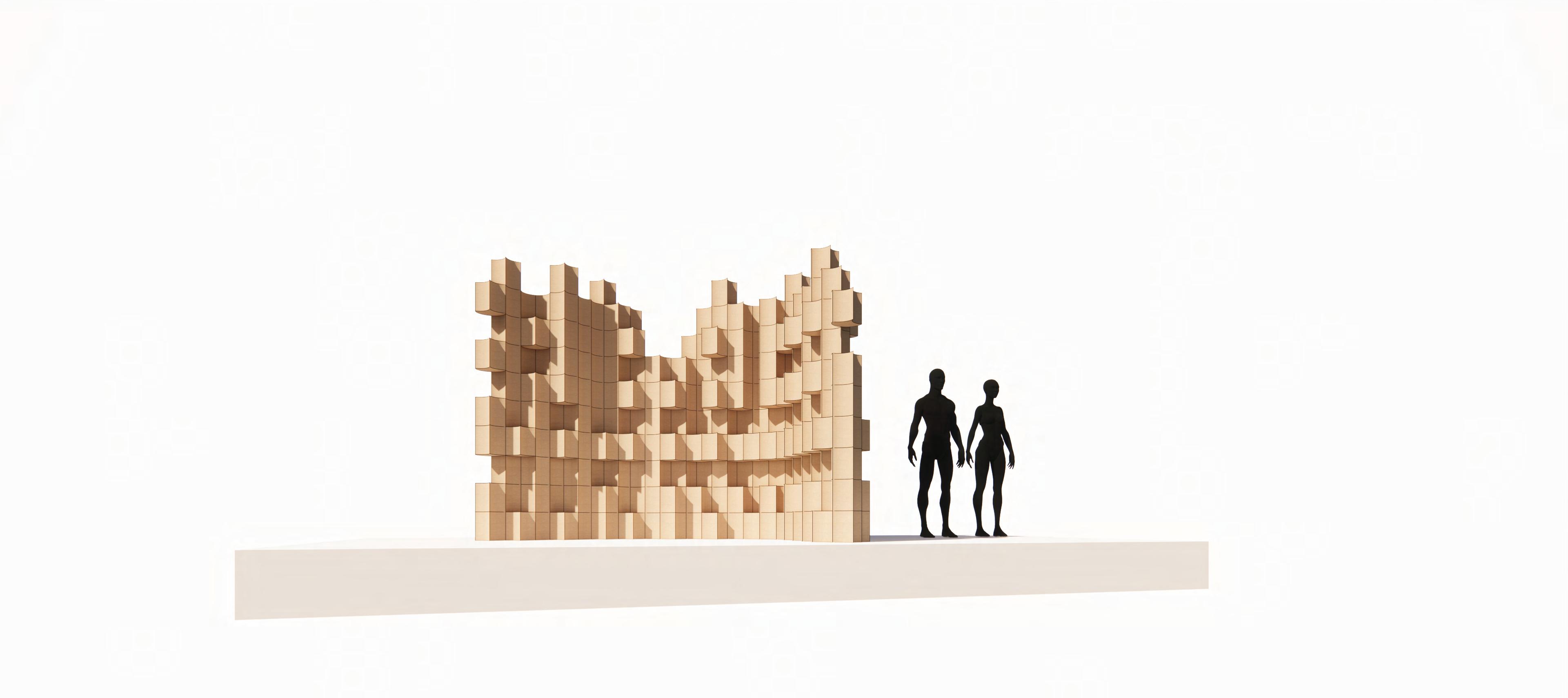
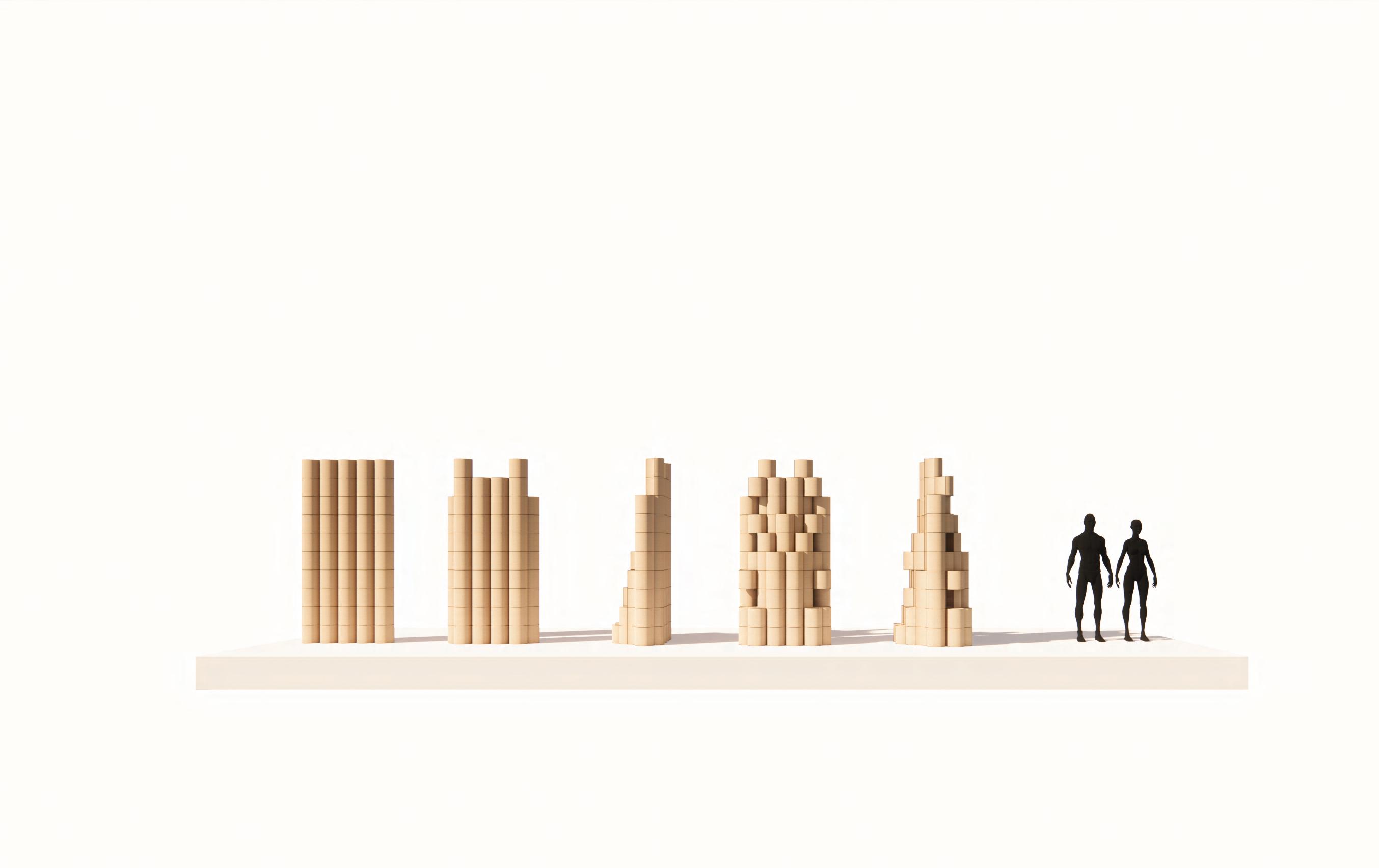
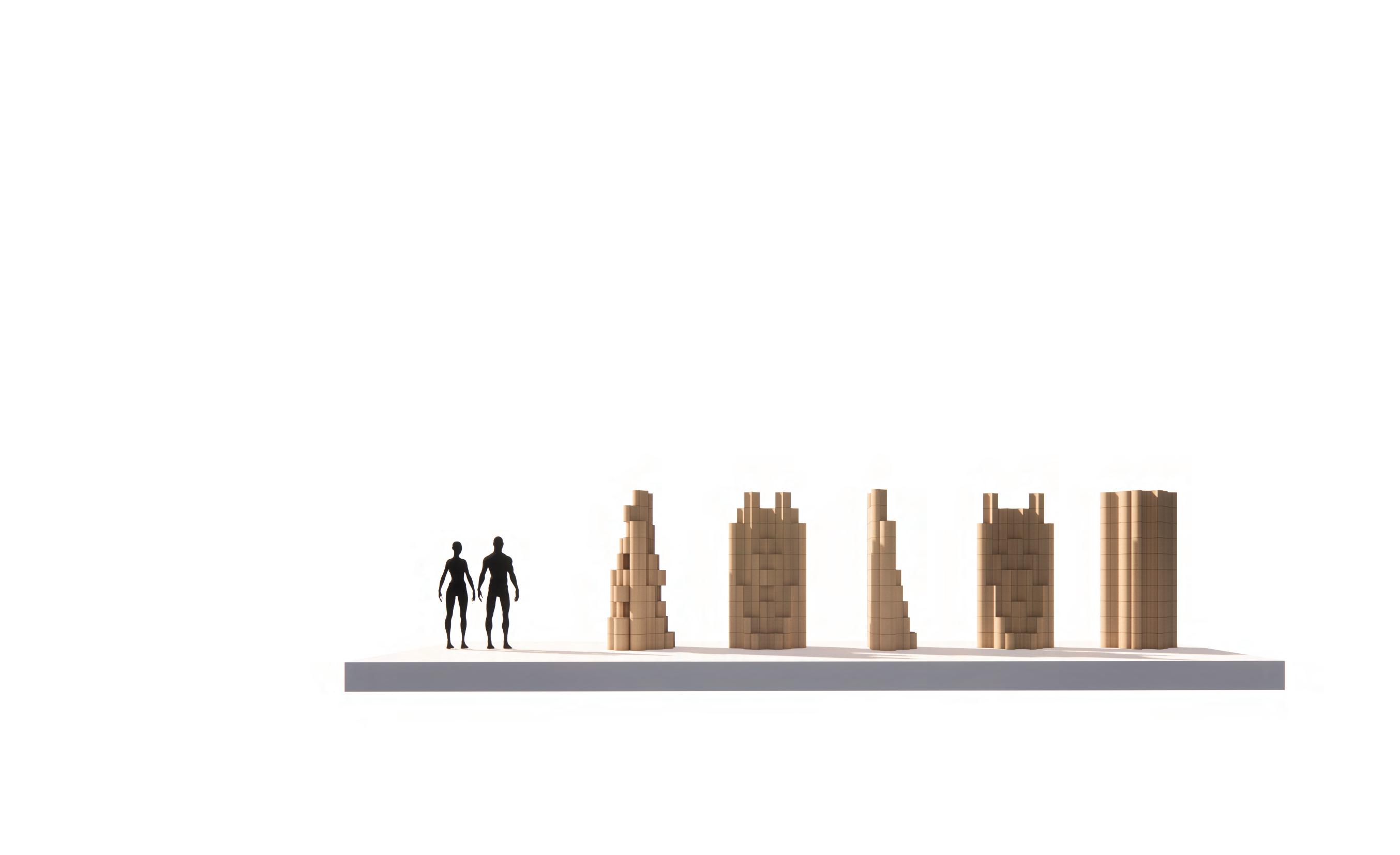

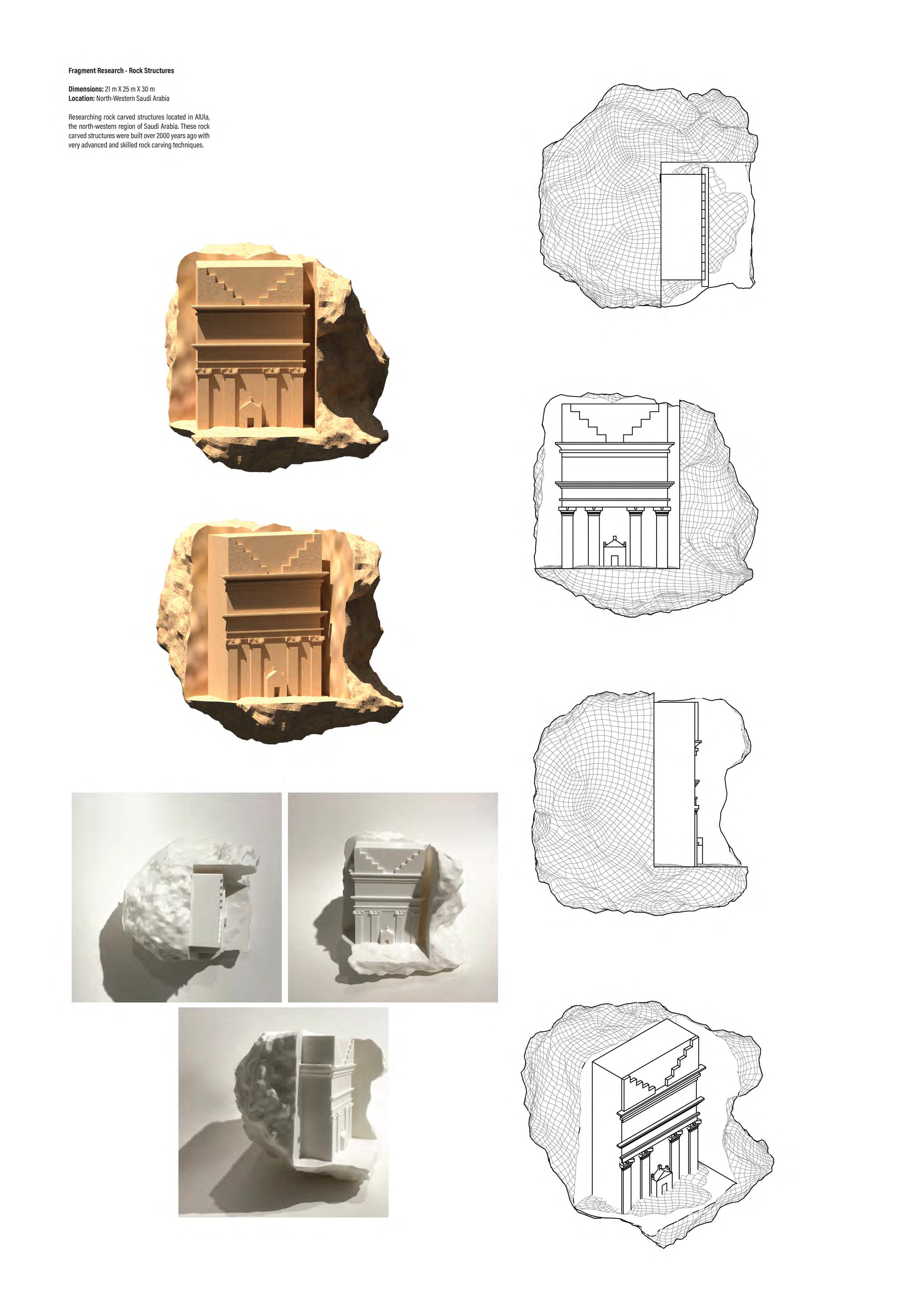
Plan View
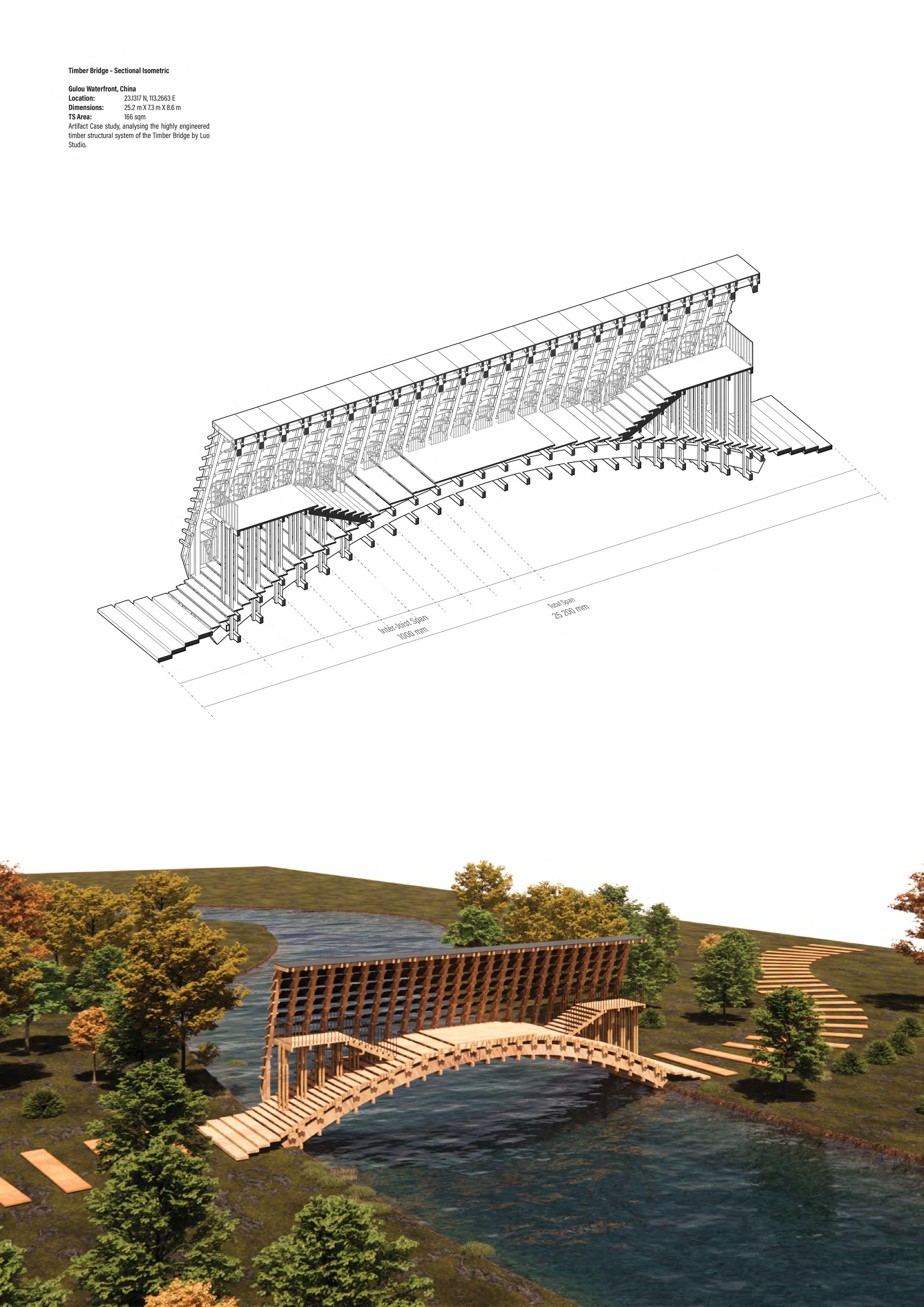
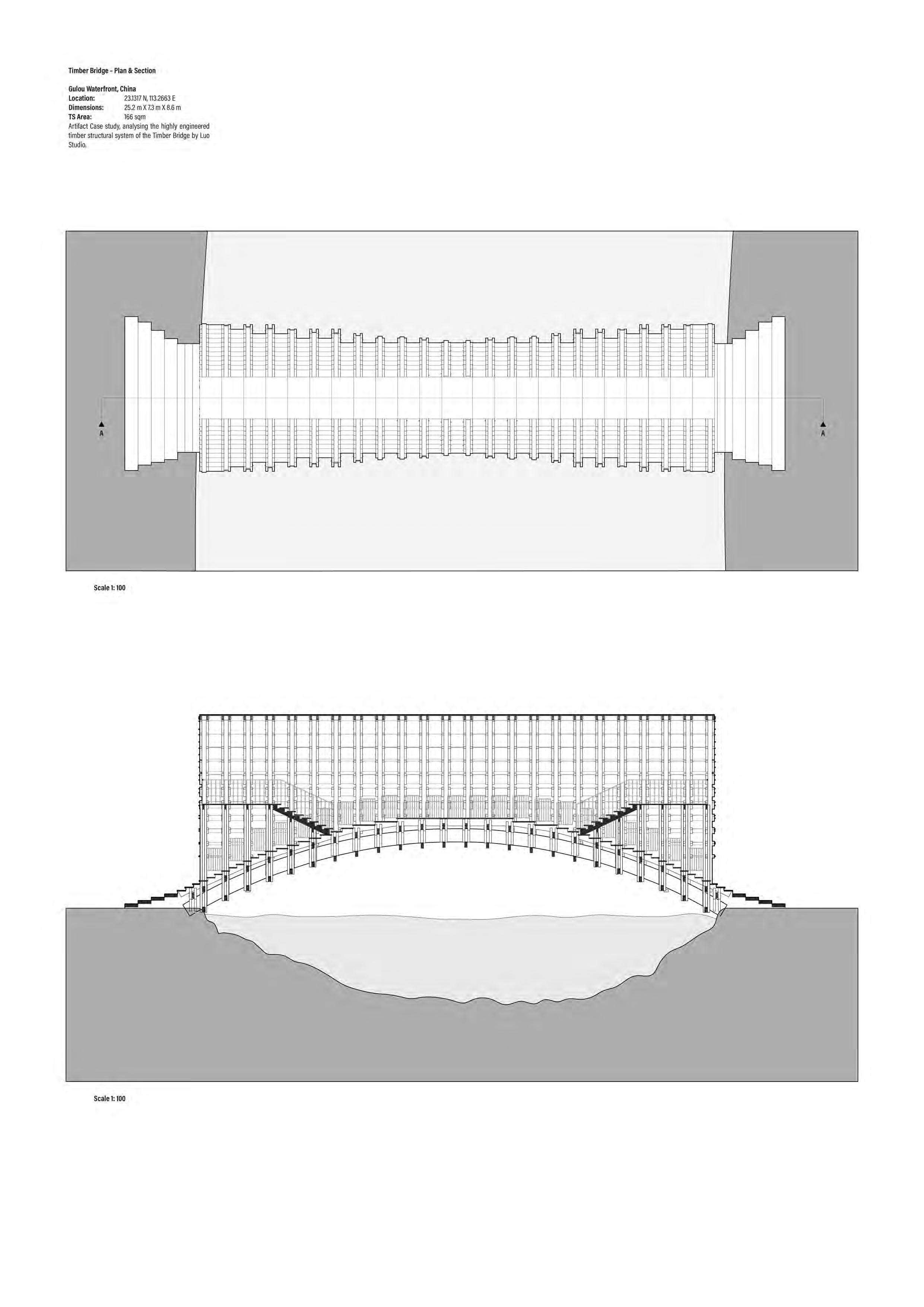




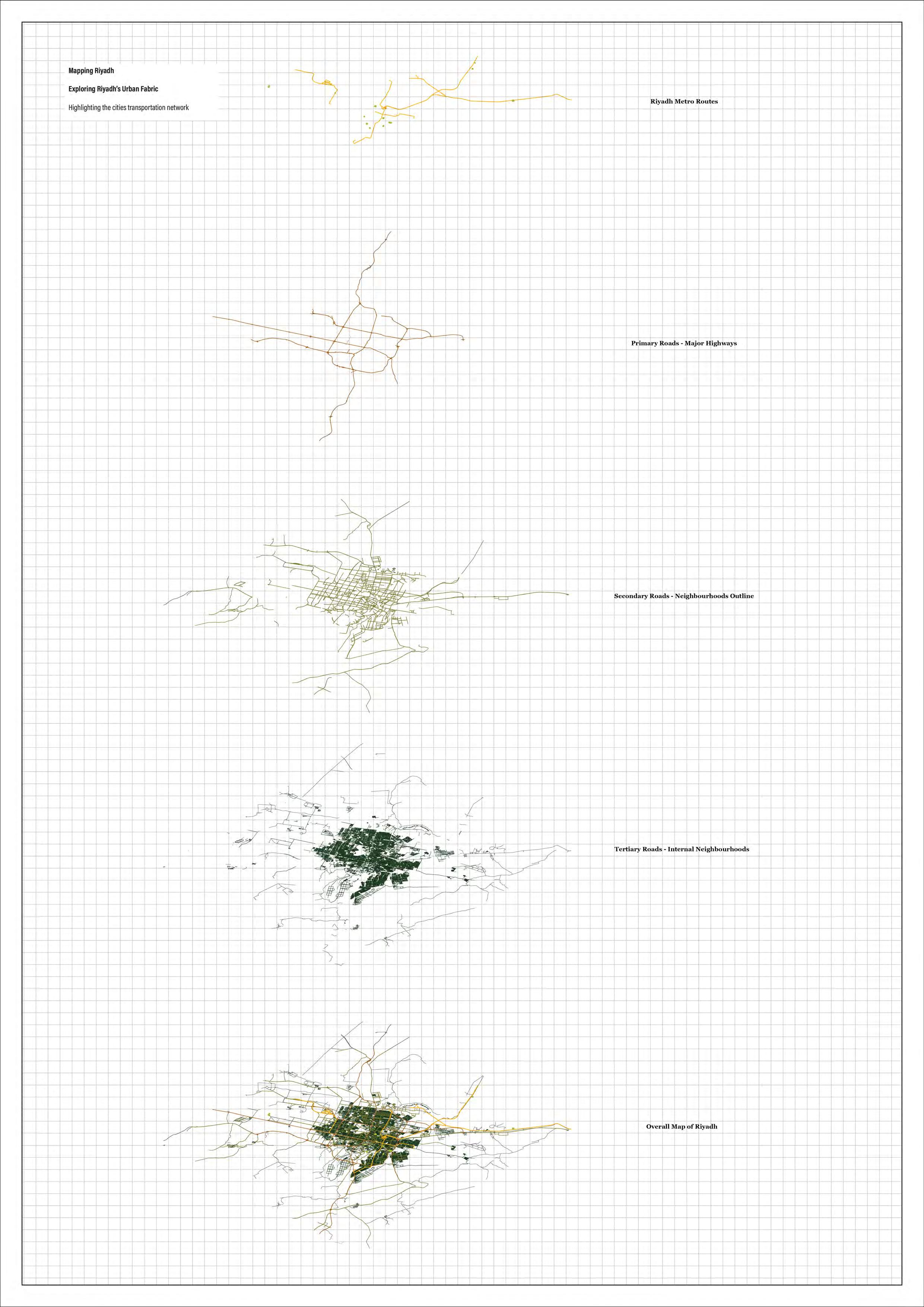

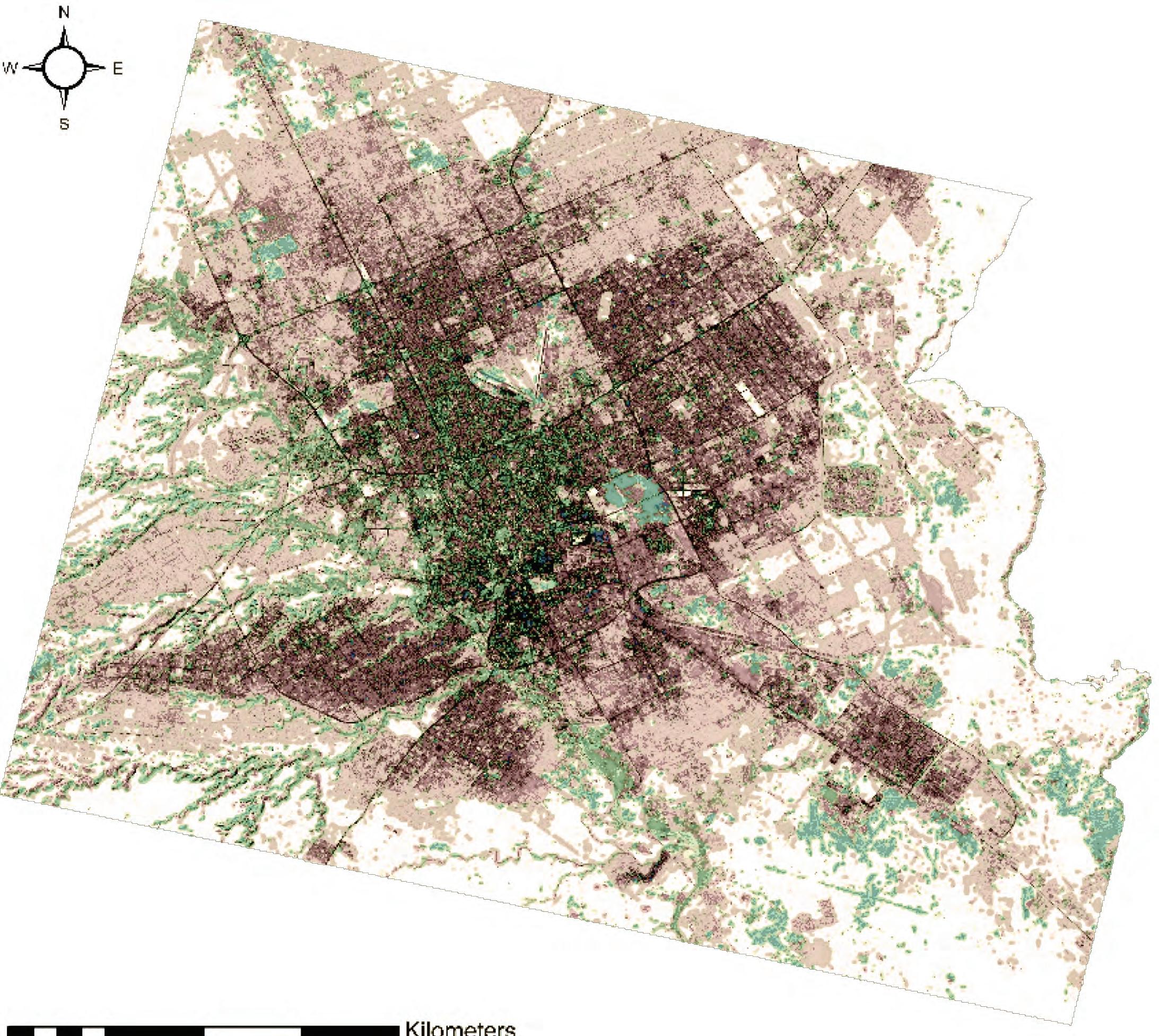
00.260.640.961.281.6 Female Male 85-89 90-94 95-99 100+ 80-84 65-69 70-74 75-99 60-64 45-49 50-54 55-59 40-44 25-29 30-34 35-39 20-24 5-9 10-14 15-19 0-4 0.26 0.64 0.96 1.281.6 Saudi Arabia Population Pyramid 1990 00.511.5 0.511.522.5 22.5 Female Male 85-89 90-94 95-99 100+ 80-84 65-69 70-74 75-99 60-64 45-49 50-54 55-59 40-44 25-29 30-34 35-39 20-24 5-9 10-14 15-19 0-4 Saudi Arabia Population Pyramid 2023

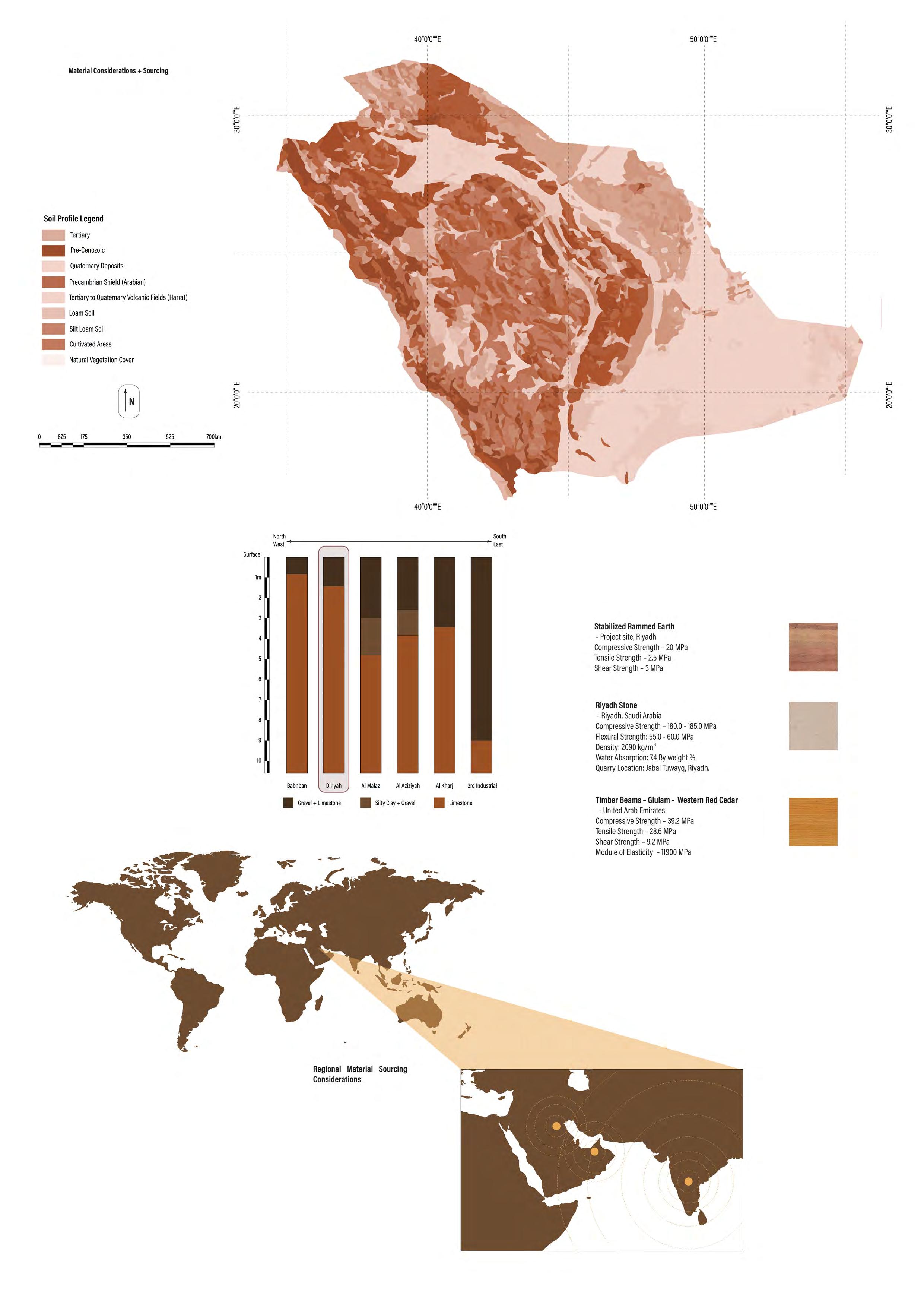
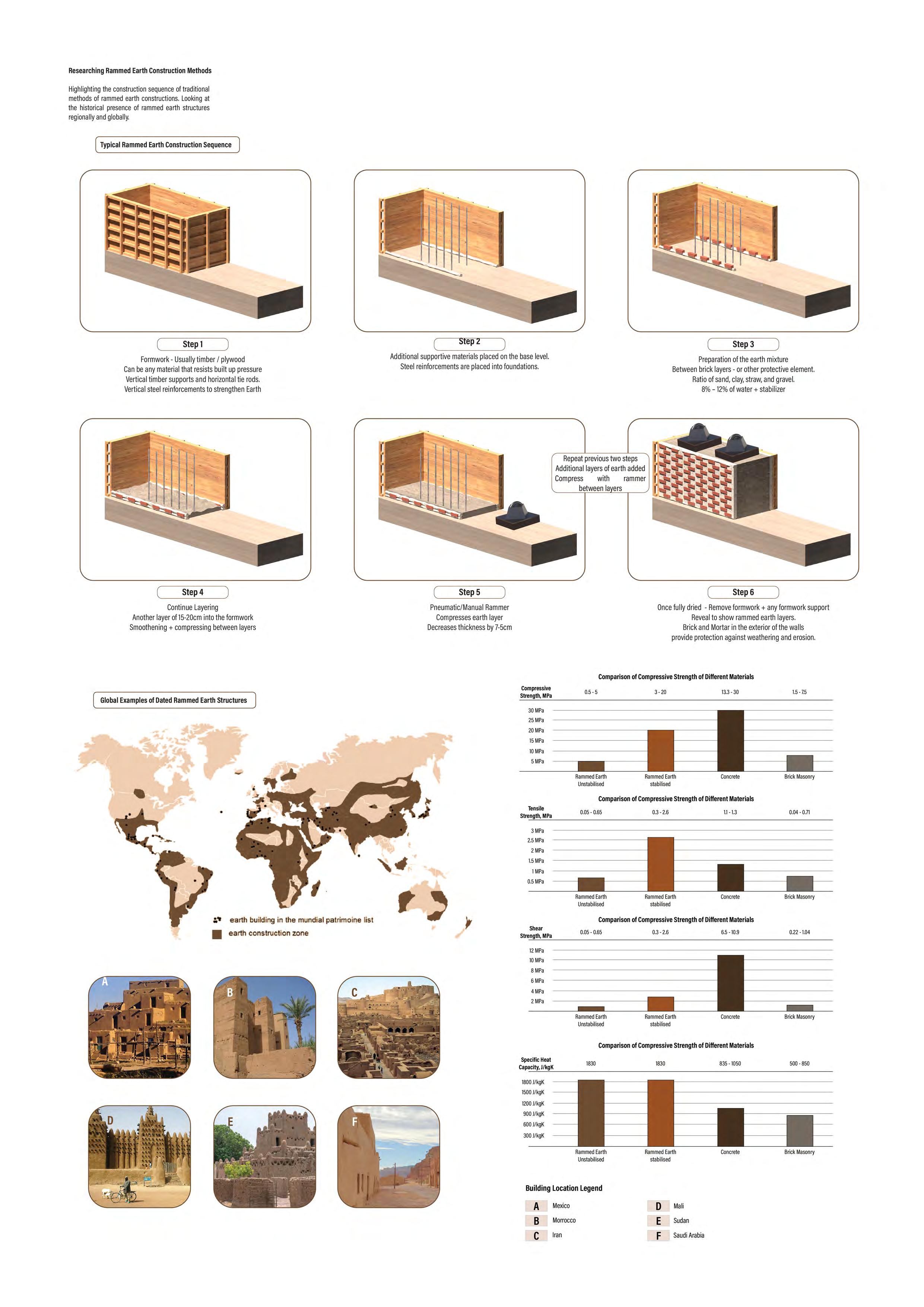

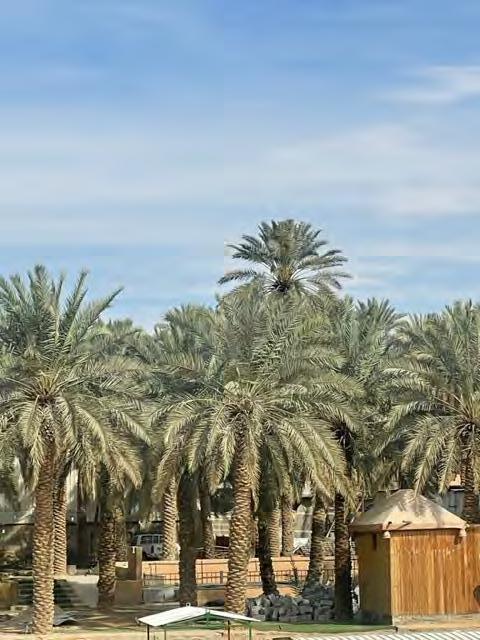
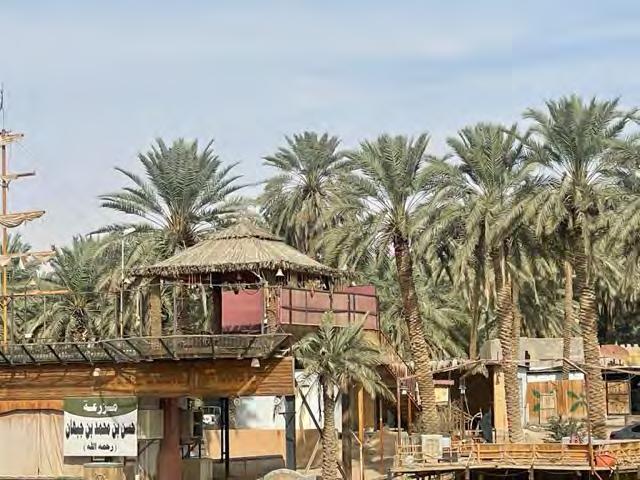

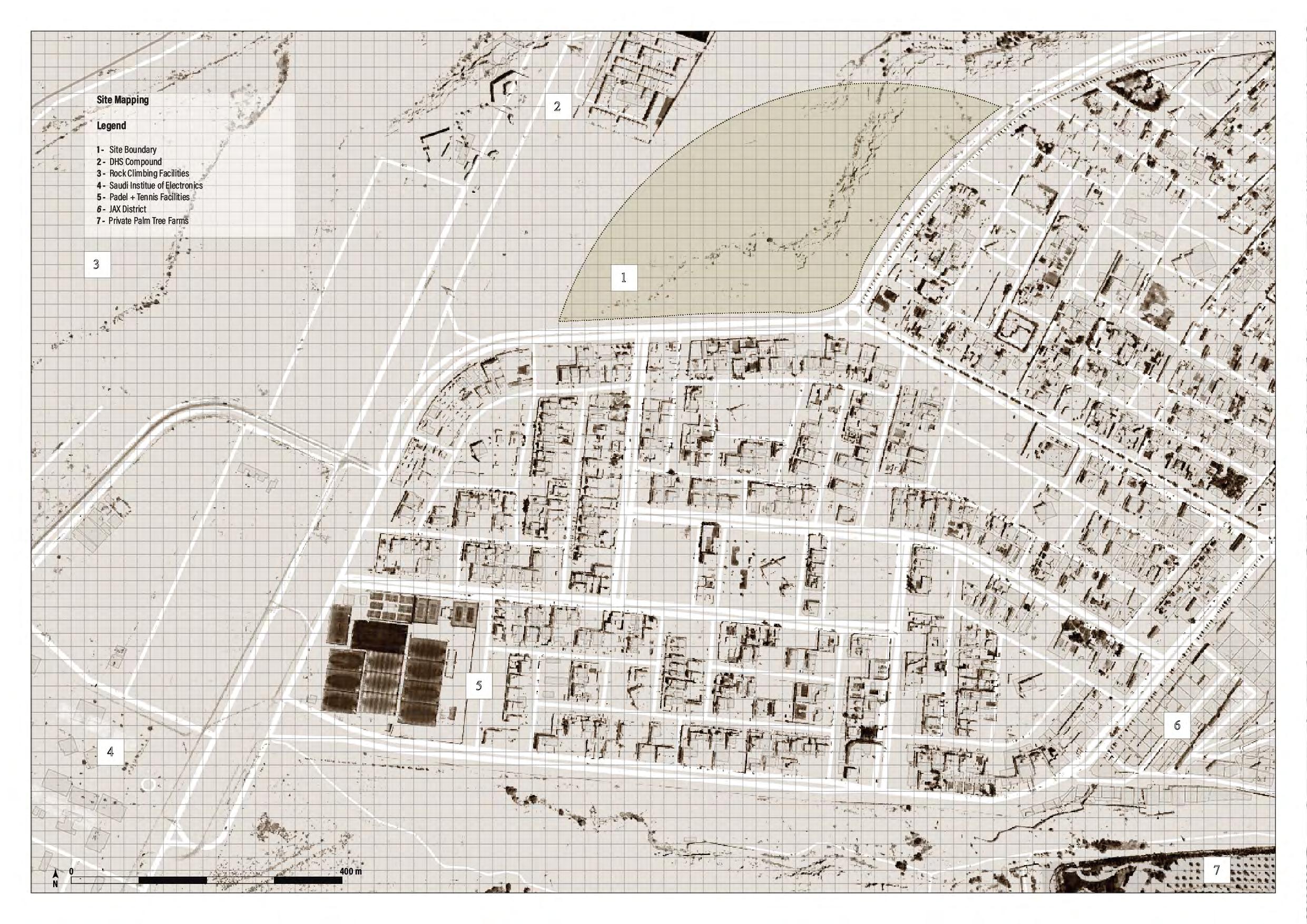
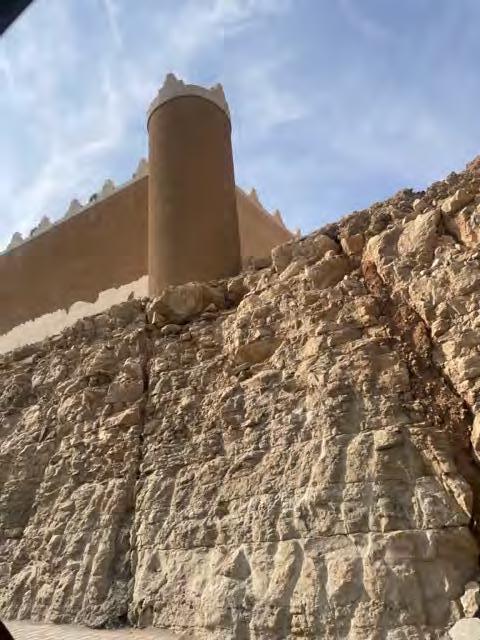


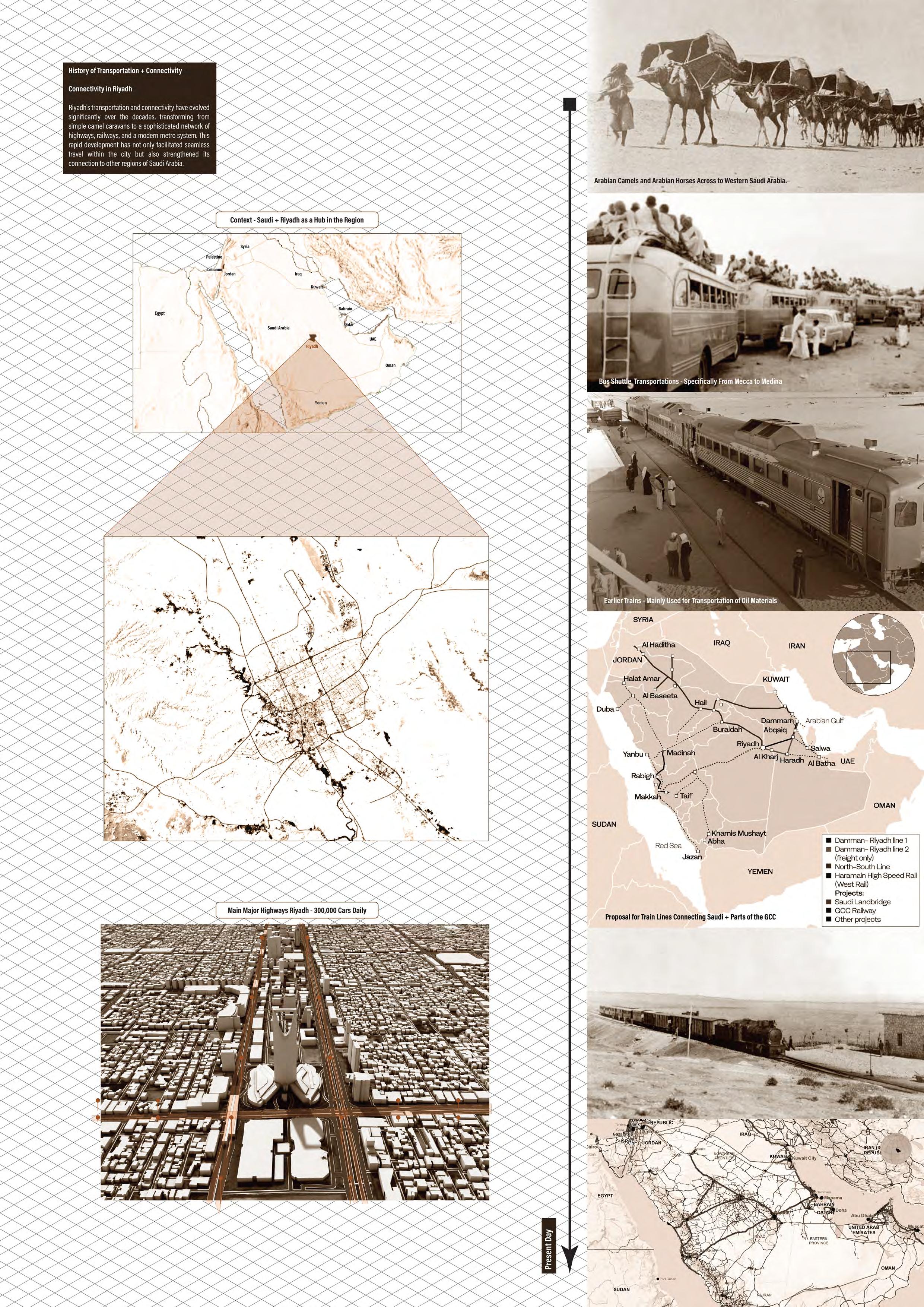


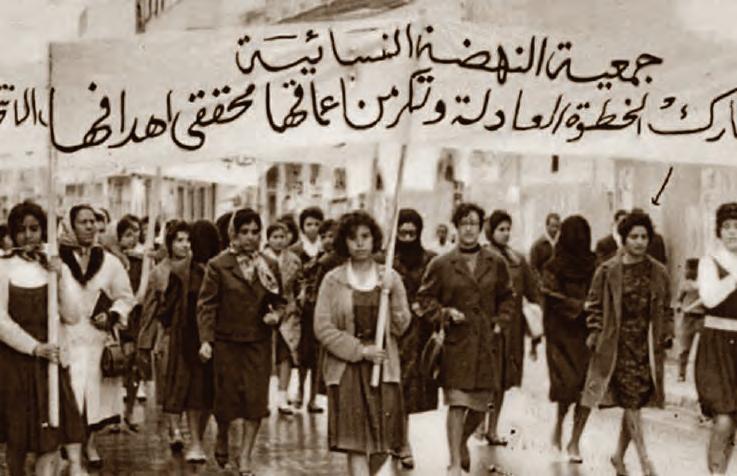
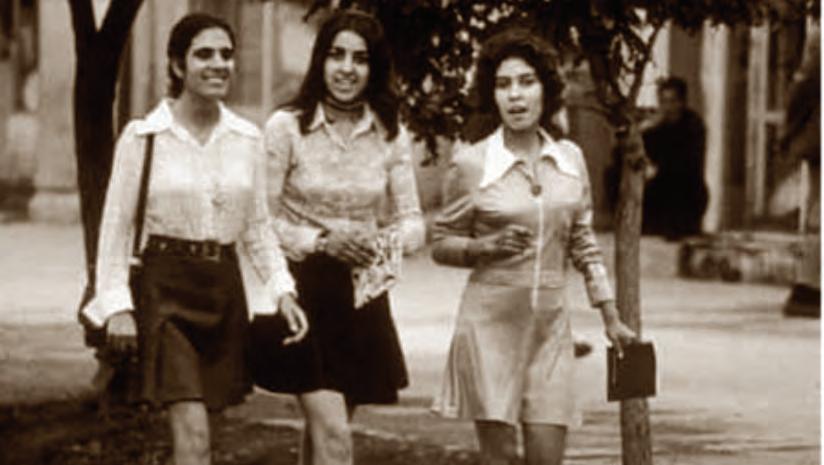


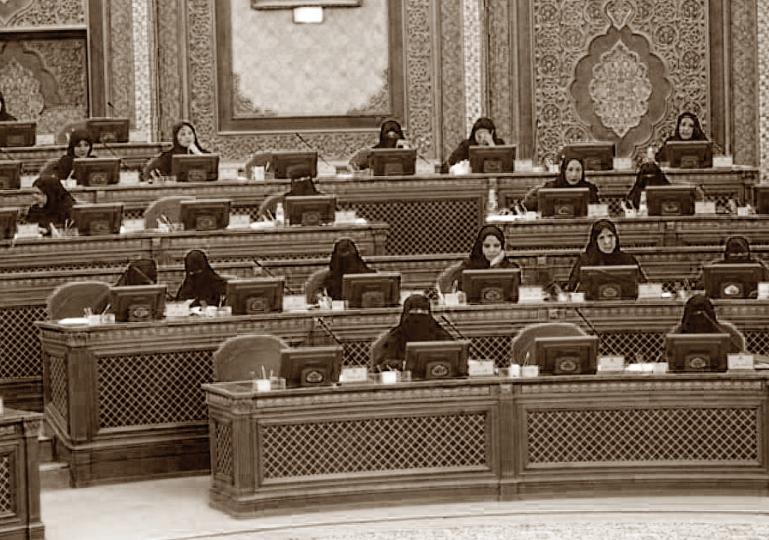

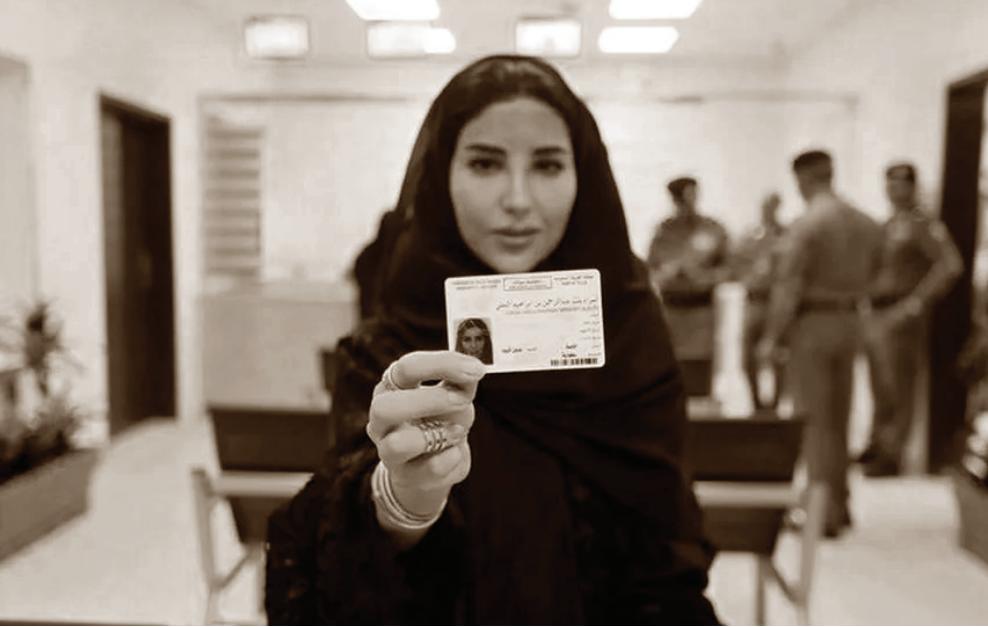
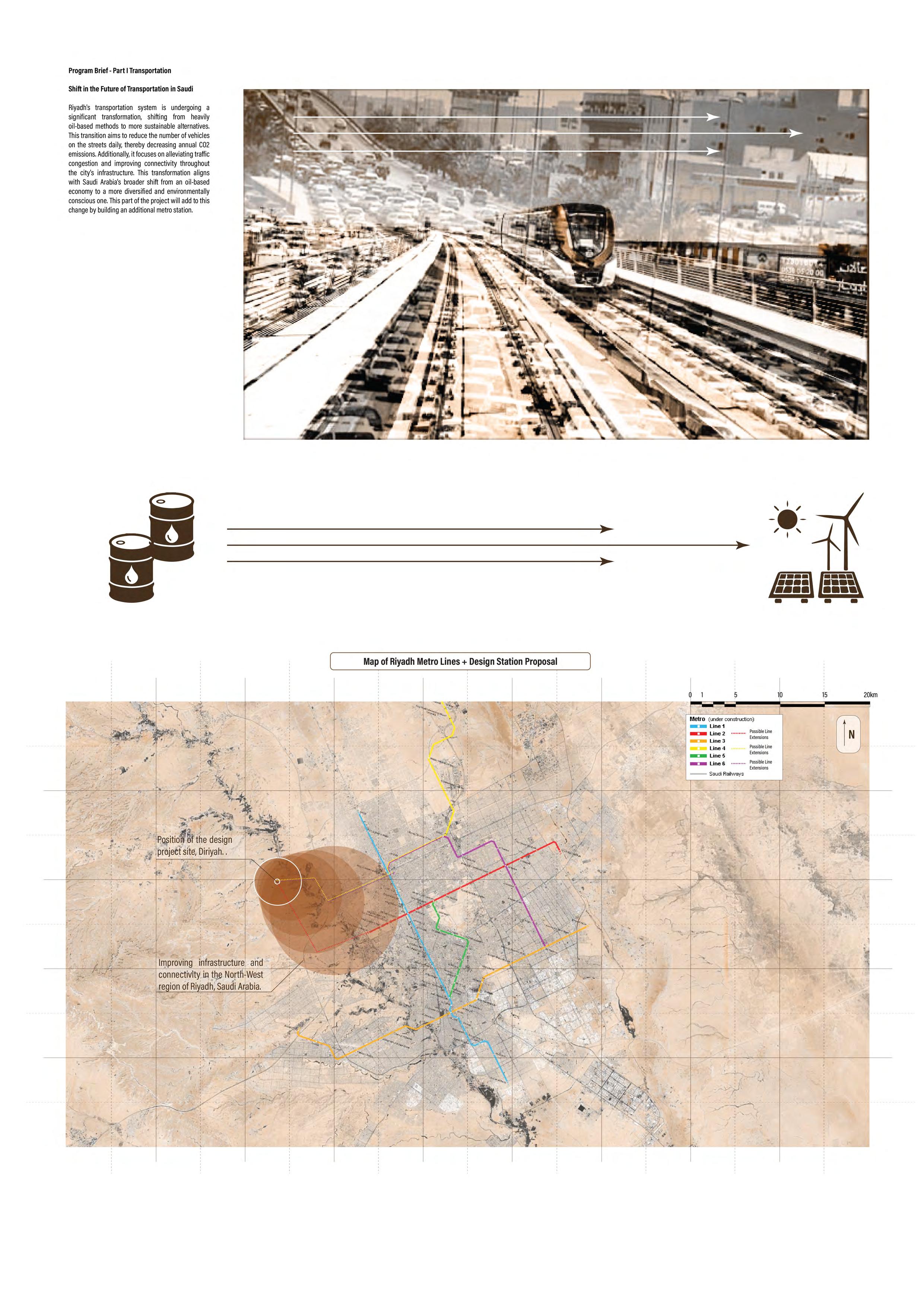
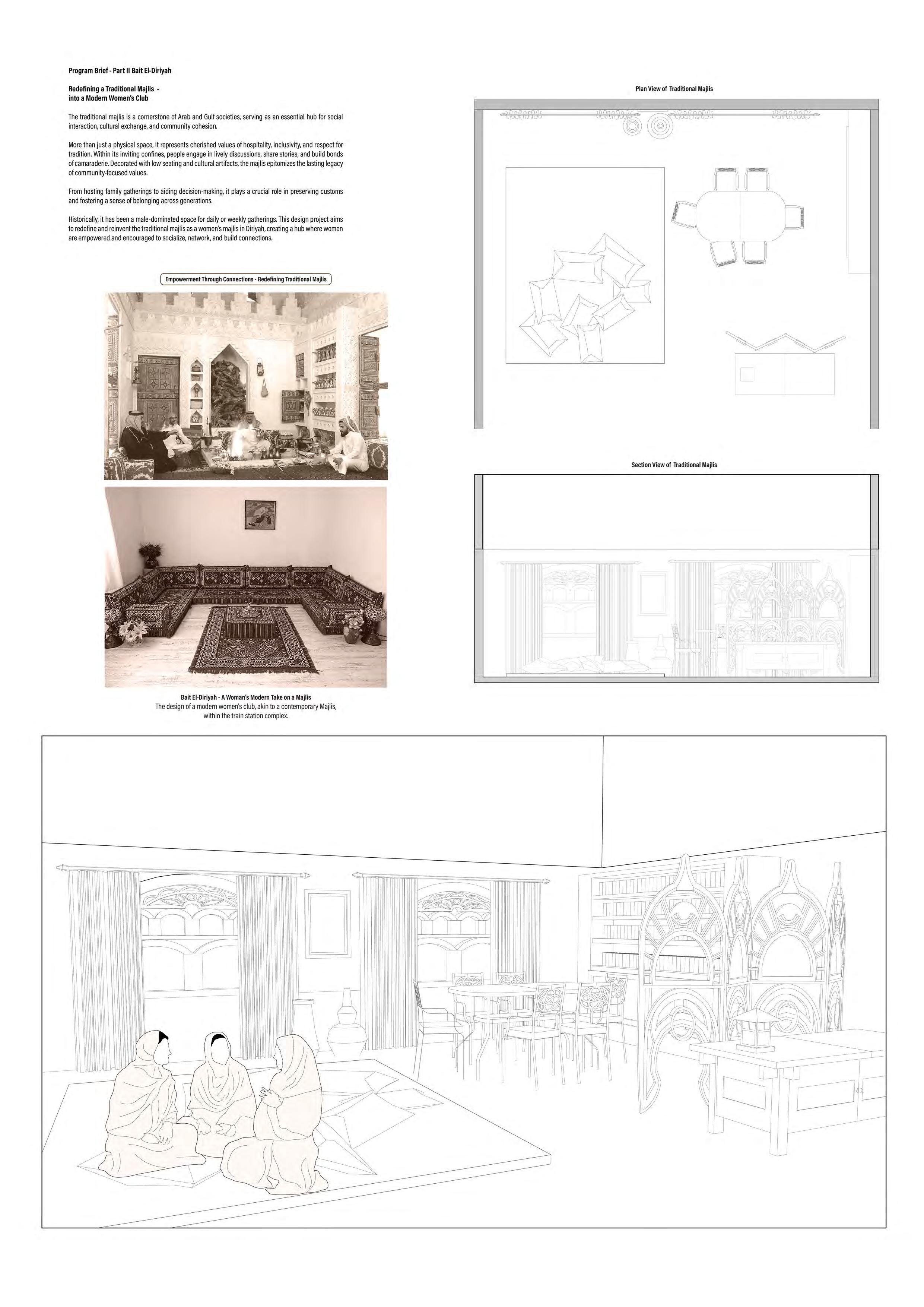
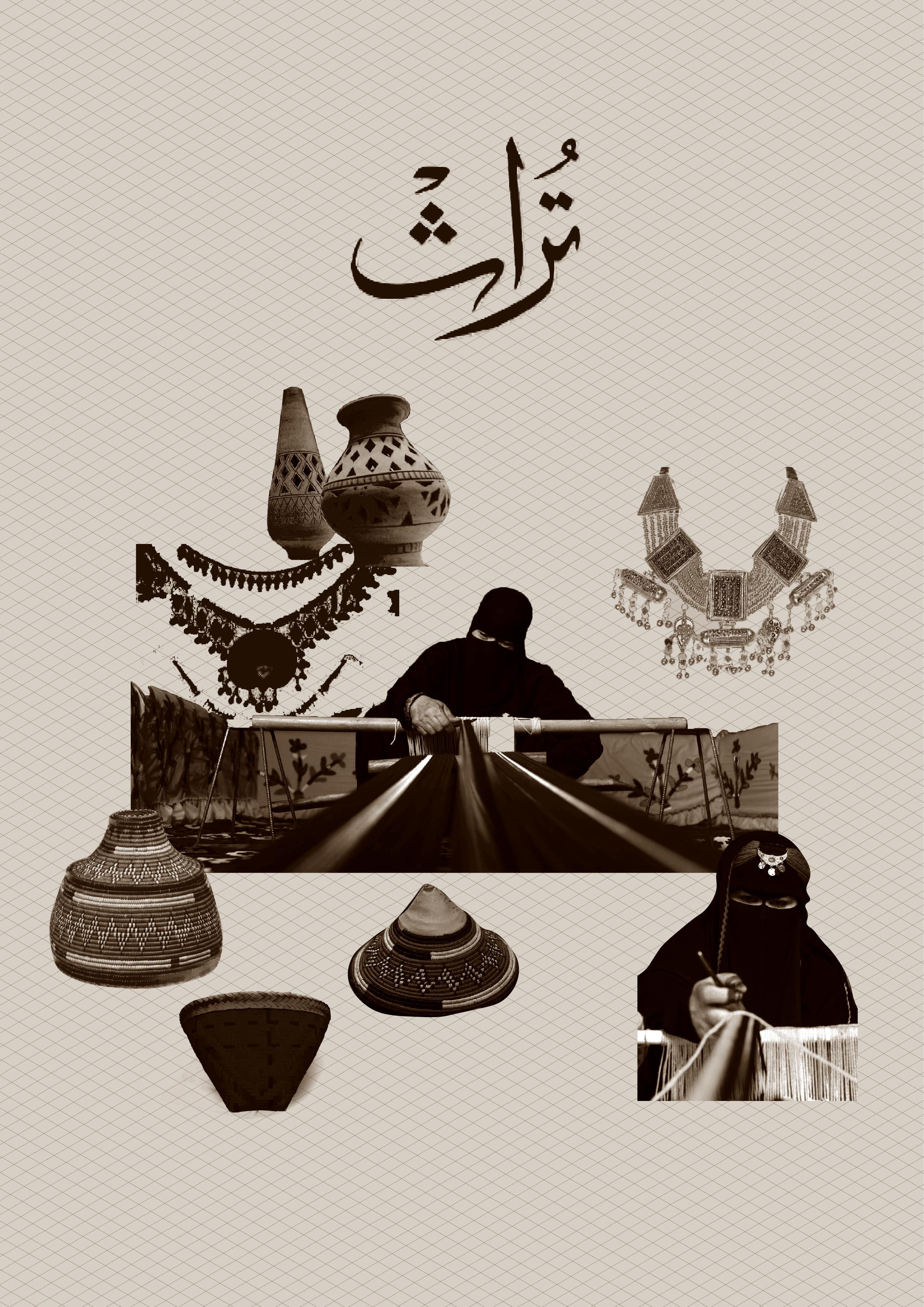

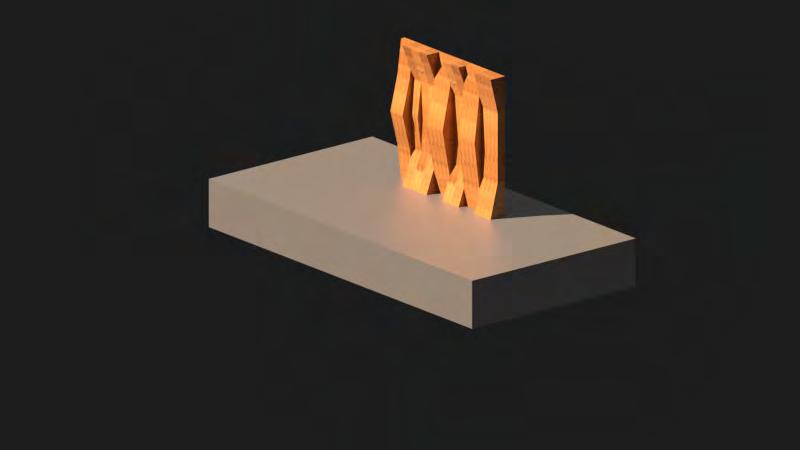



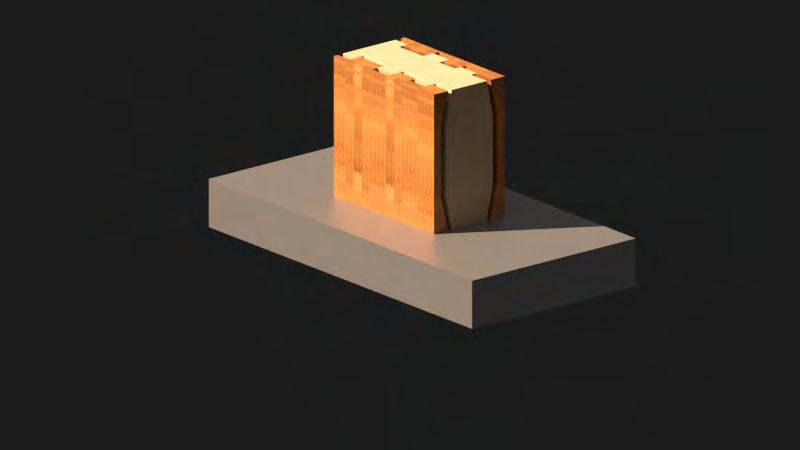
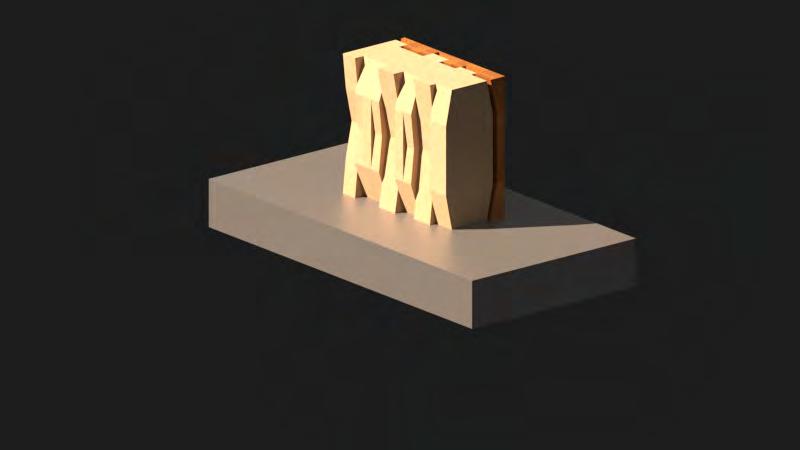
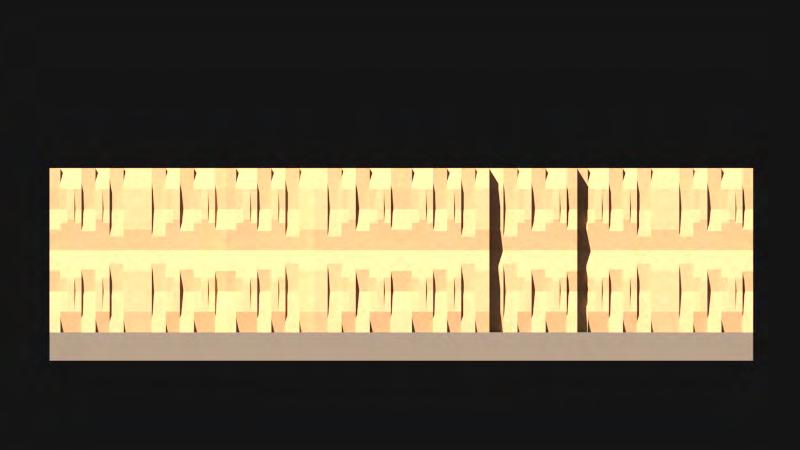
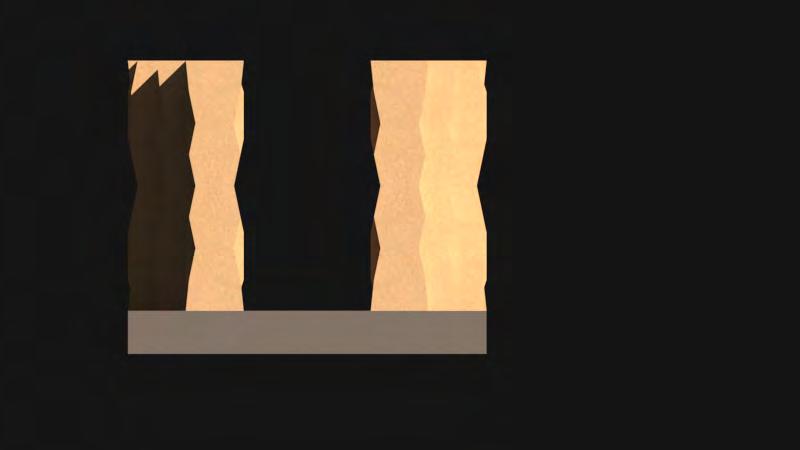
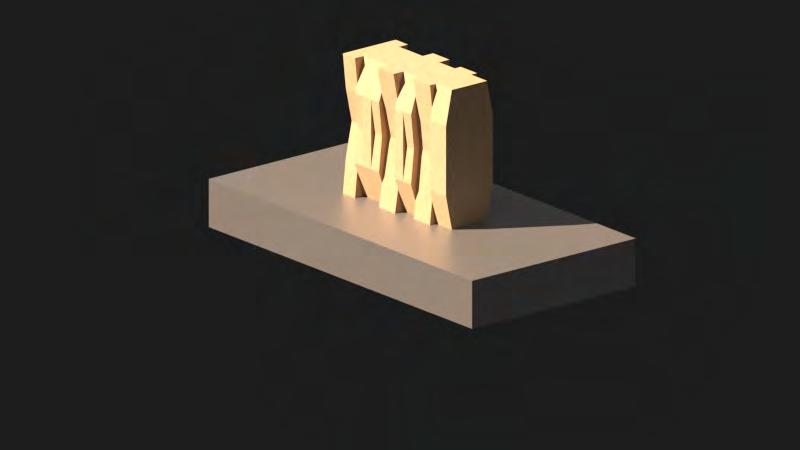
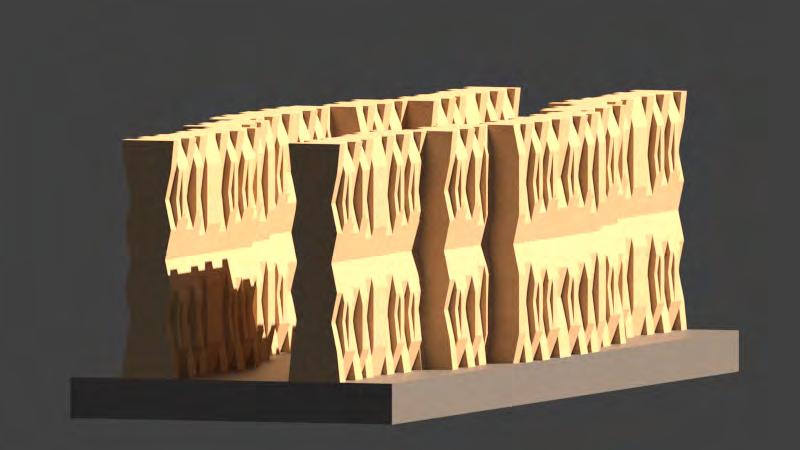
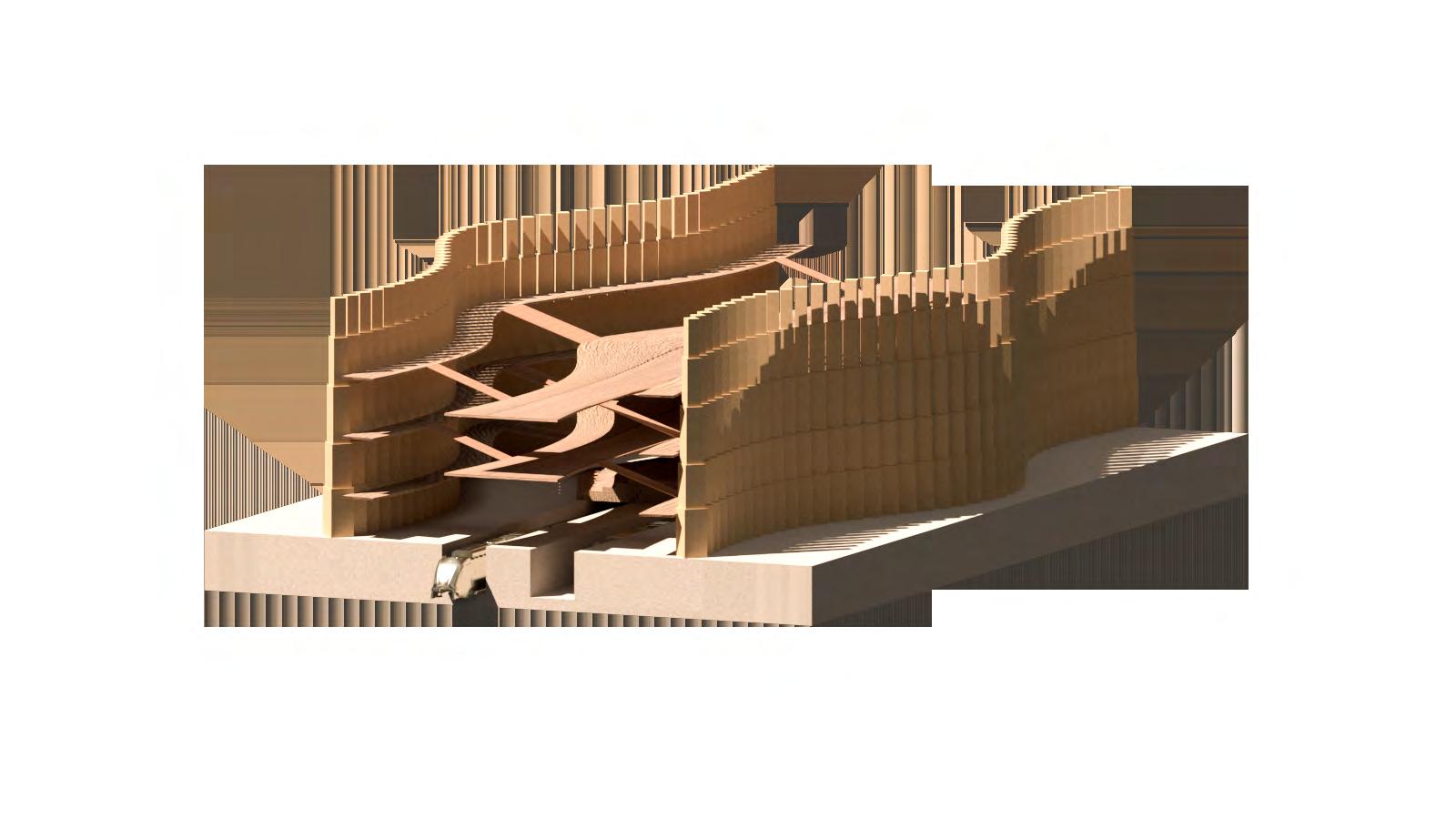


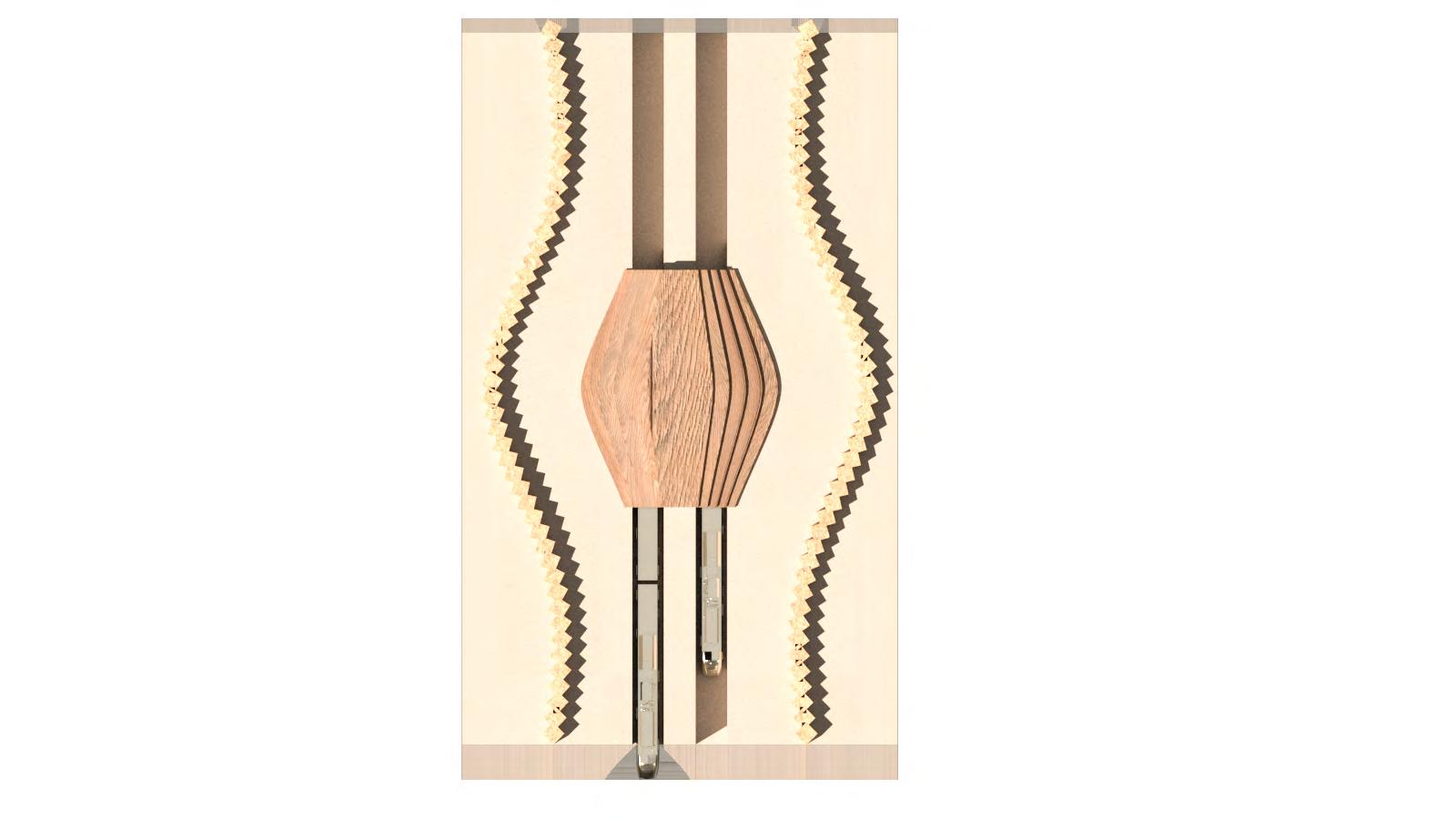

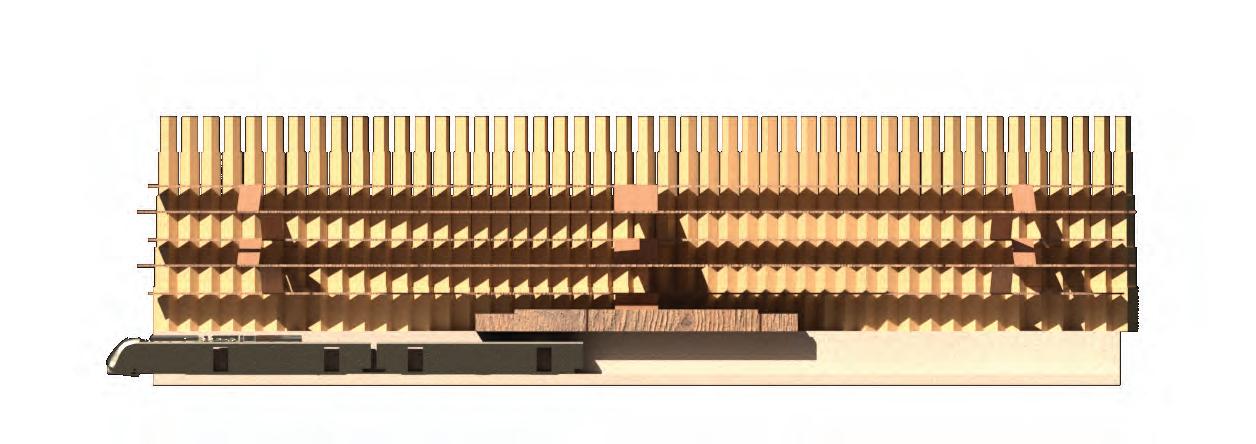
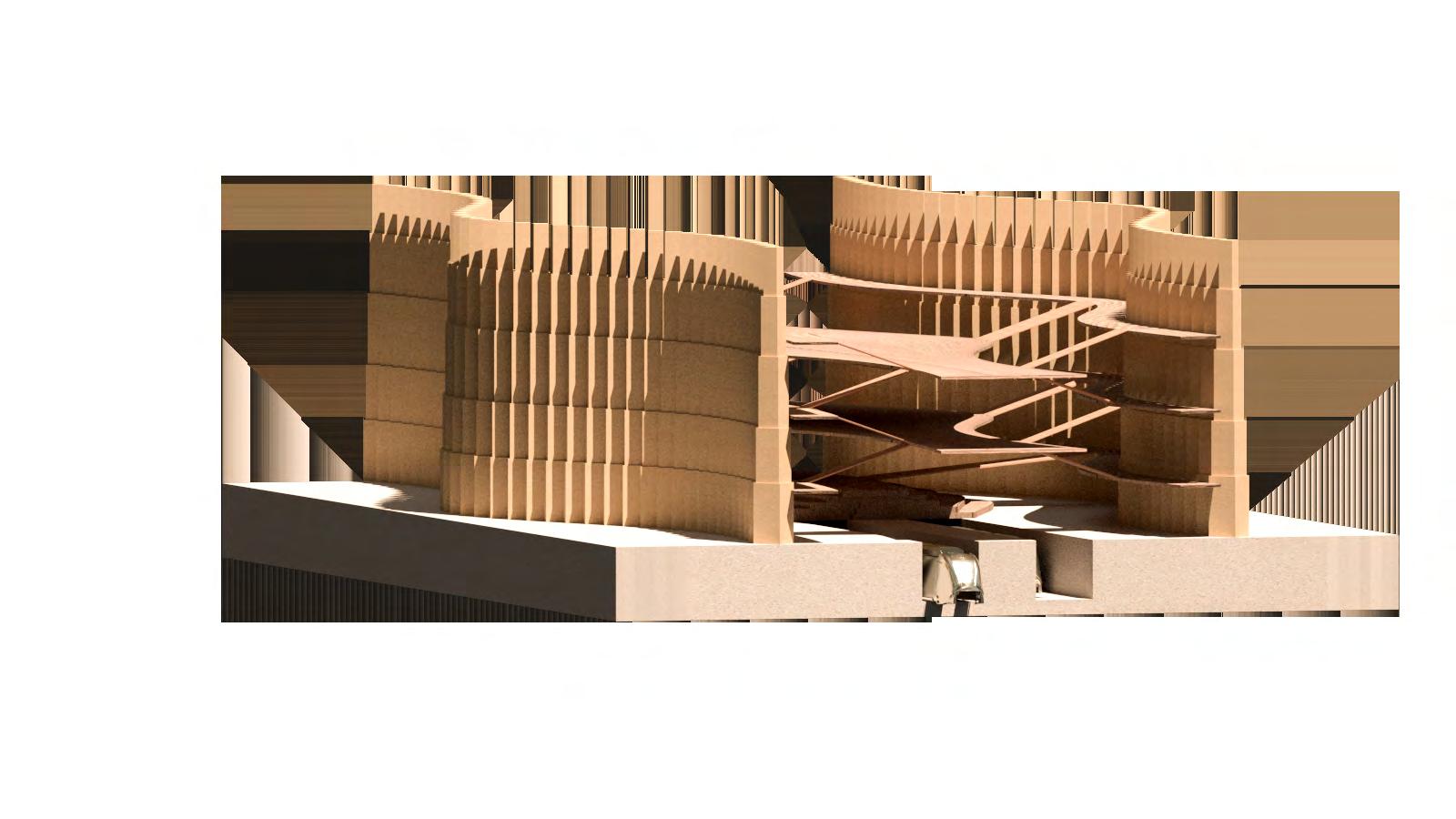
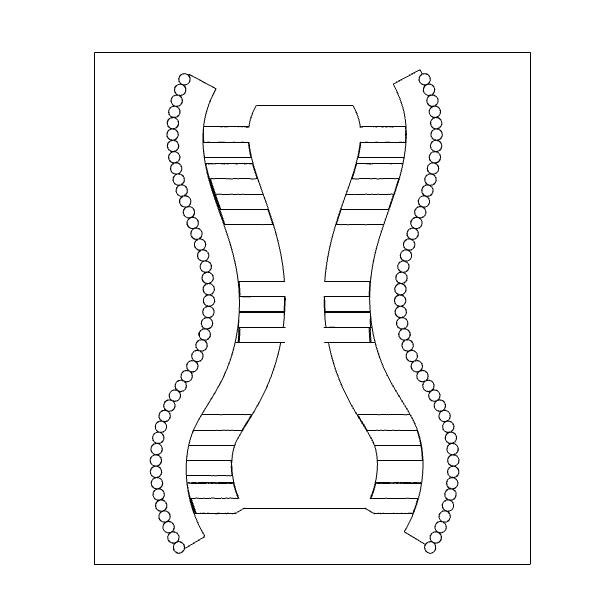
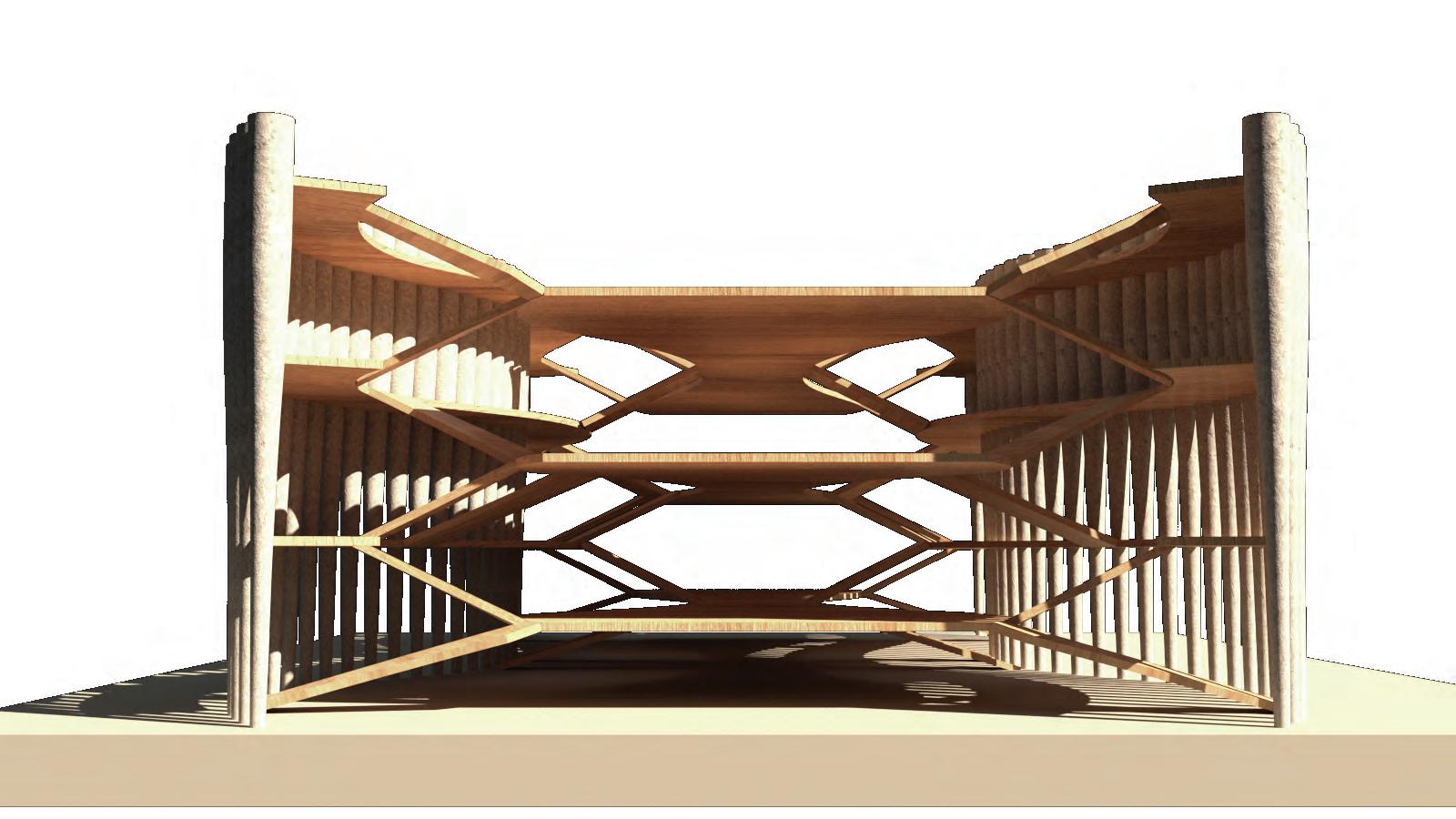

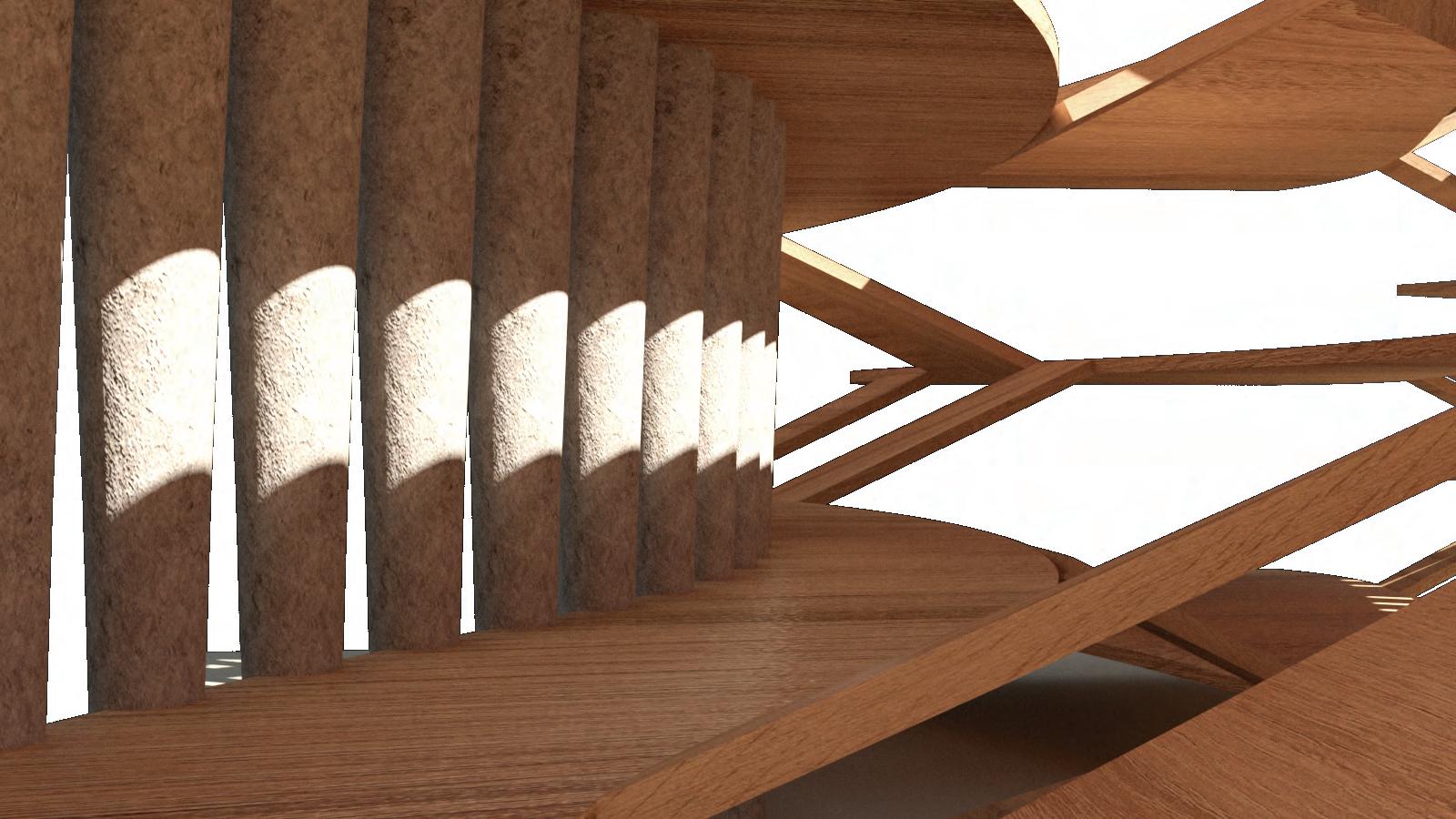
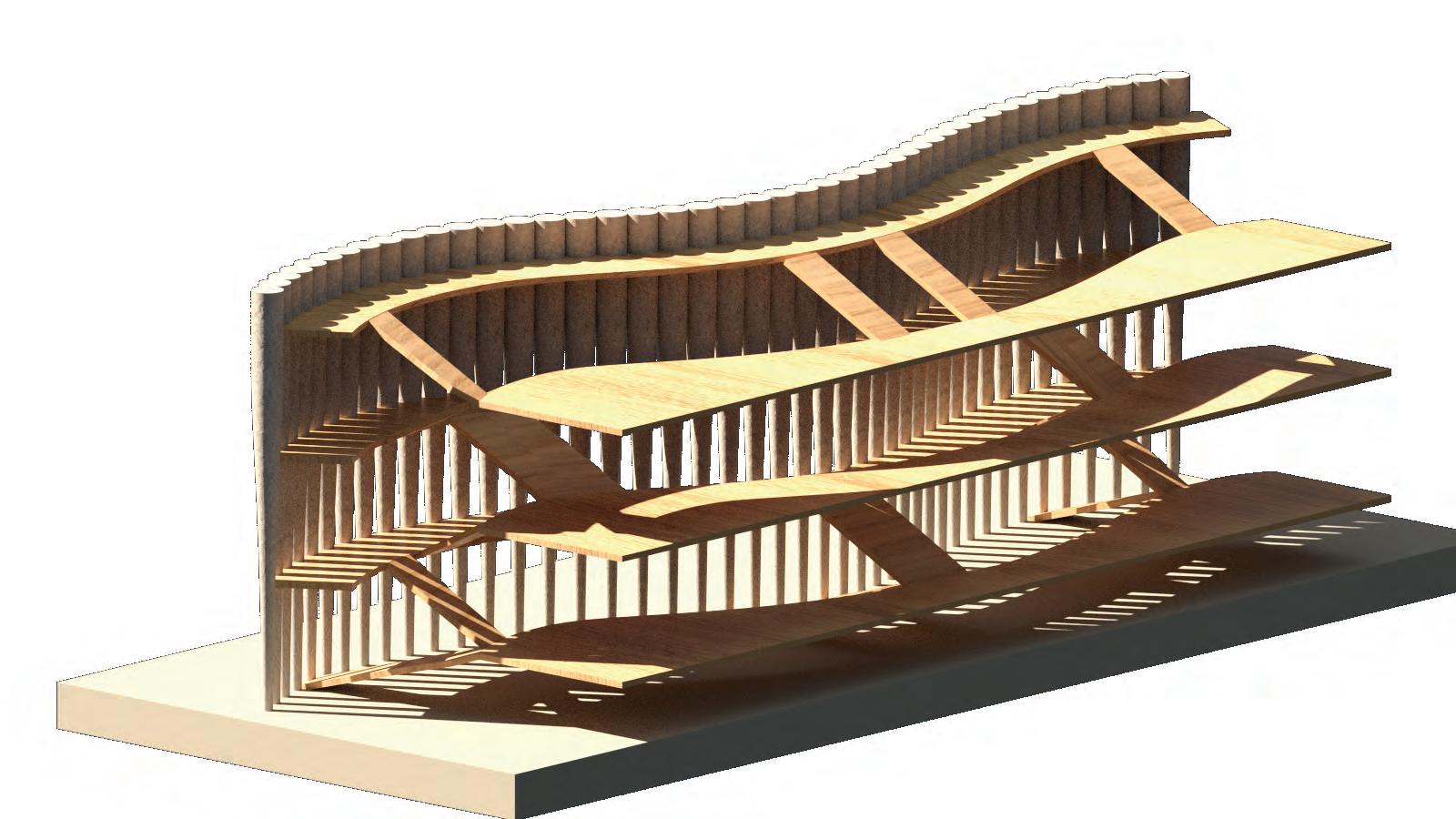

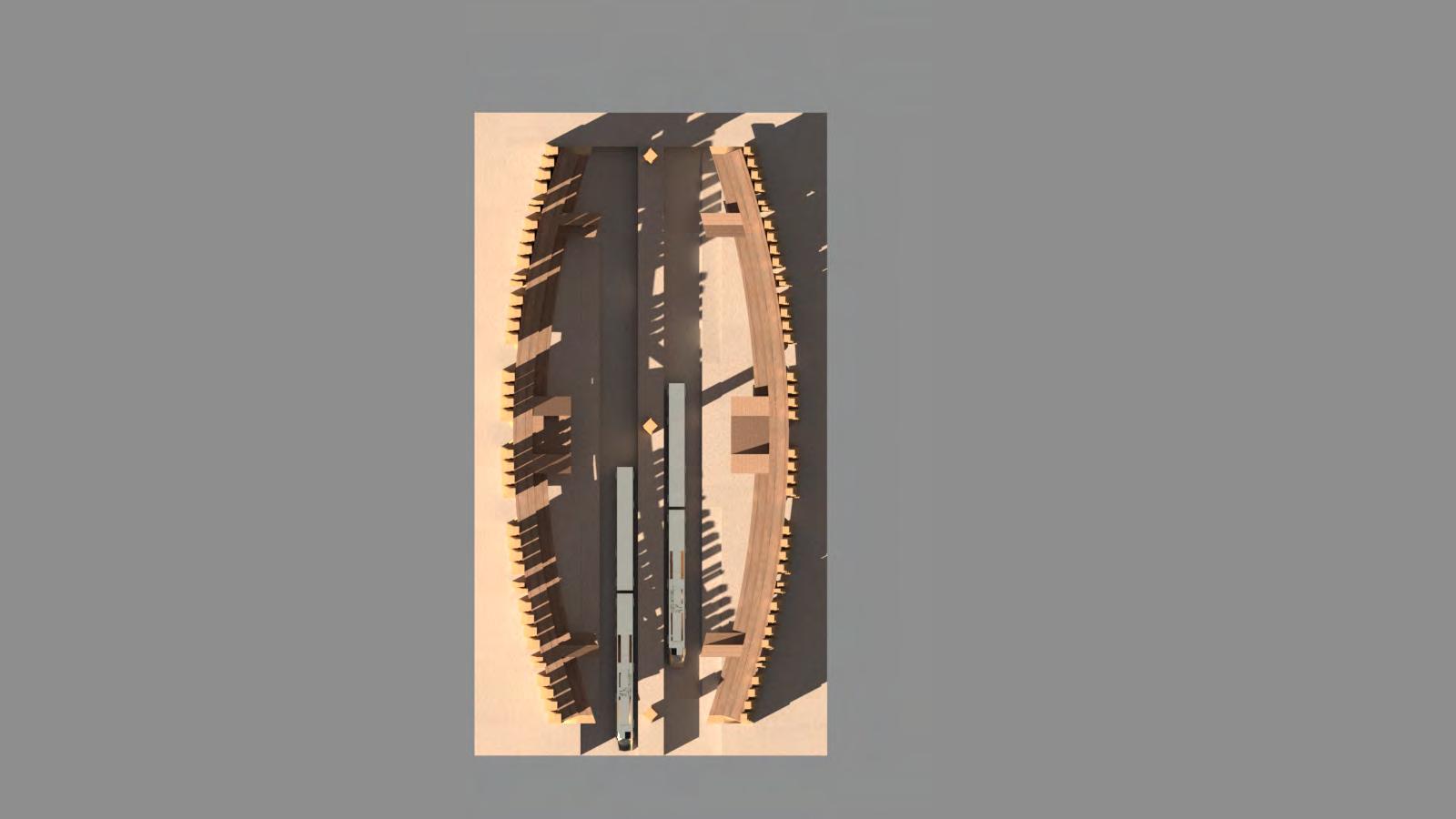


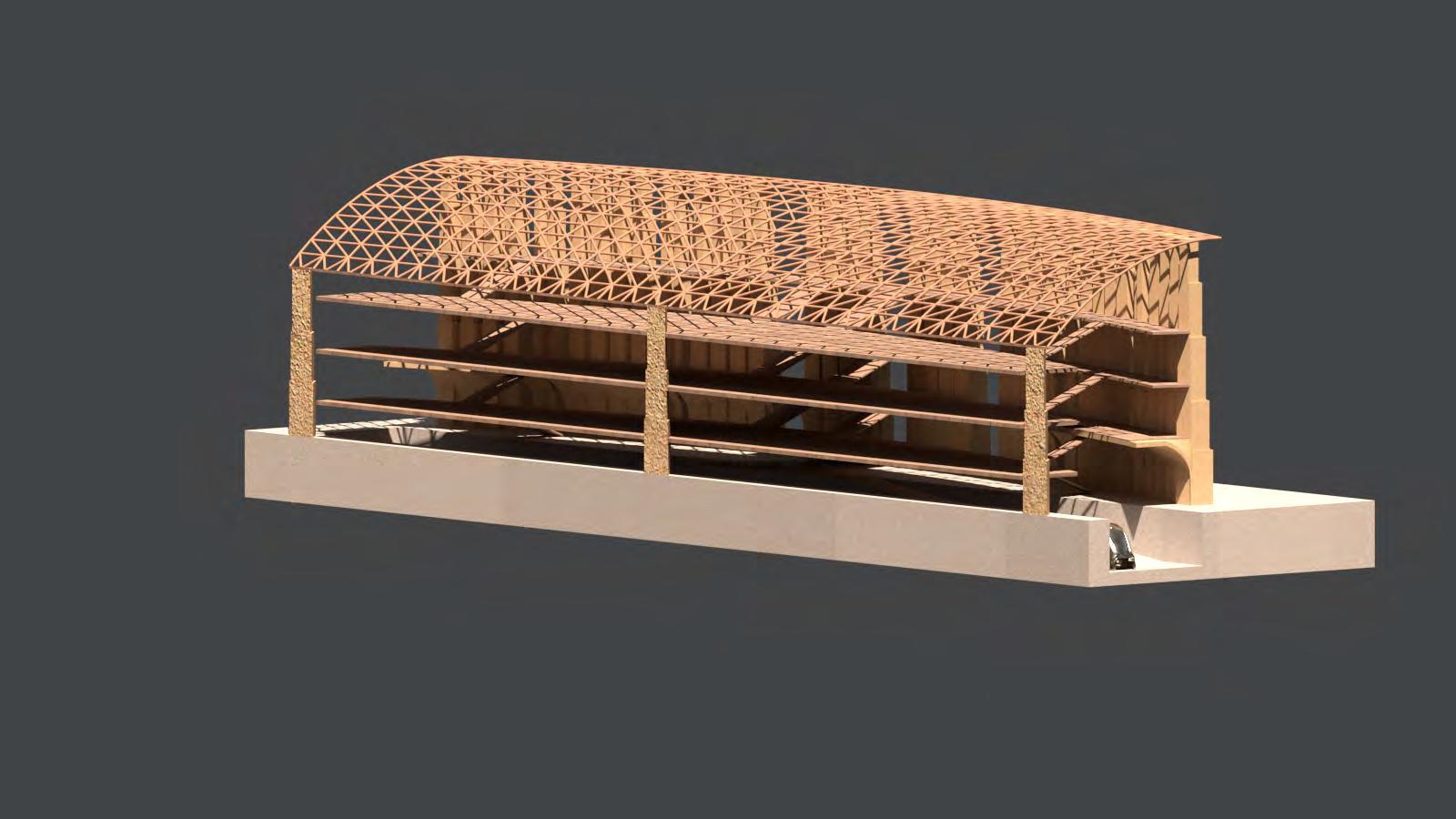

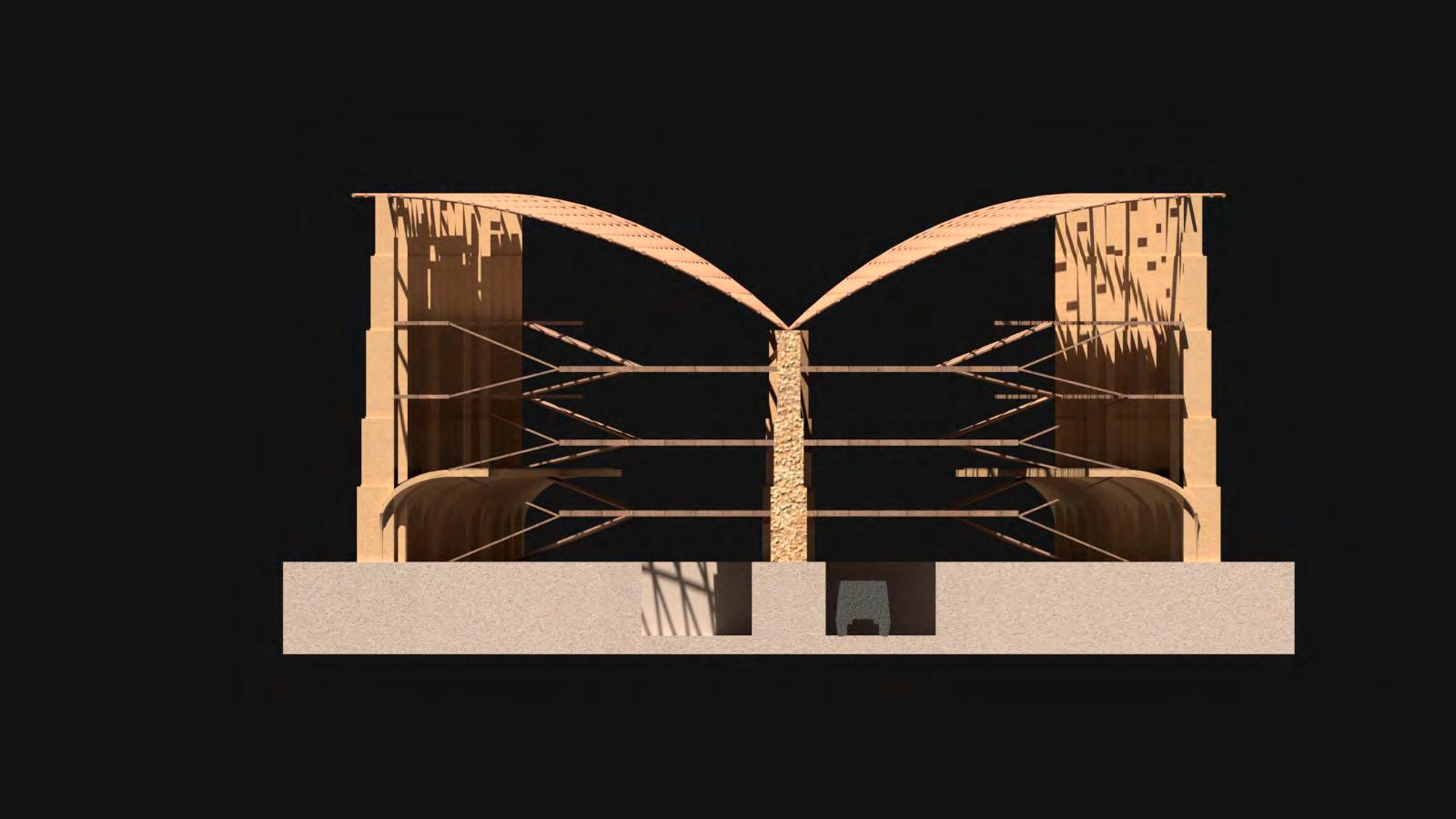
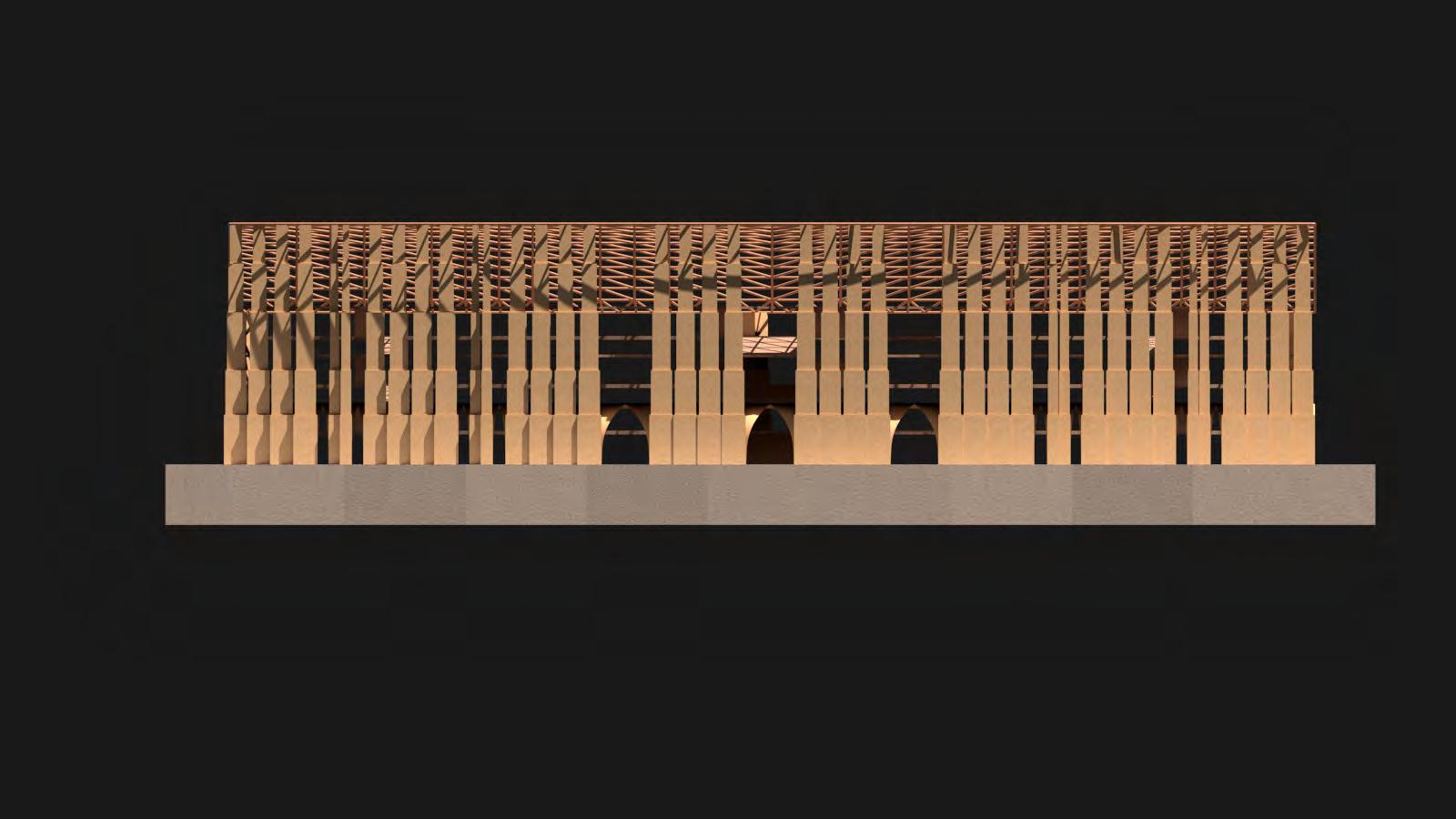




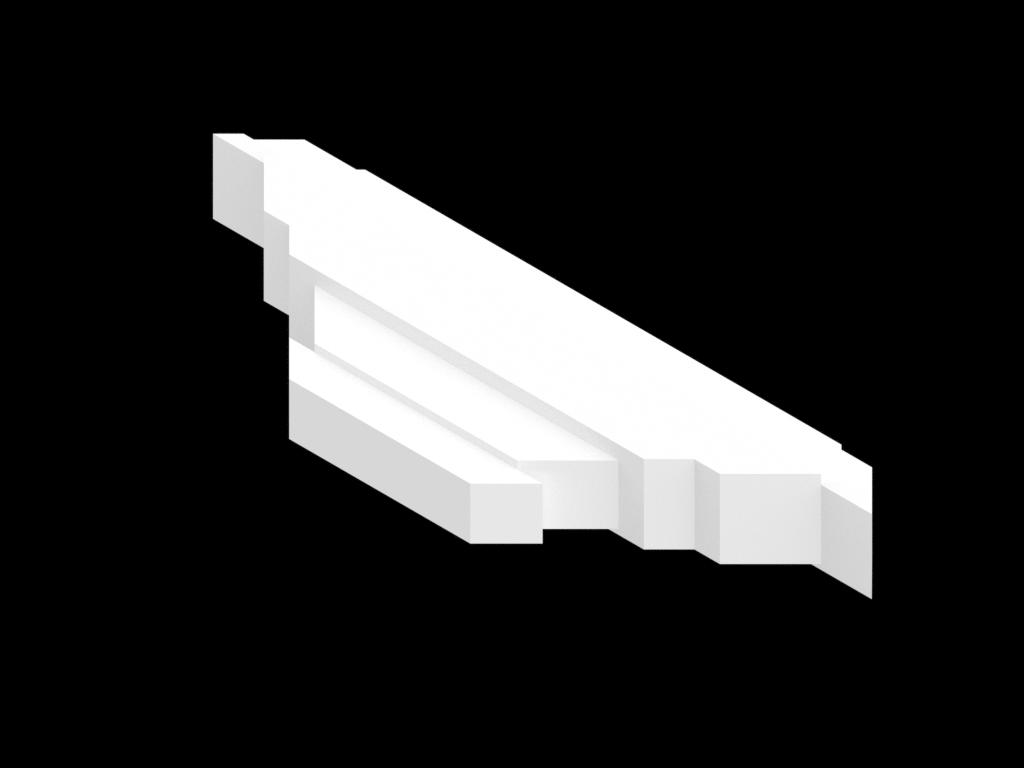

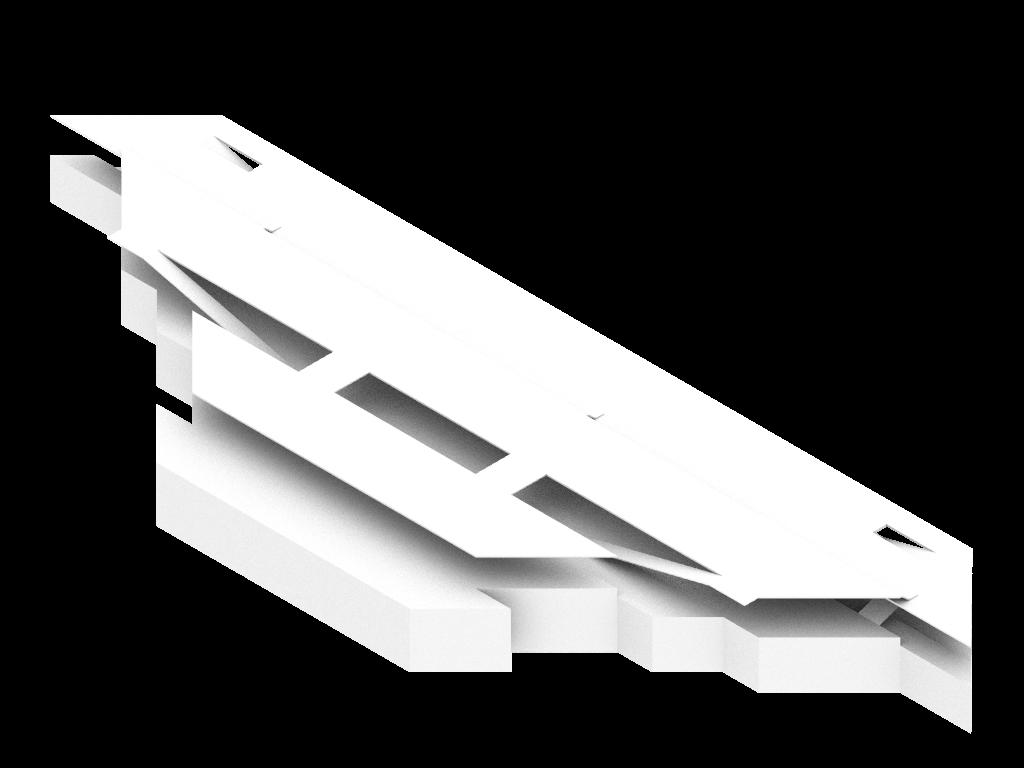
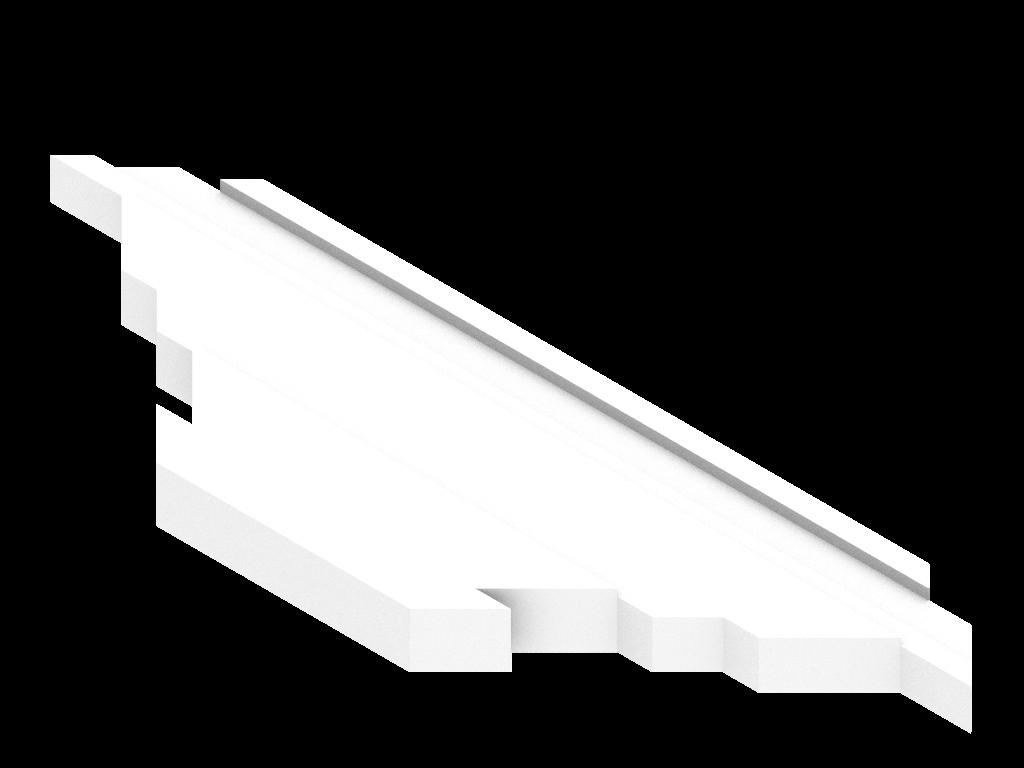

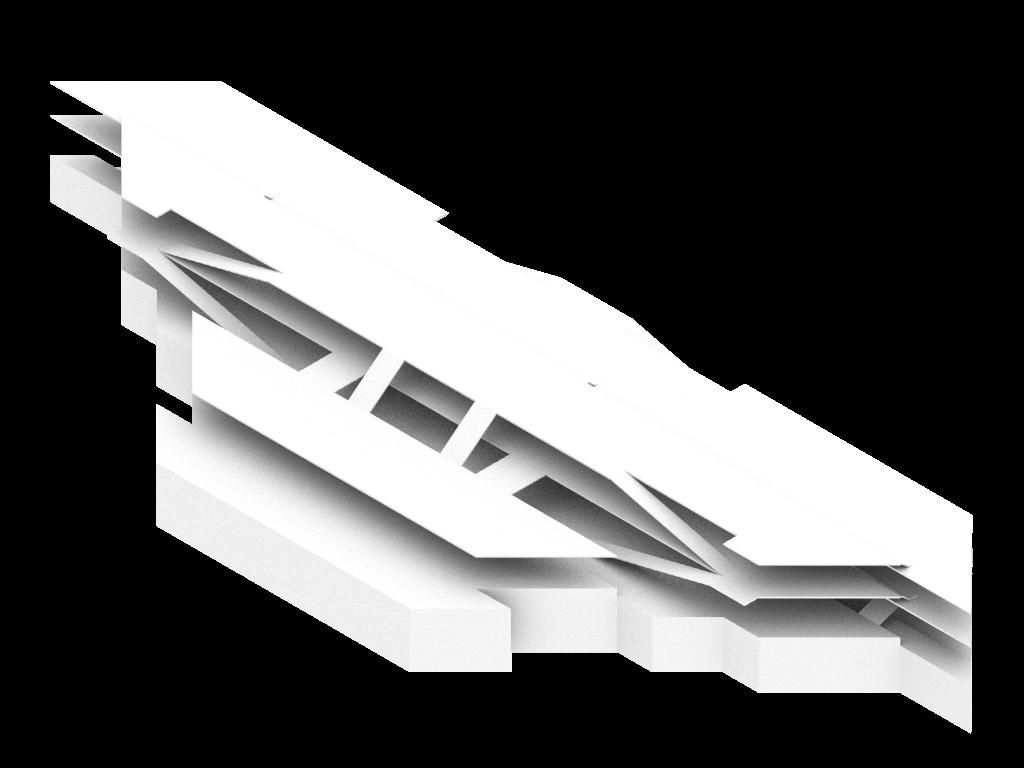

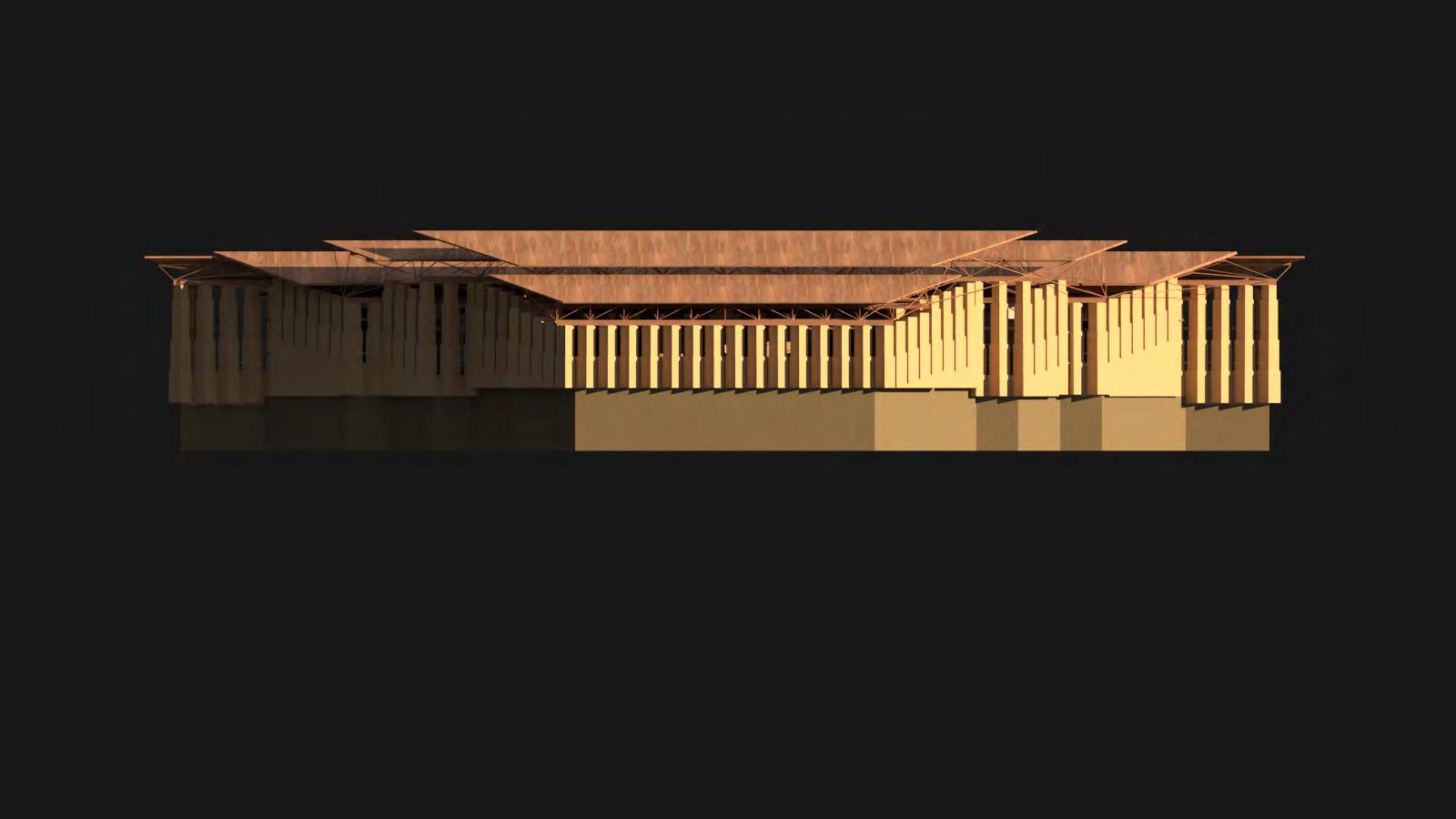








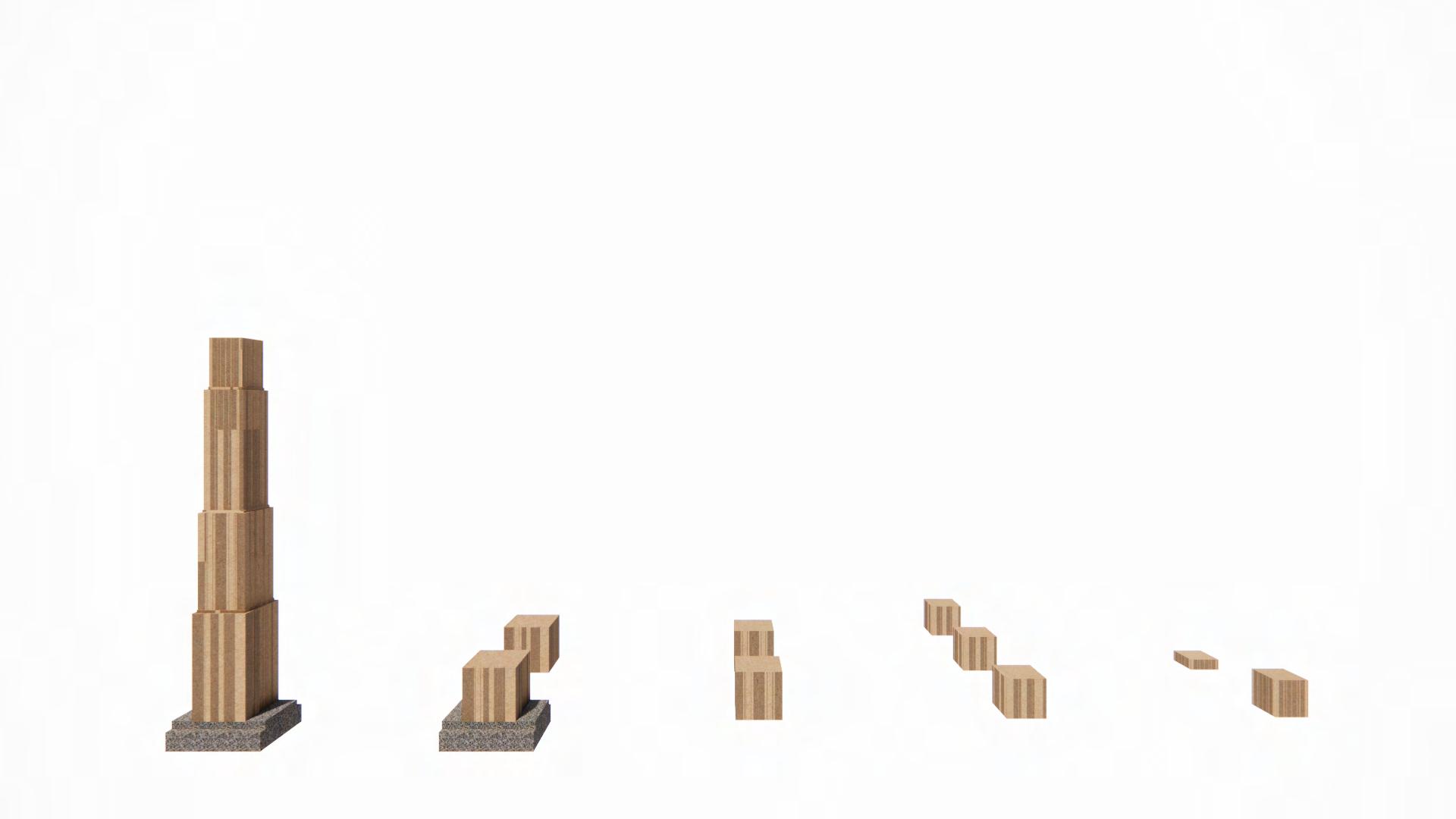

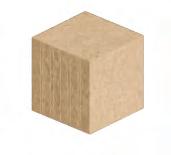
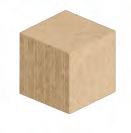
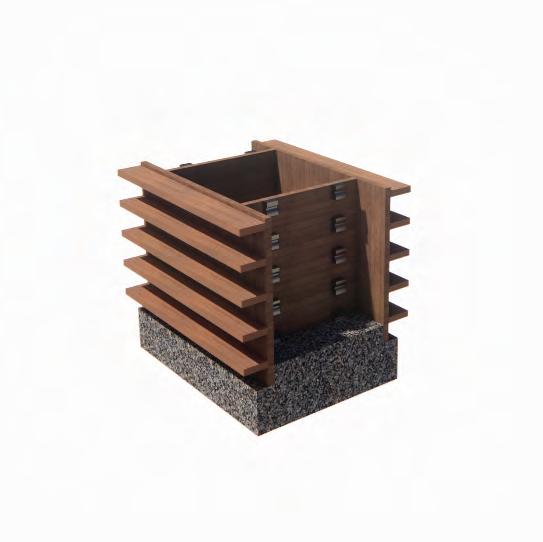


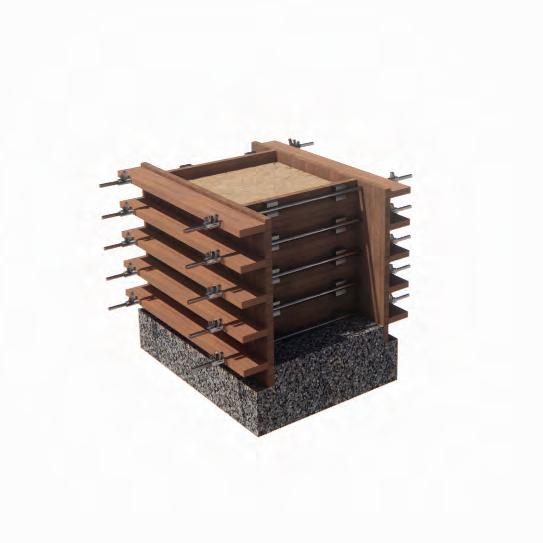
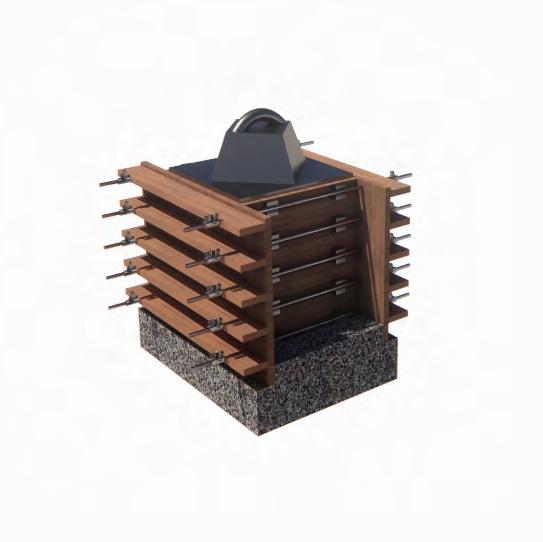
σ


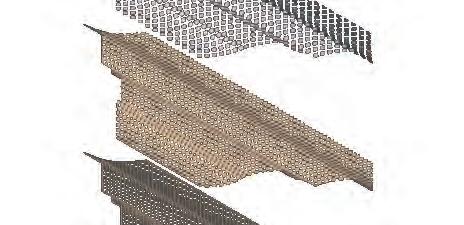





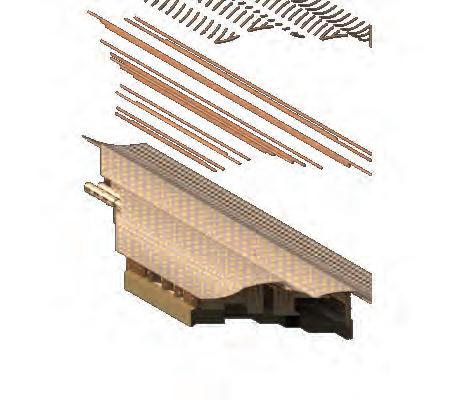


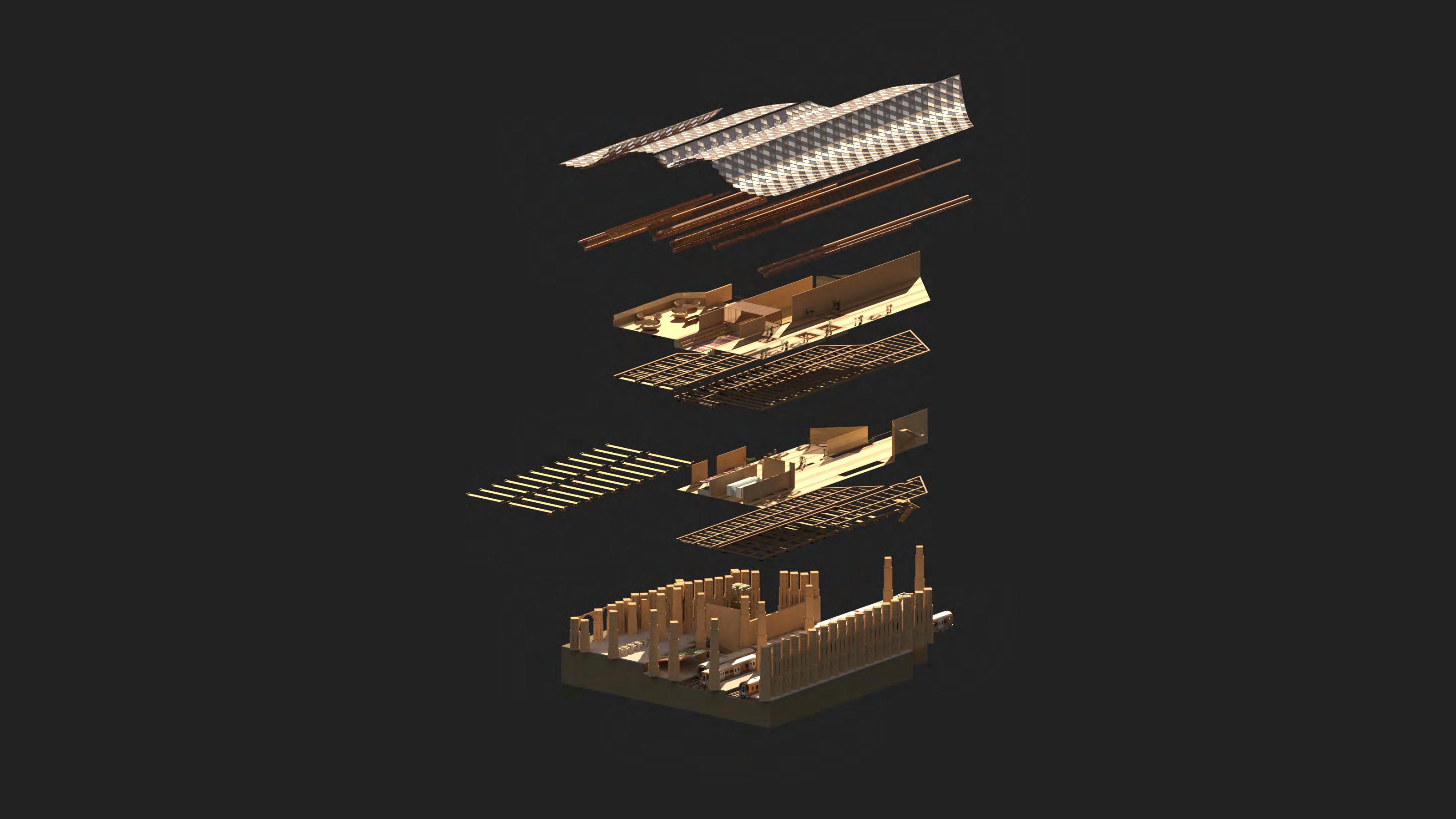


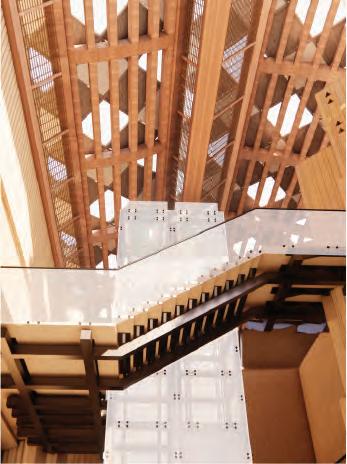

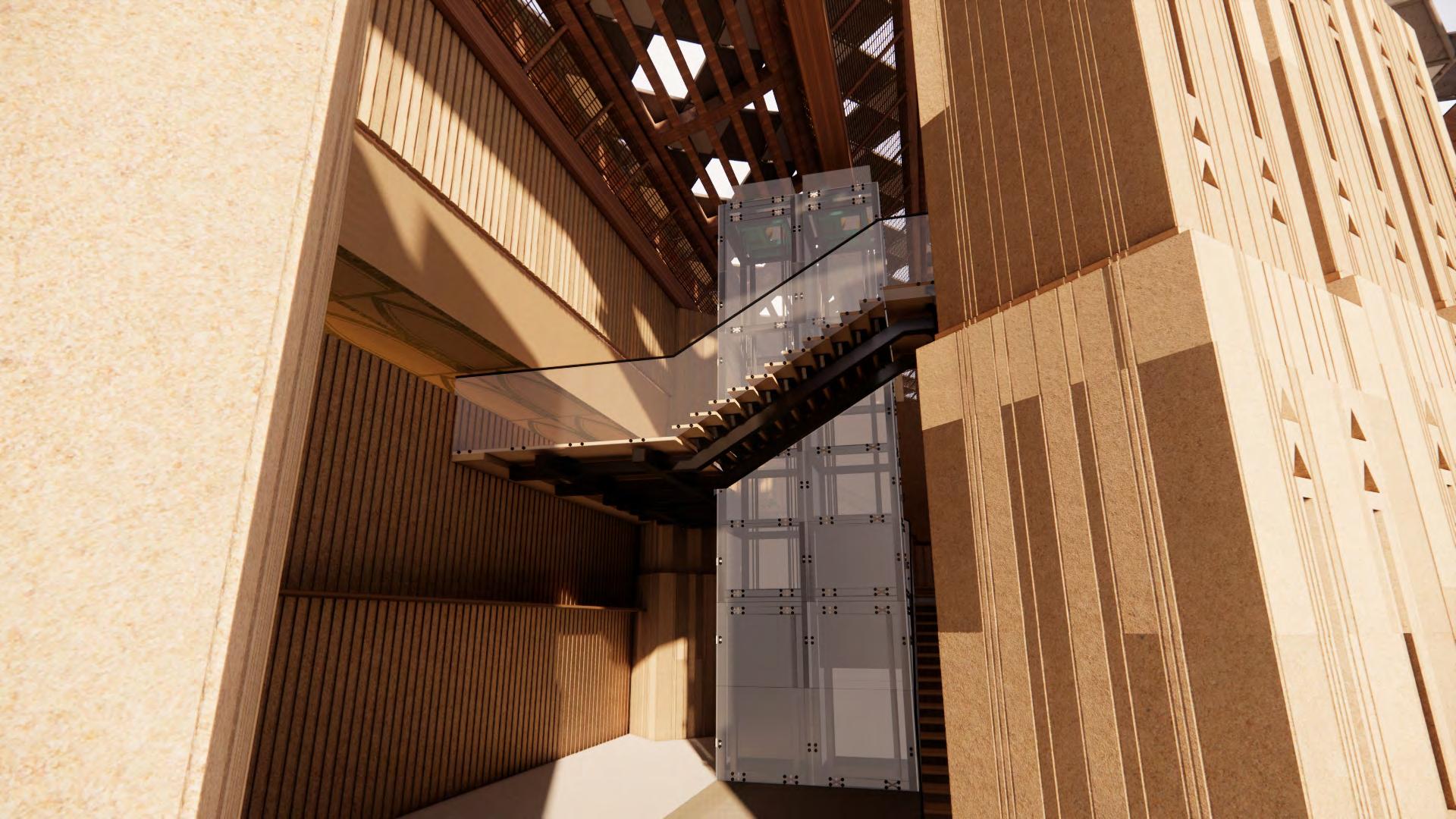
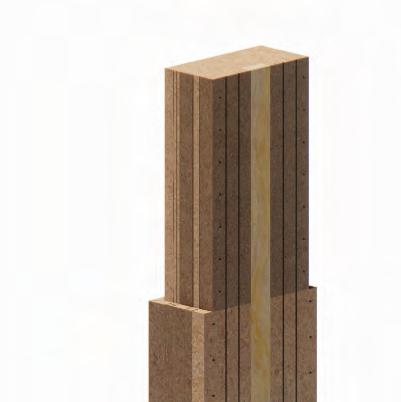

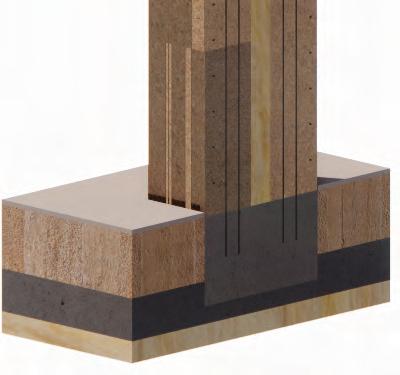

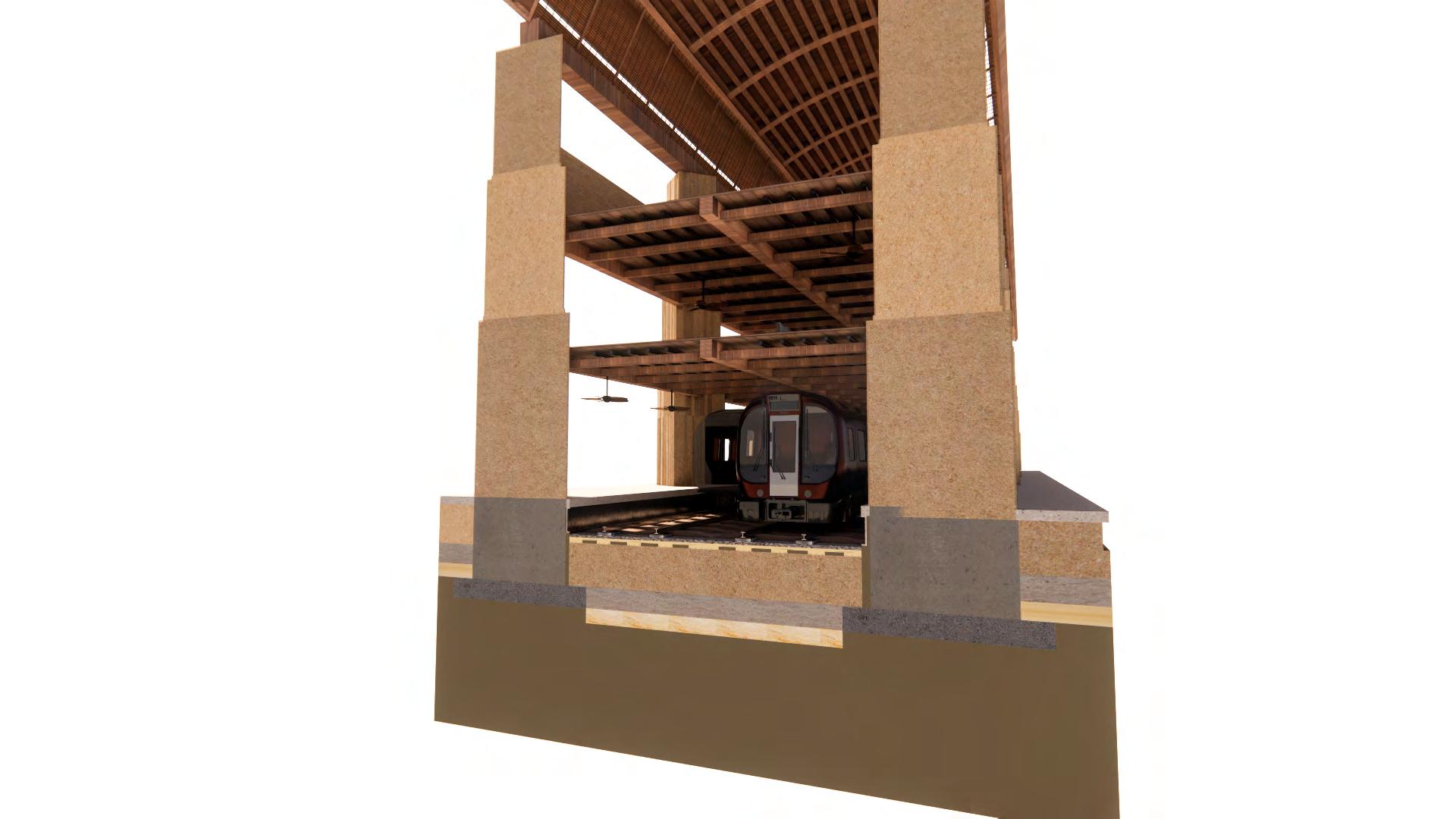
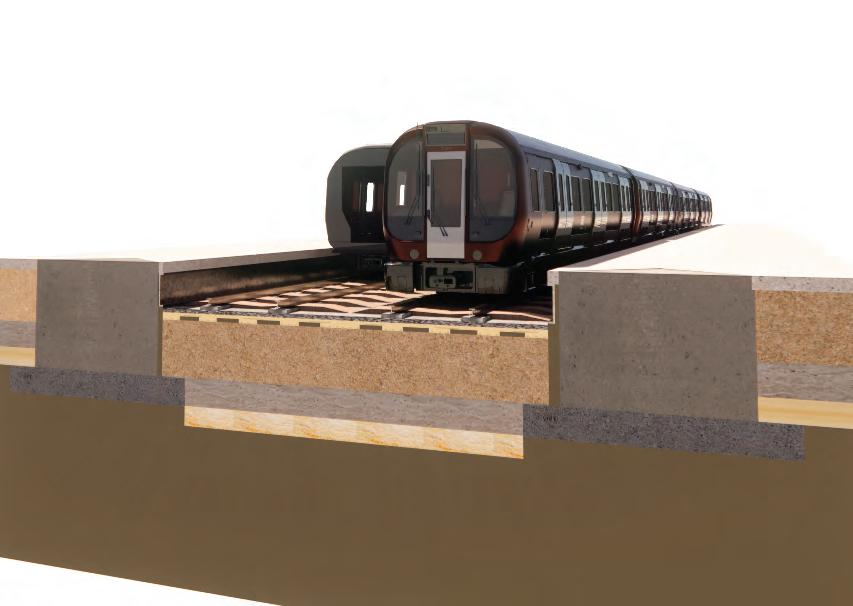
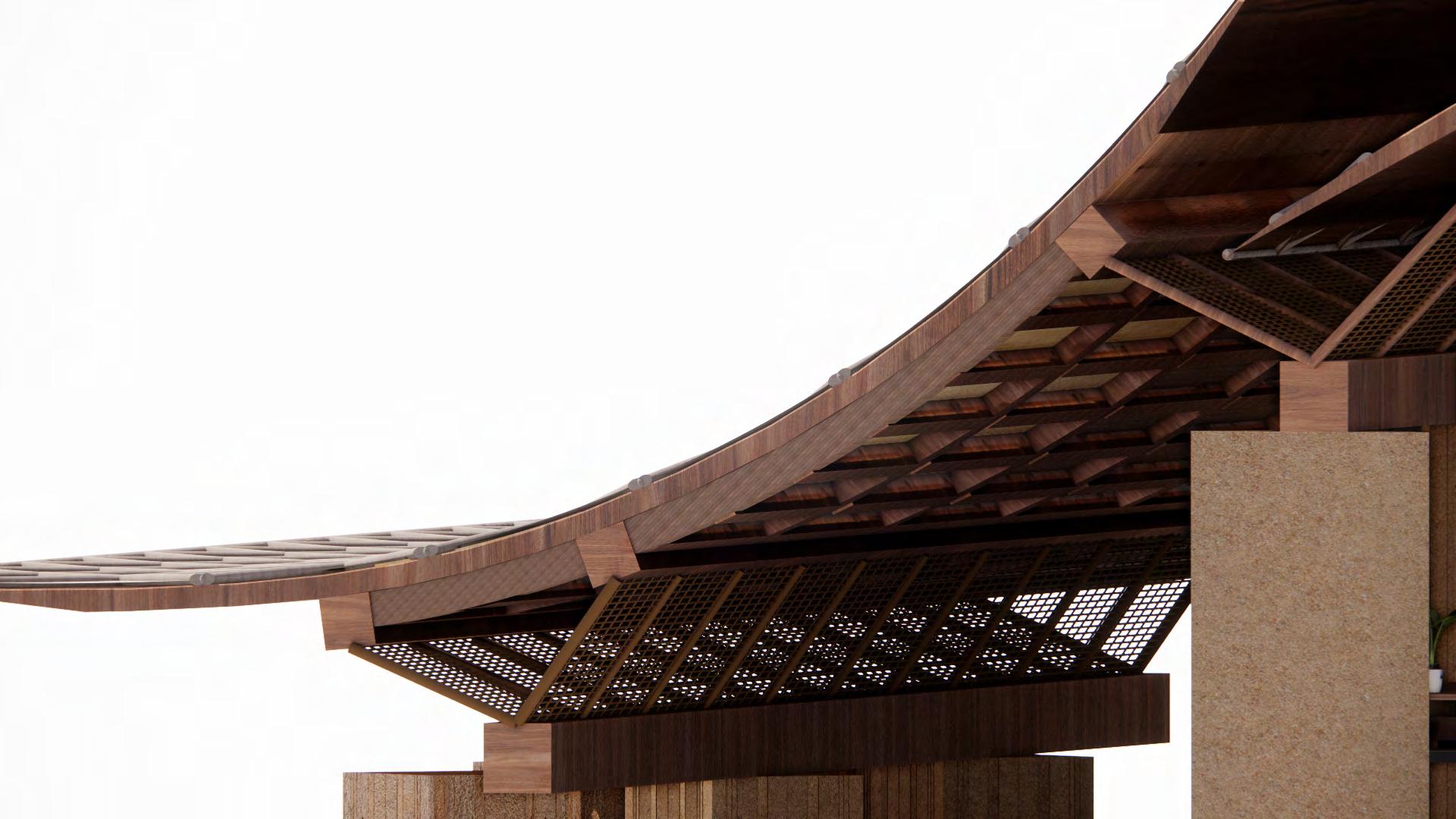


Roof Construction Materials Roof buildup - U Value 0.300 50 mm Riyadh Stone Cladding 200 mm Fiber Glass Wool - Insulation 100 mm Air Gap - Cavity 10 mm Plywood Panel
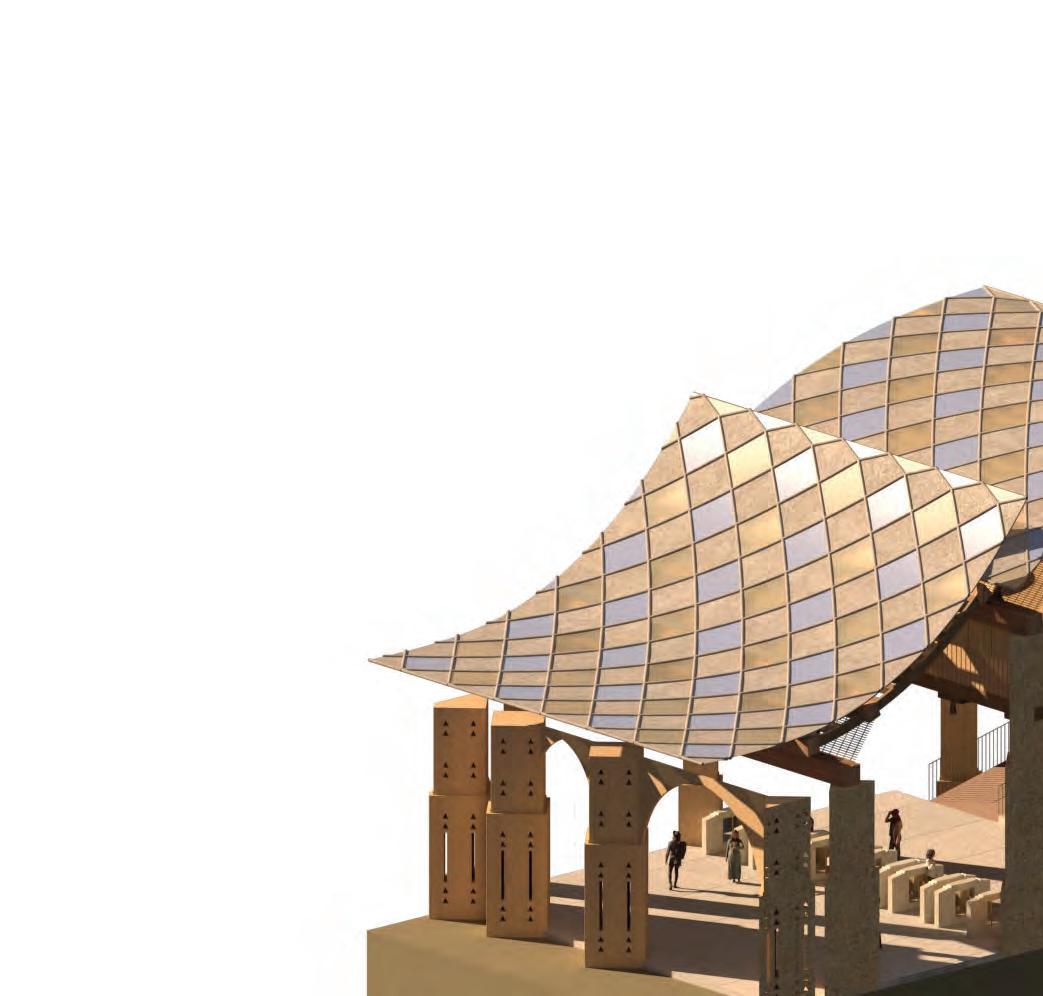



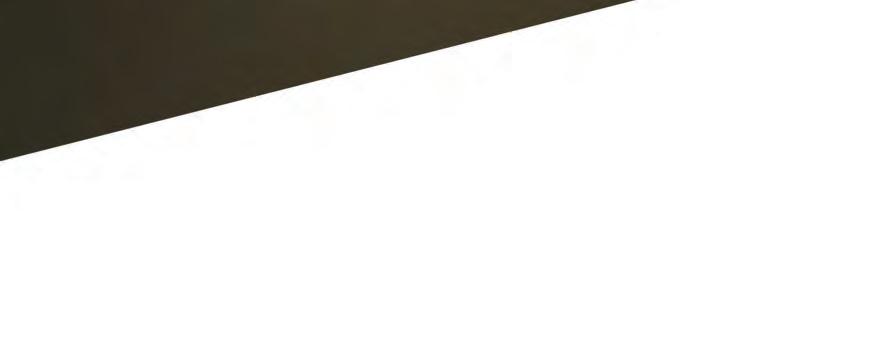






































































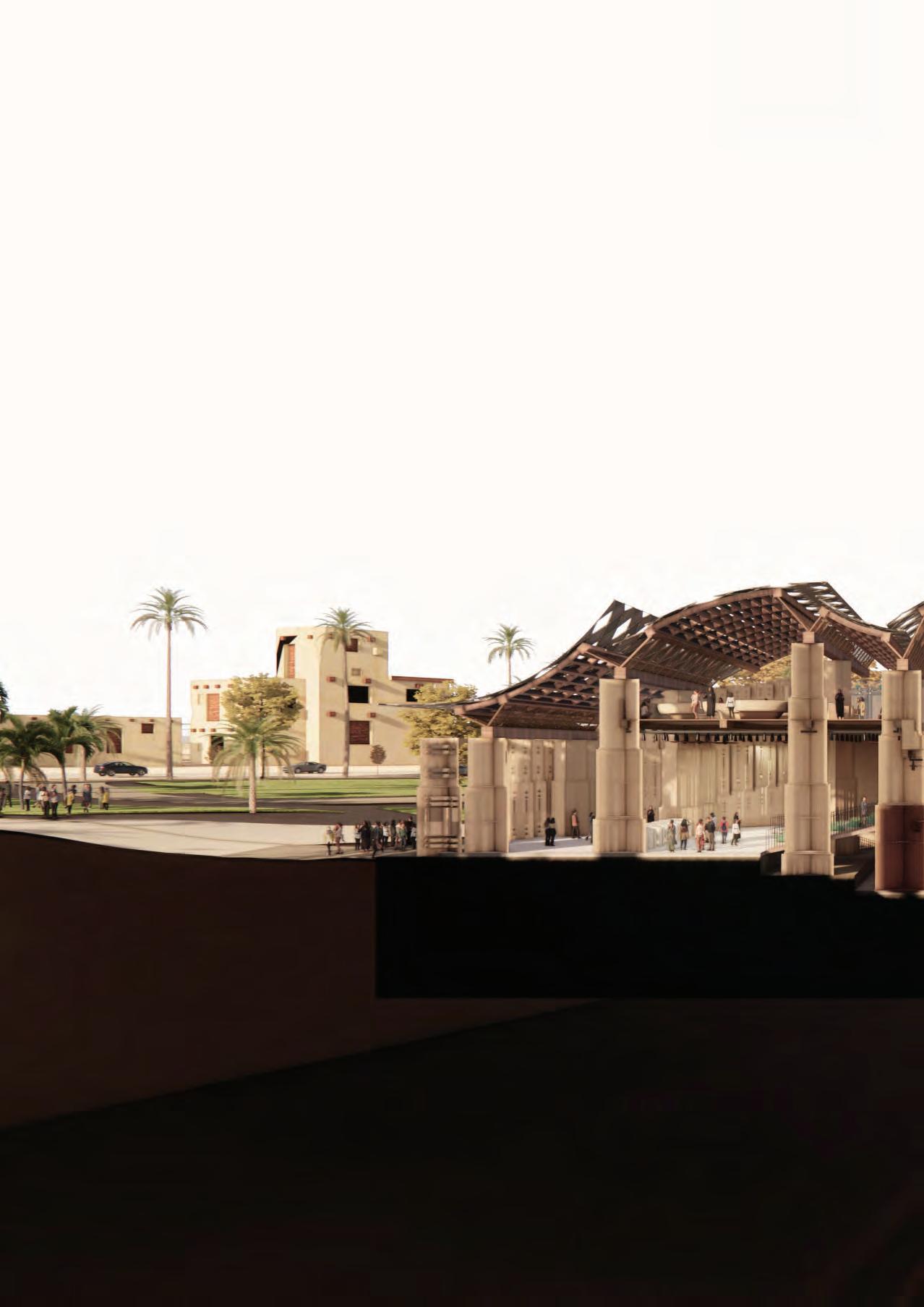











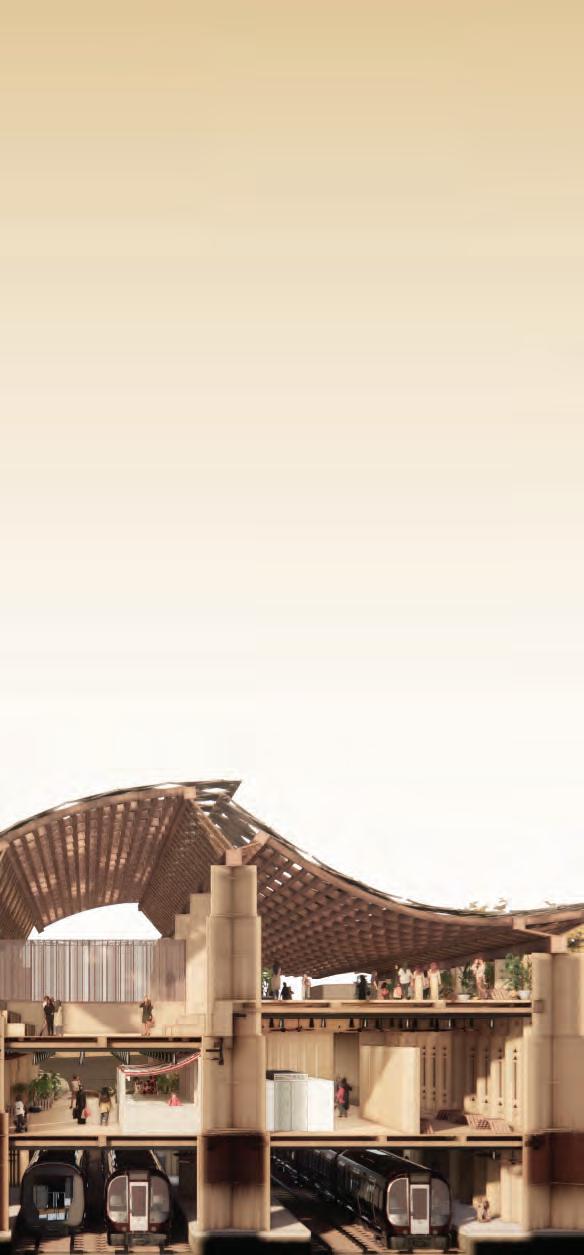








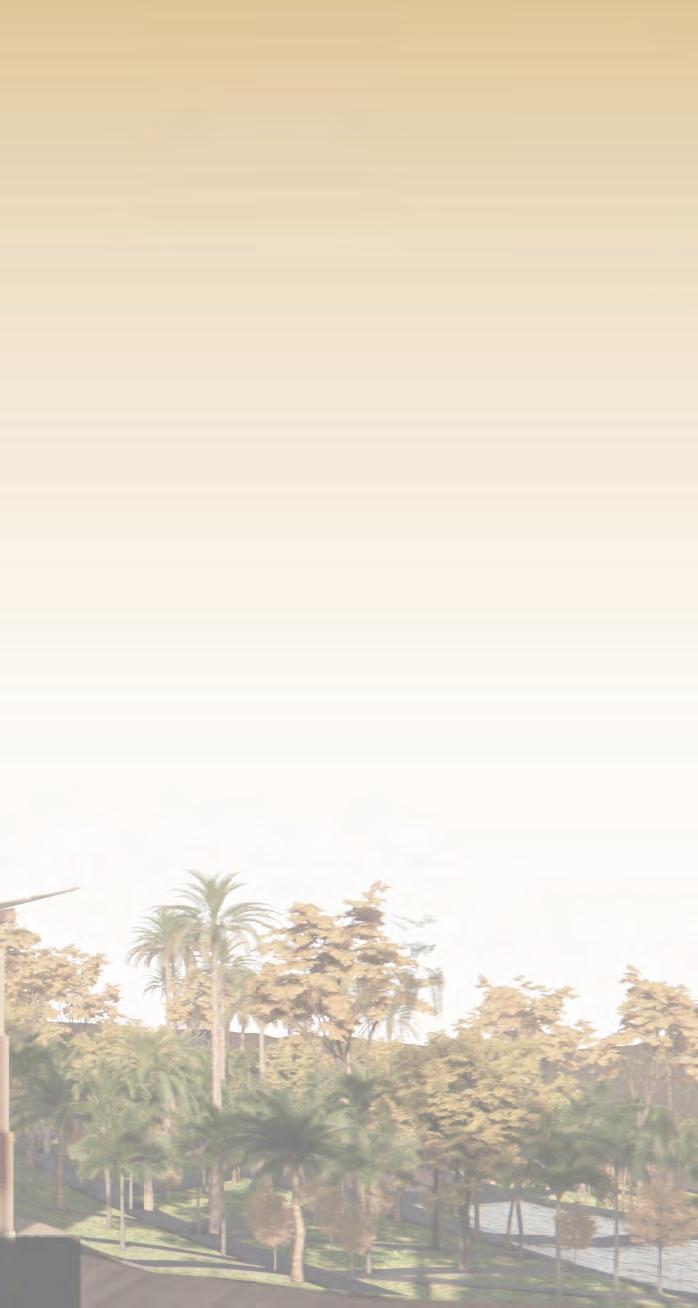




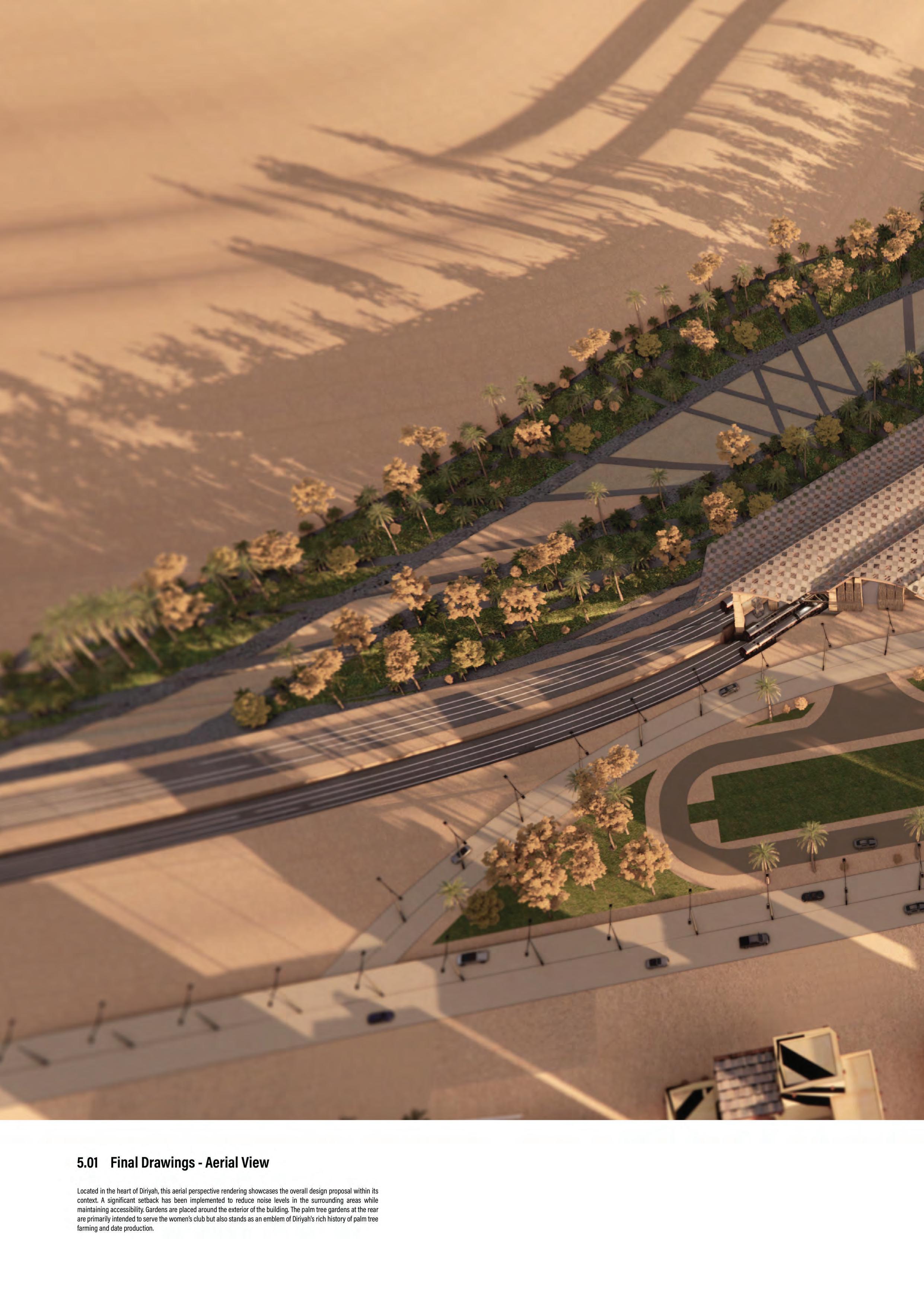


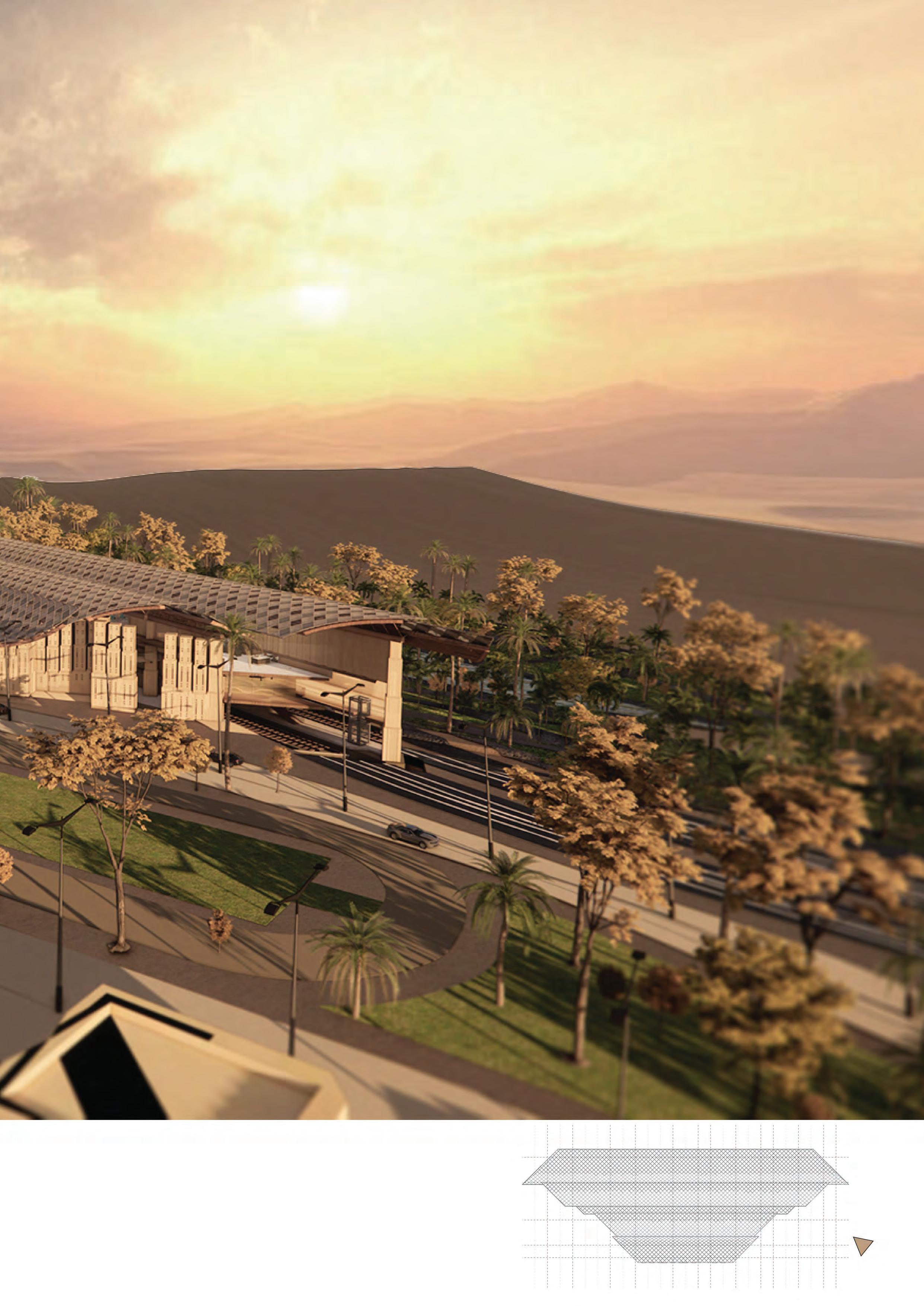
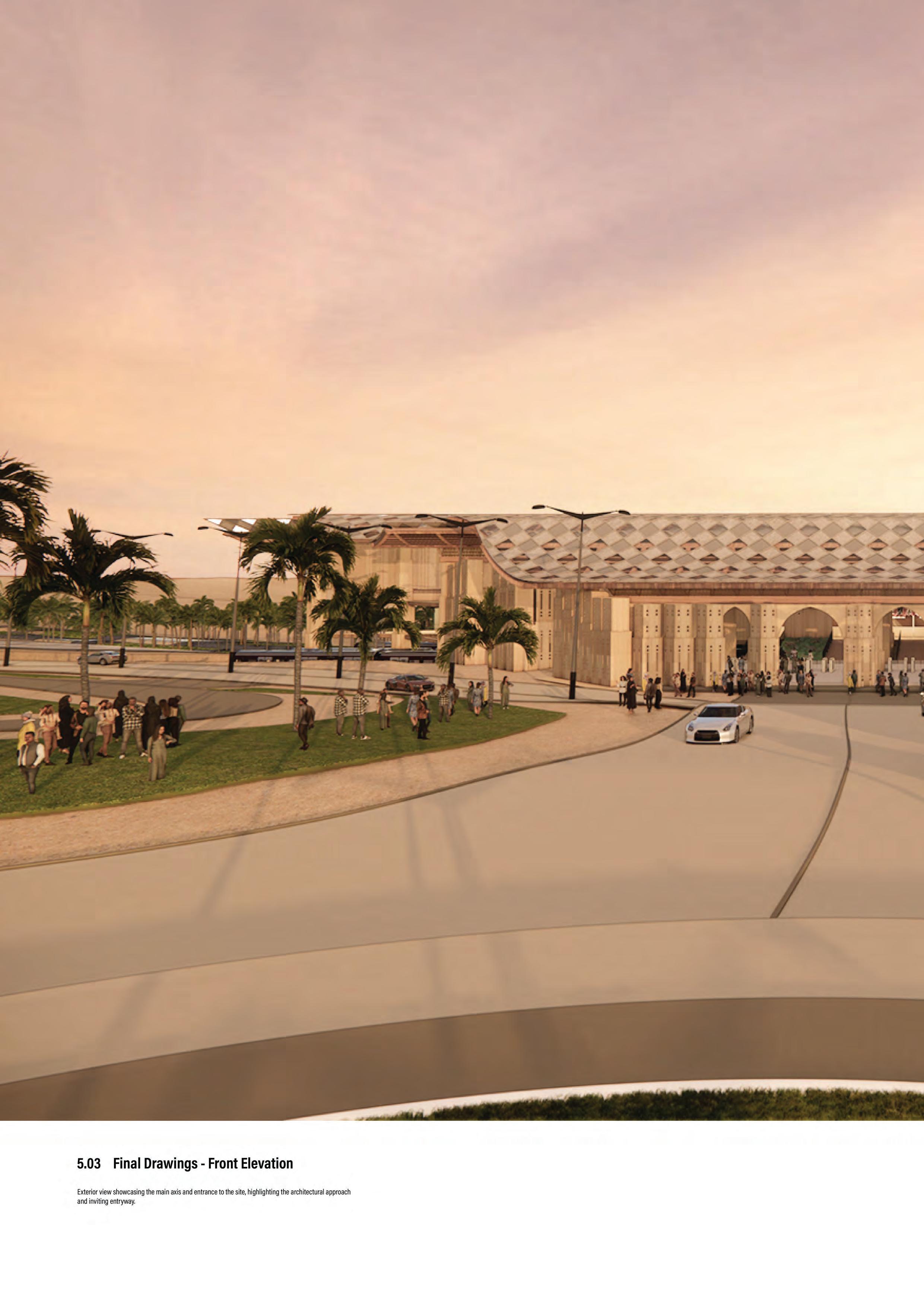


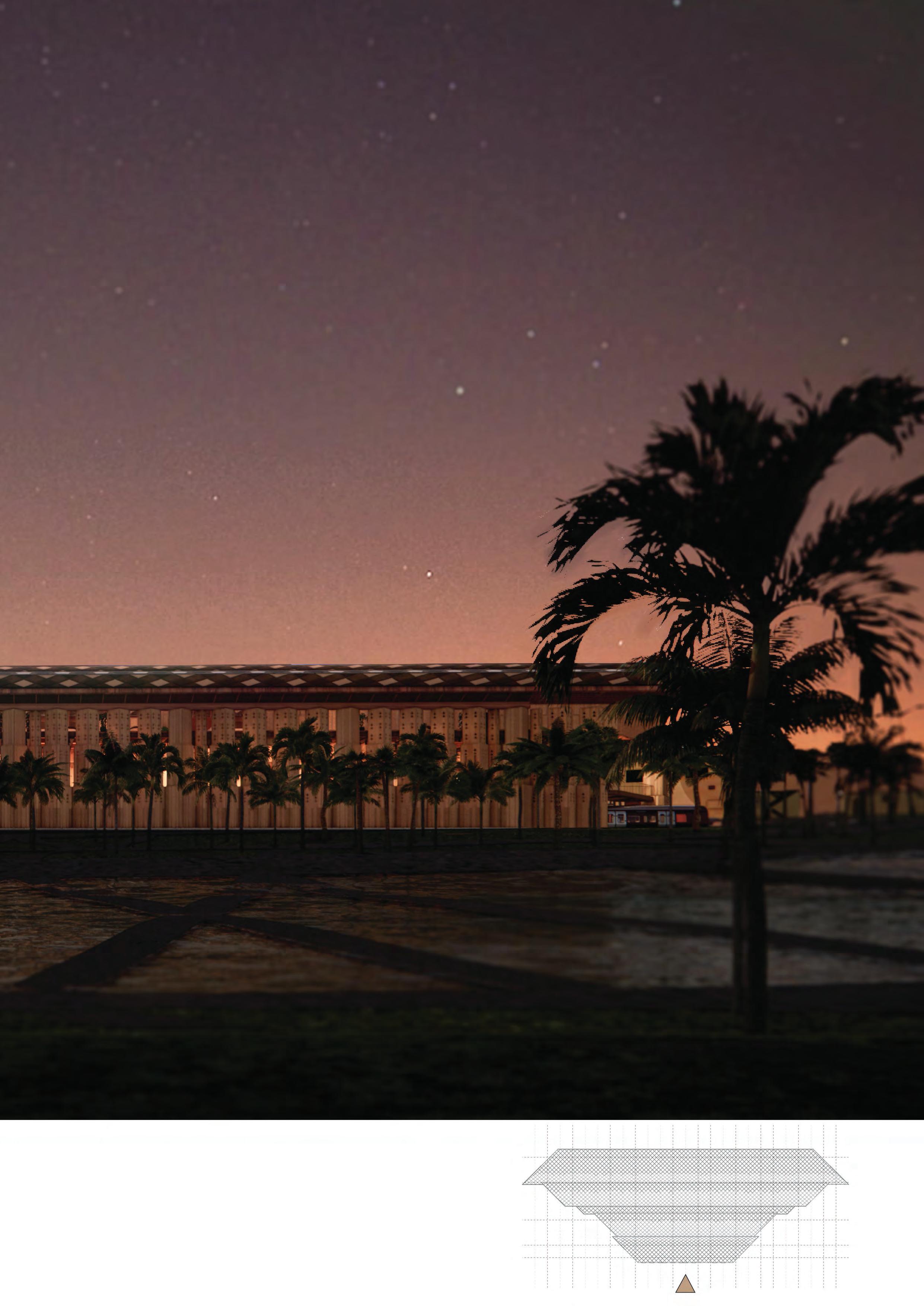





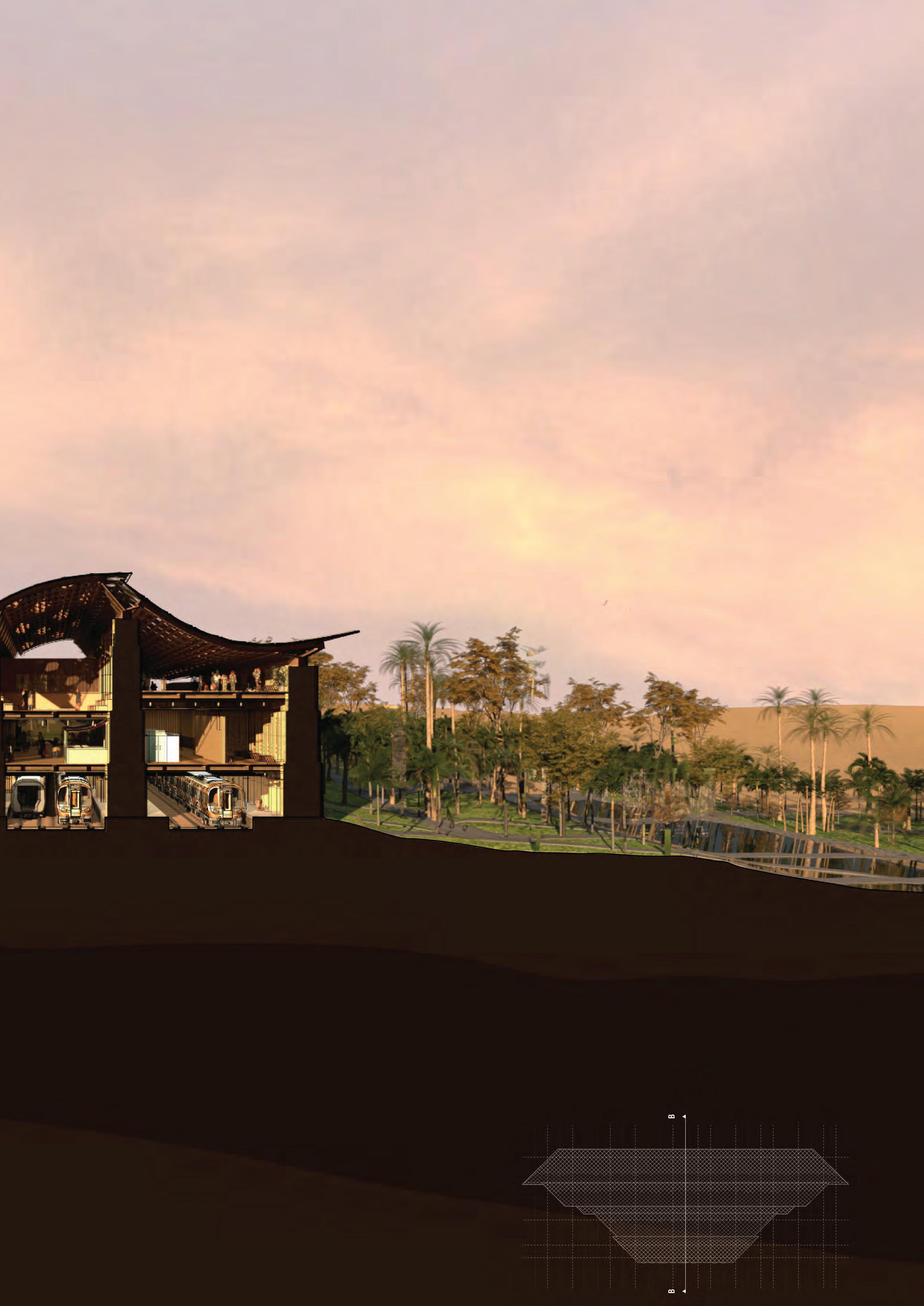
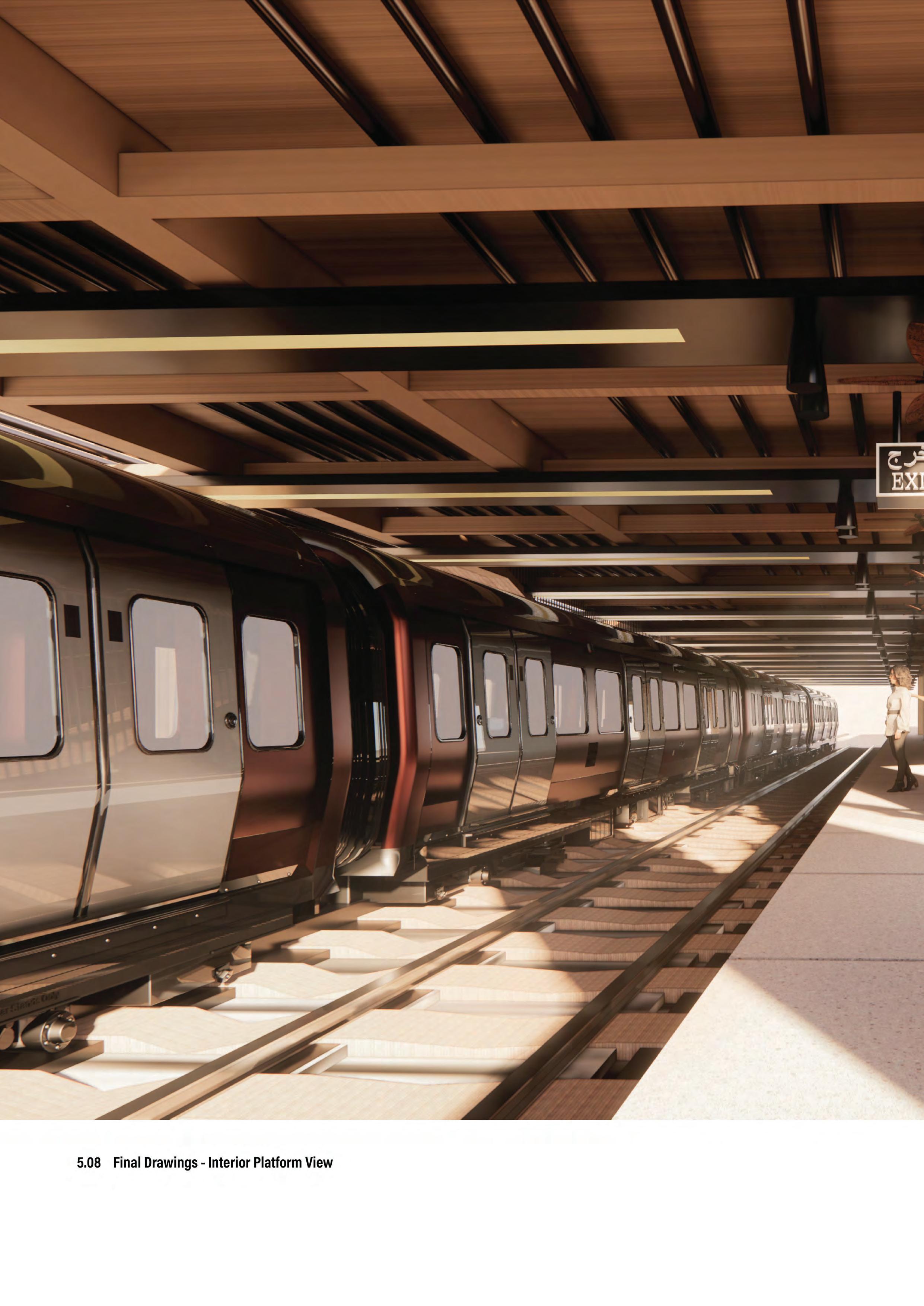
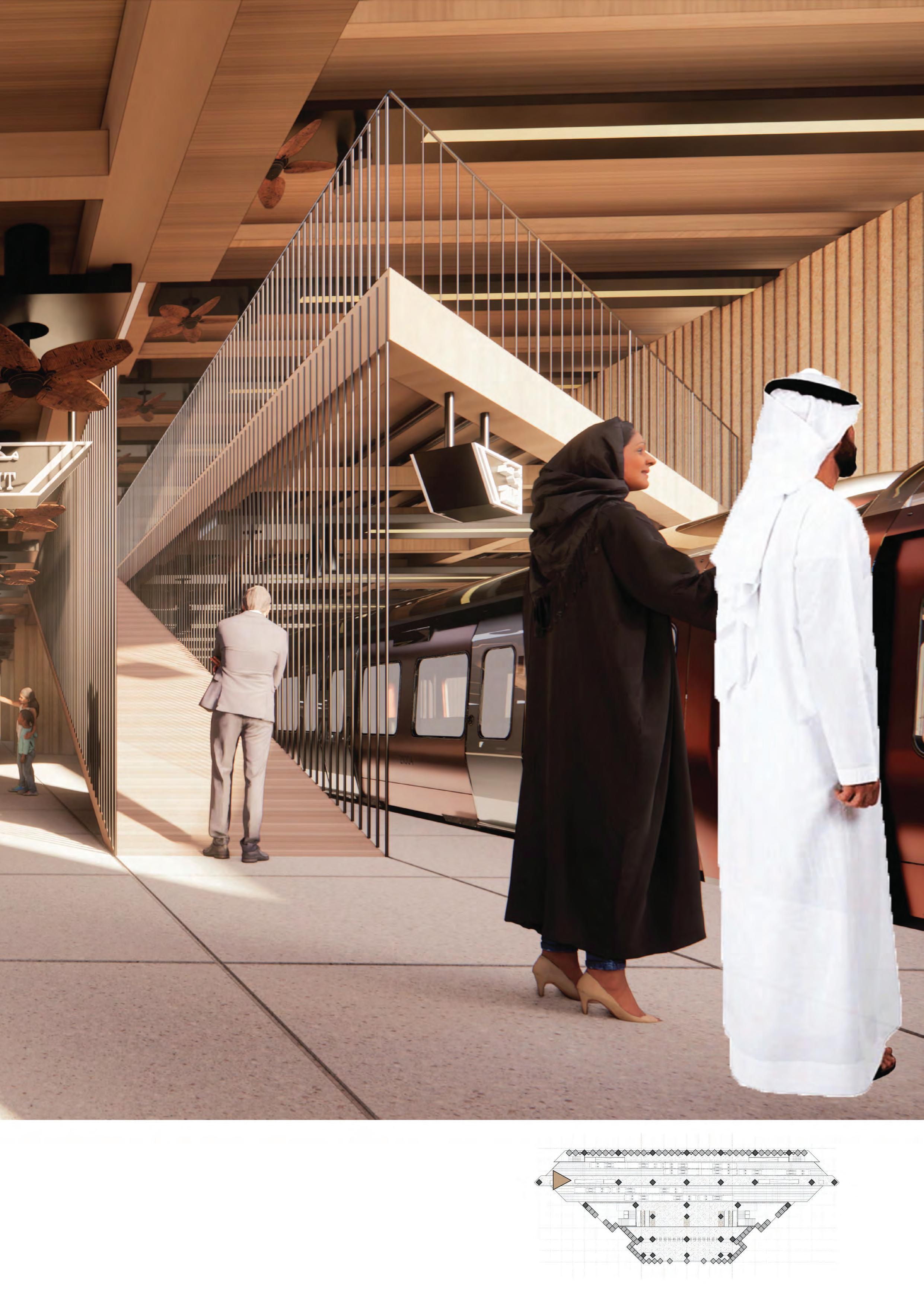
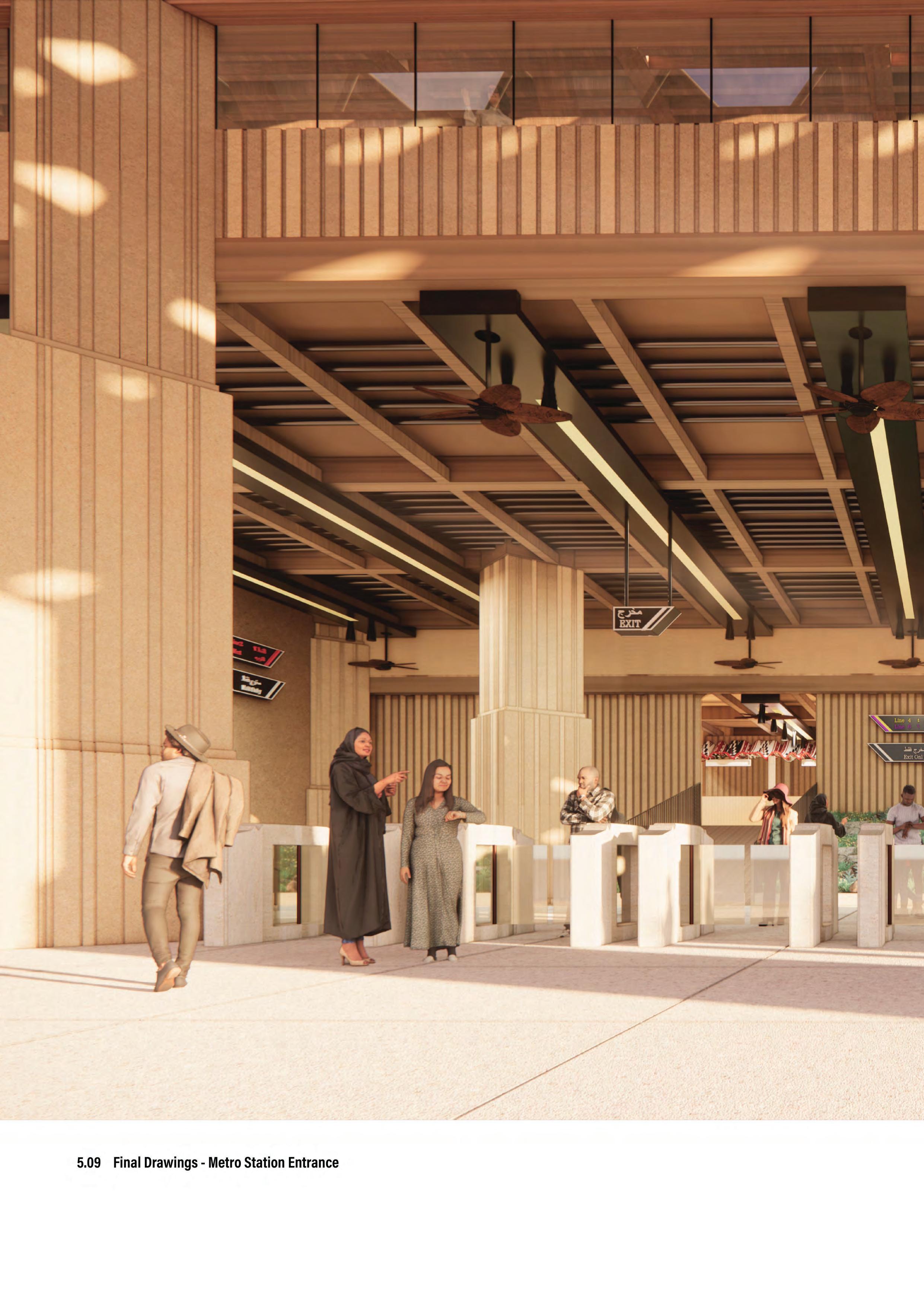
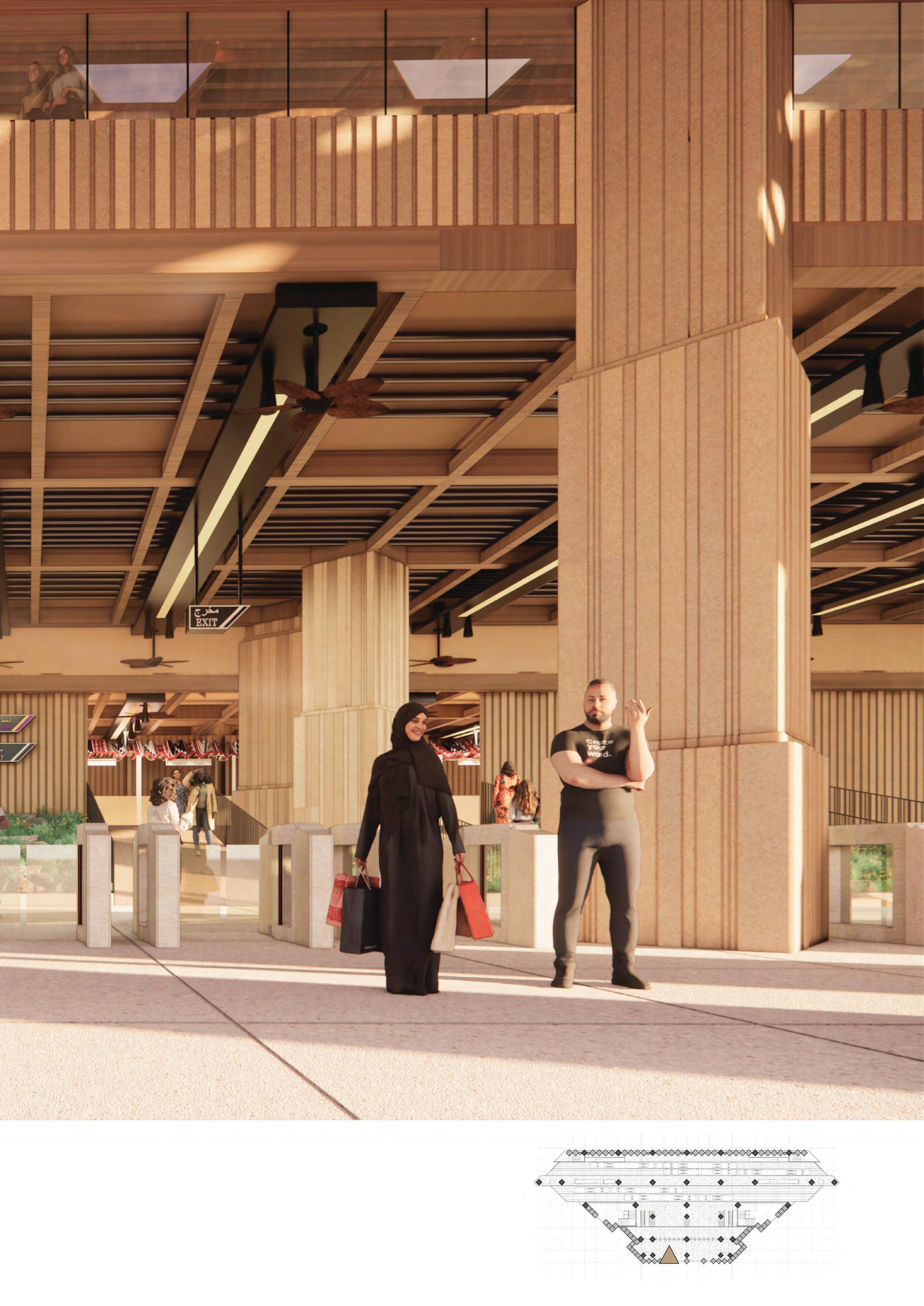




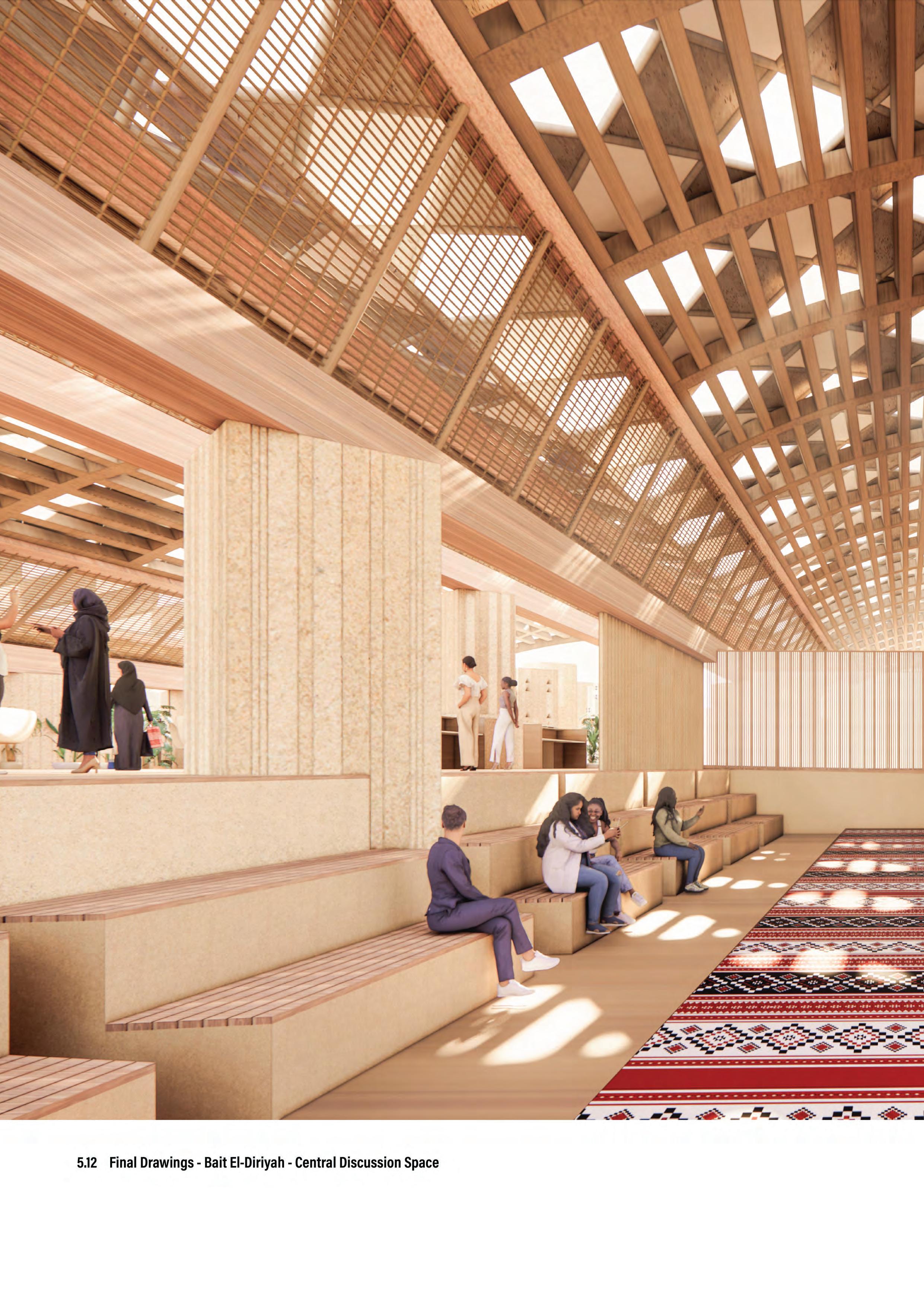
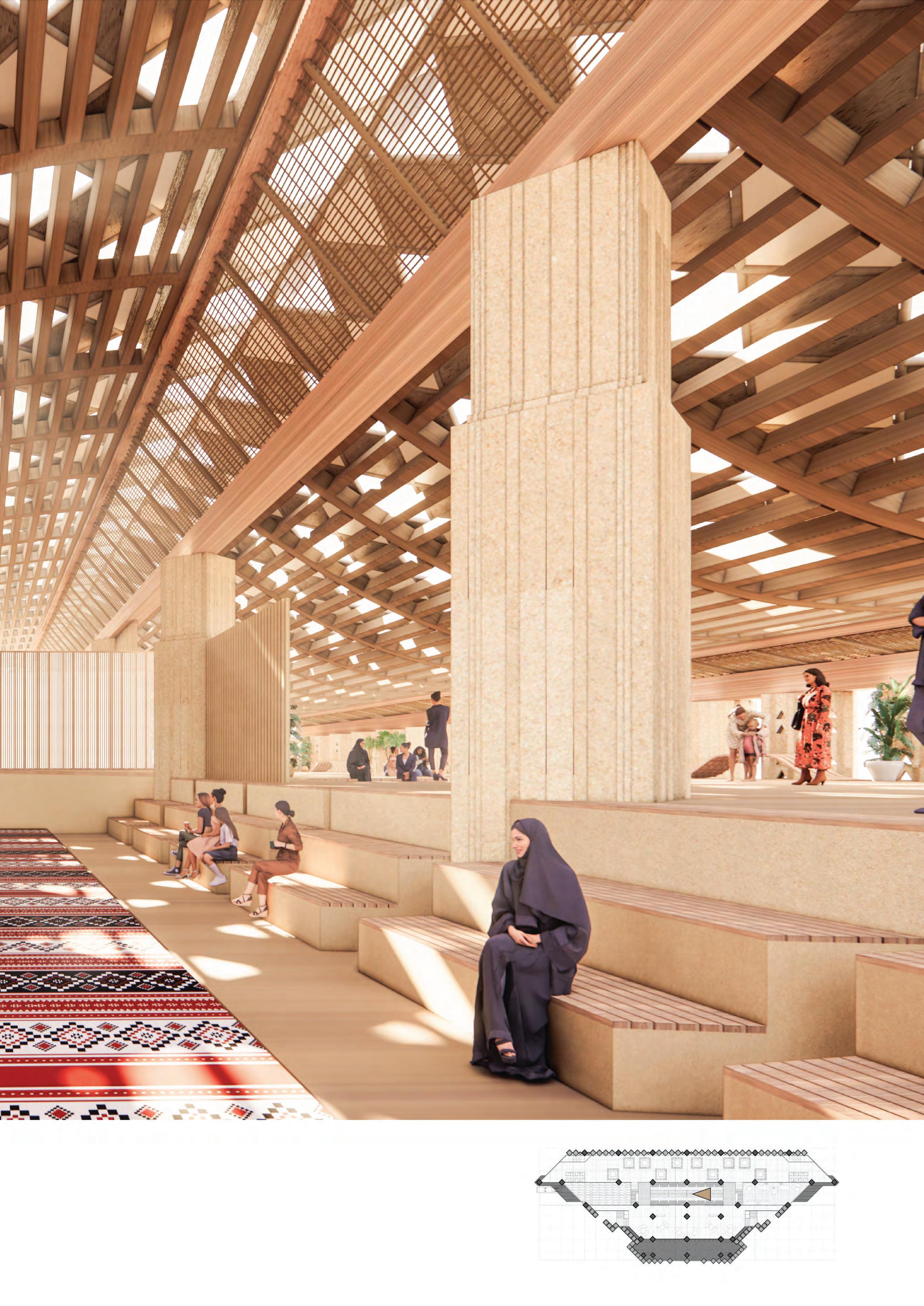
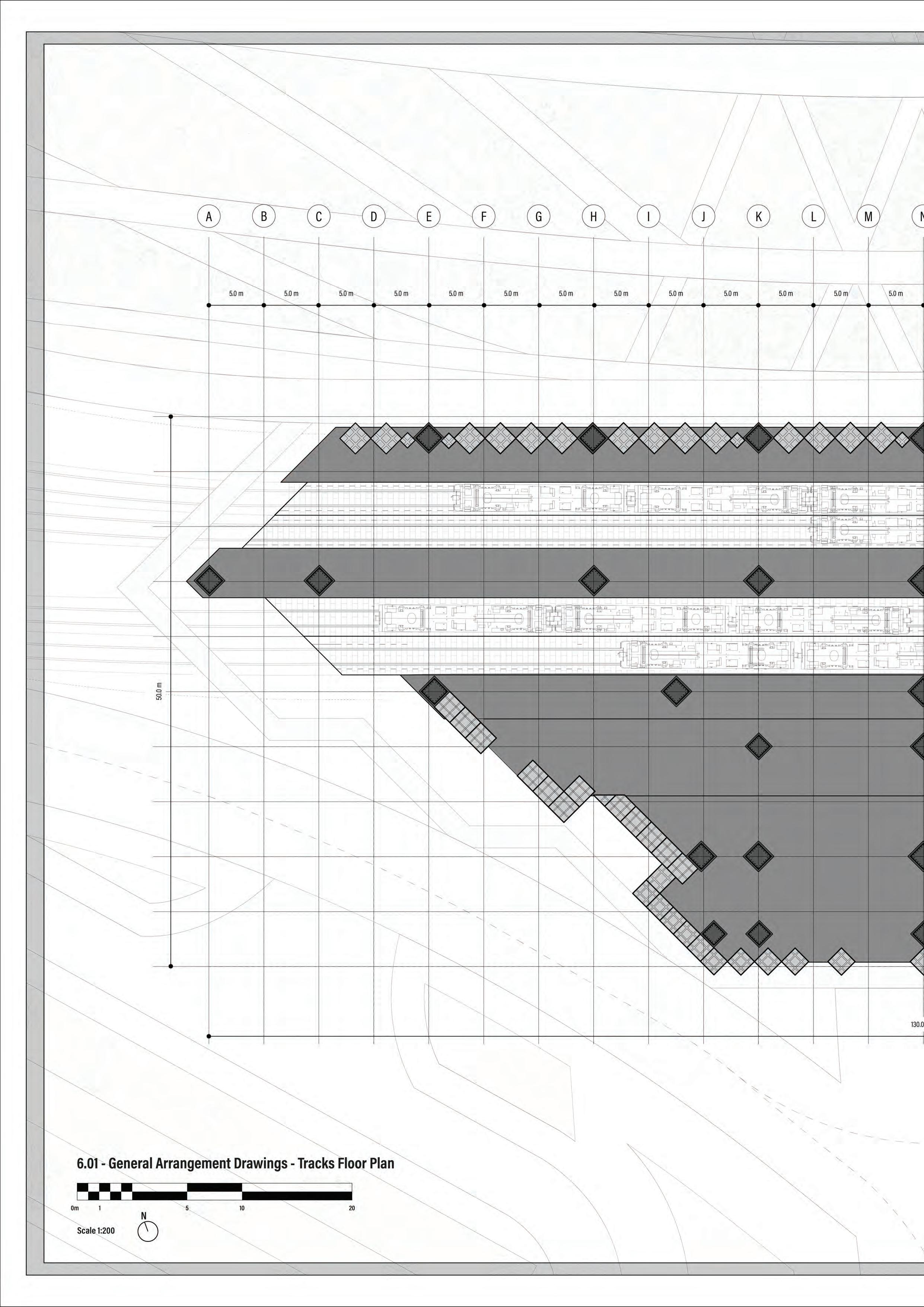






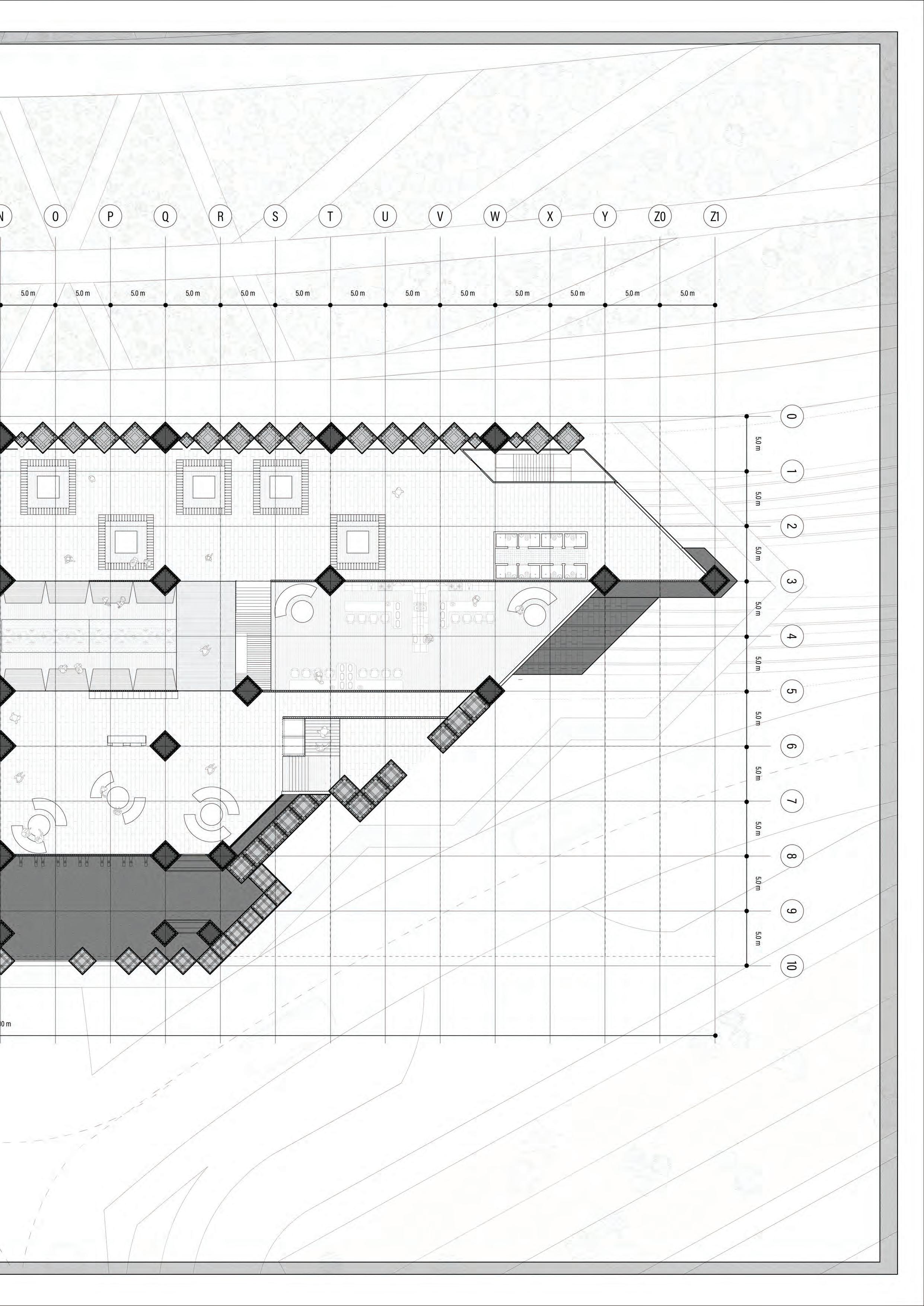

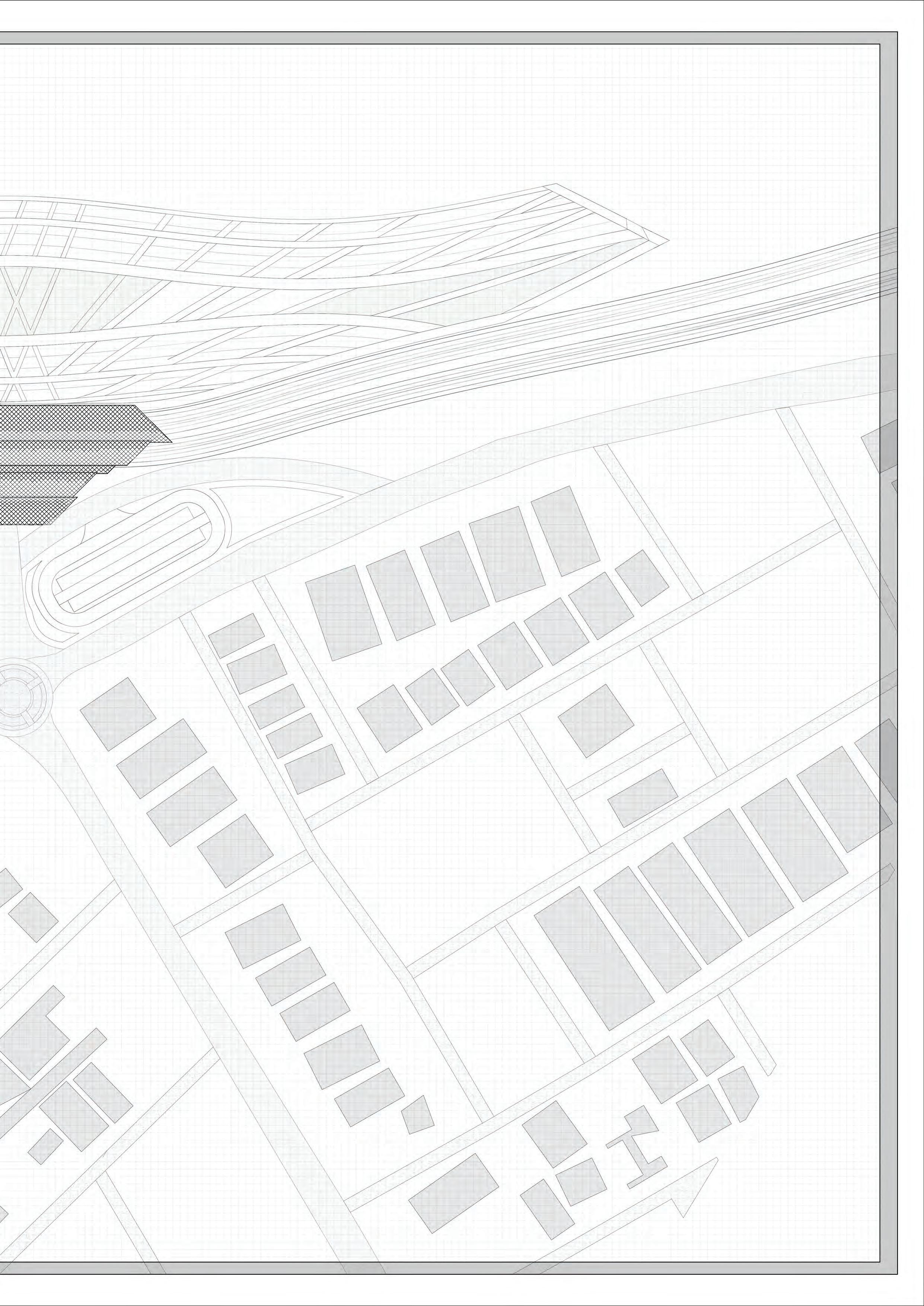

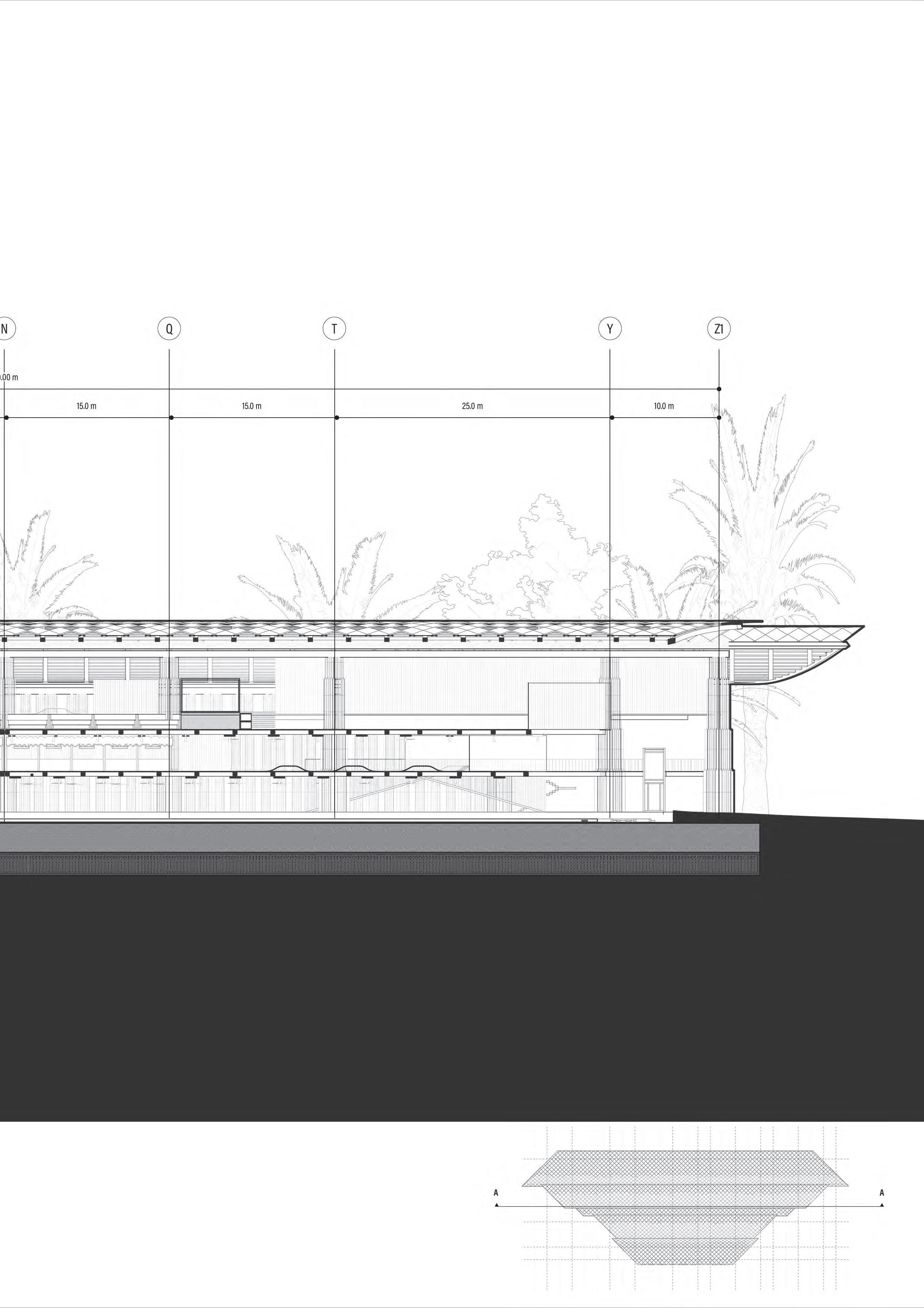
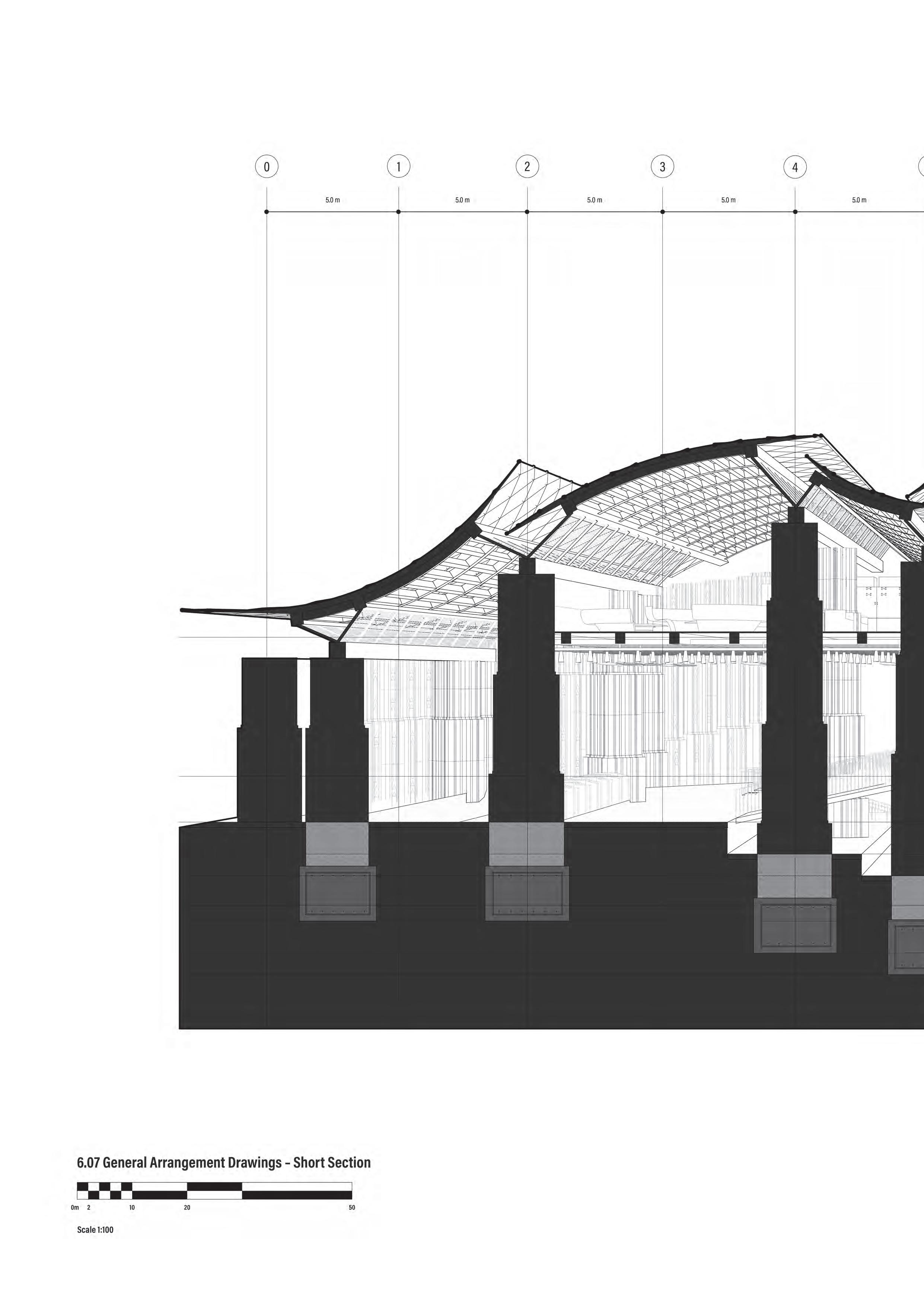
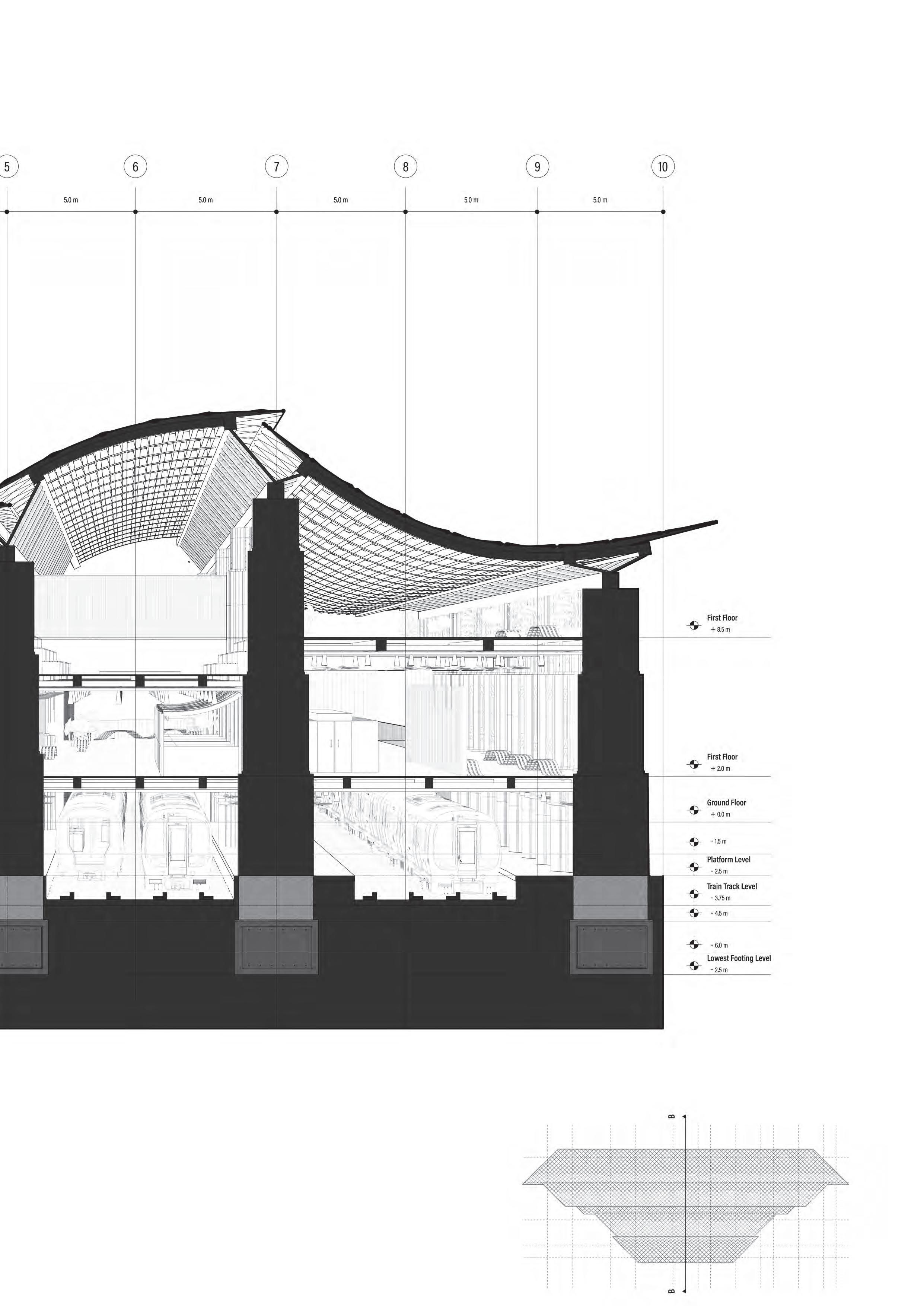
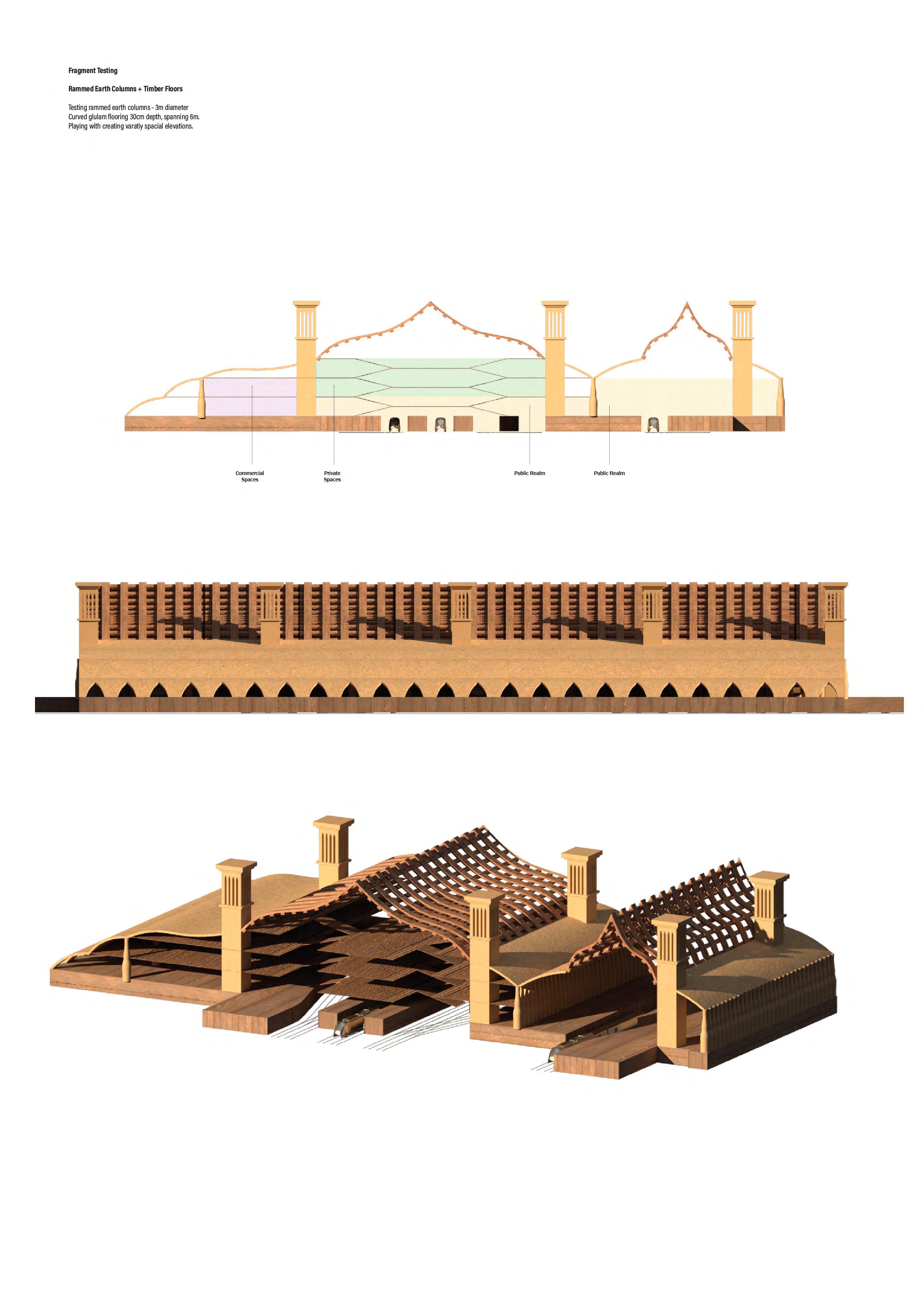
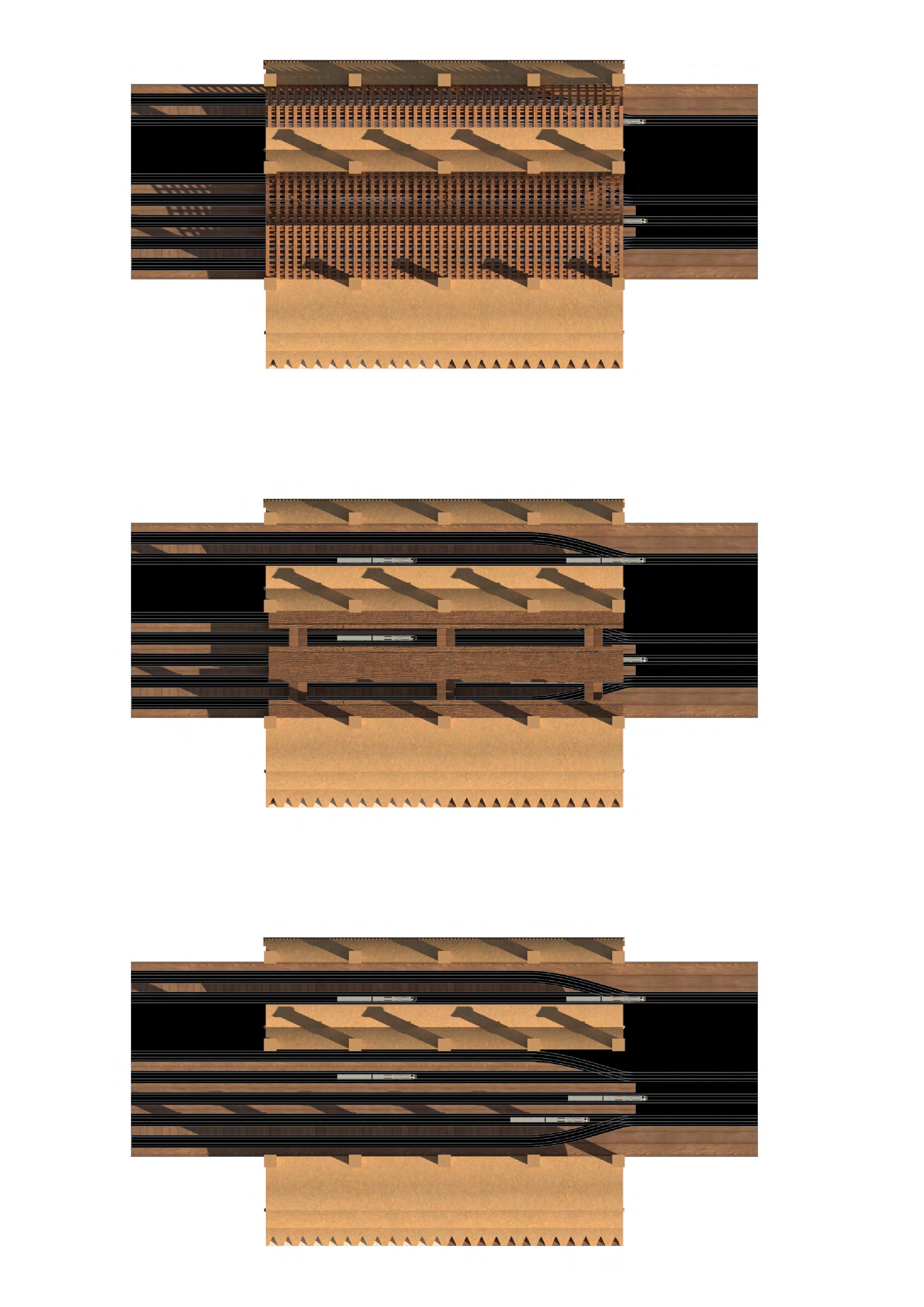
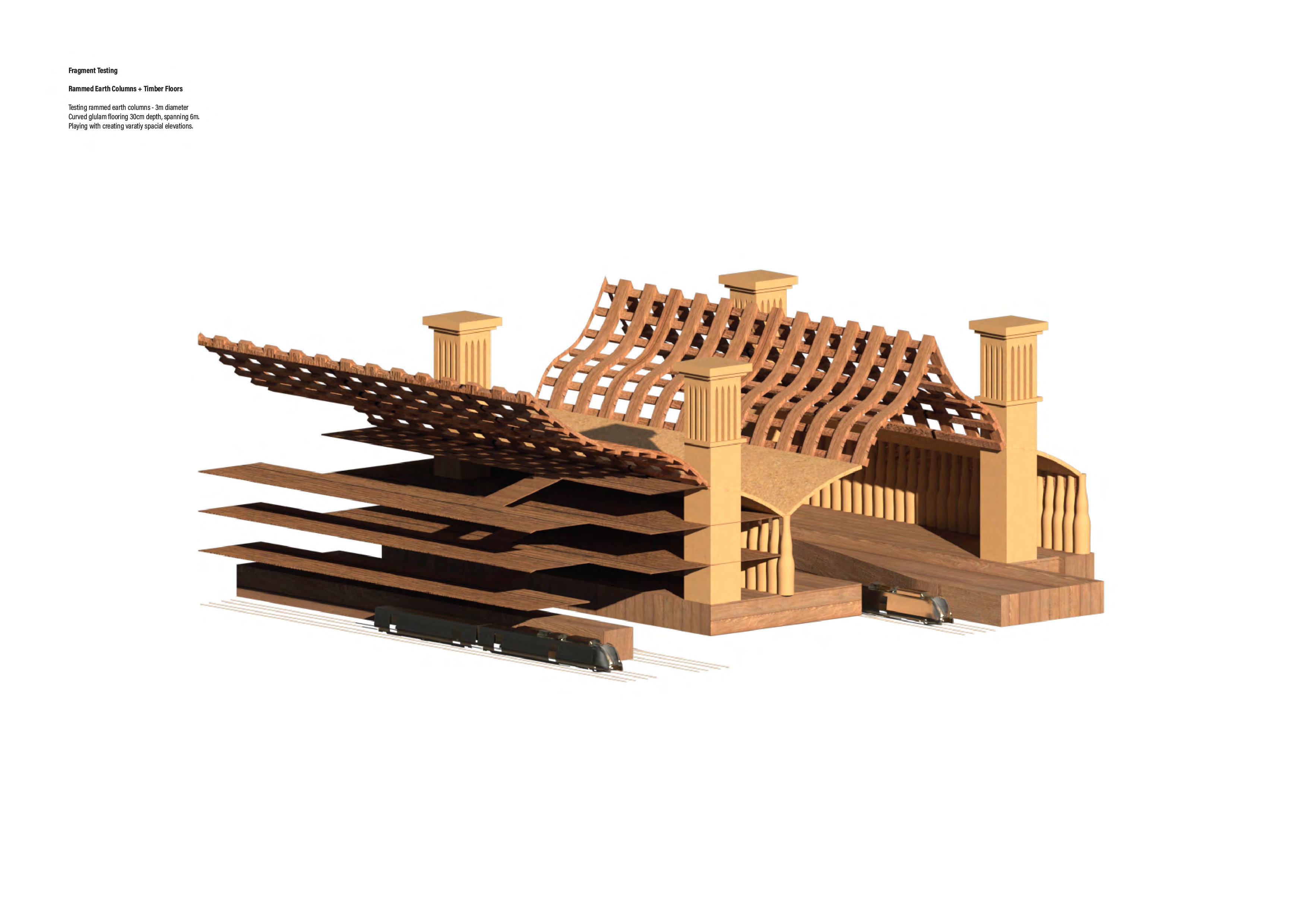




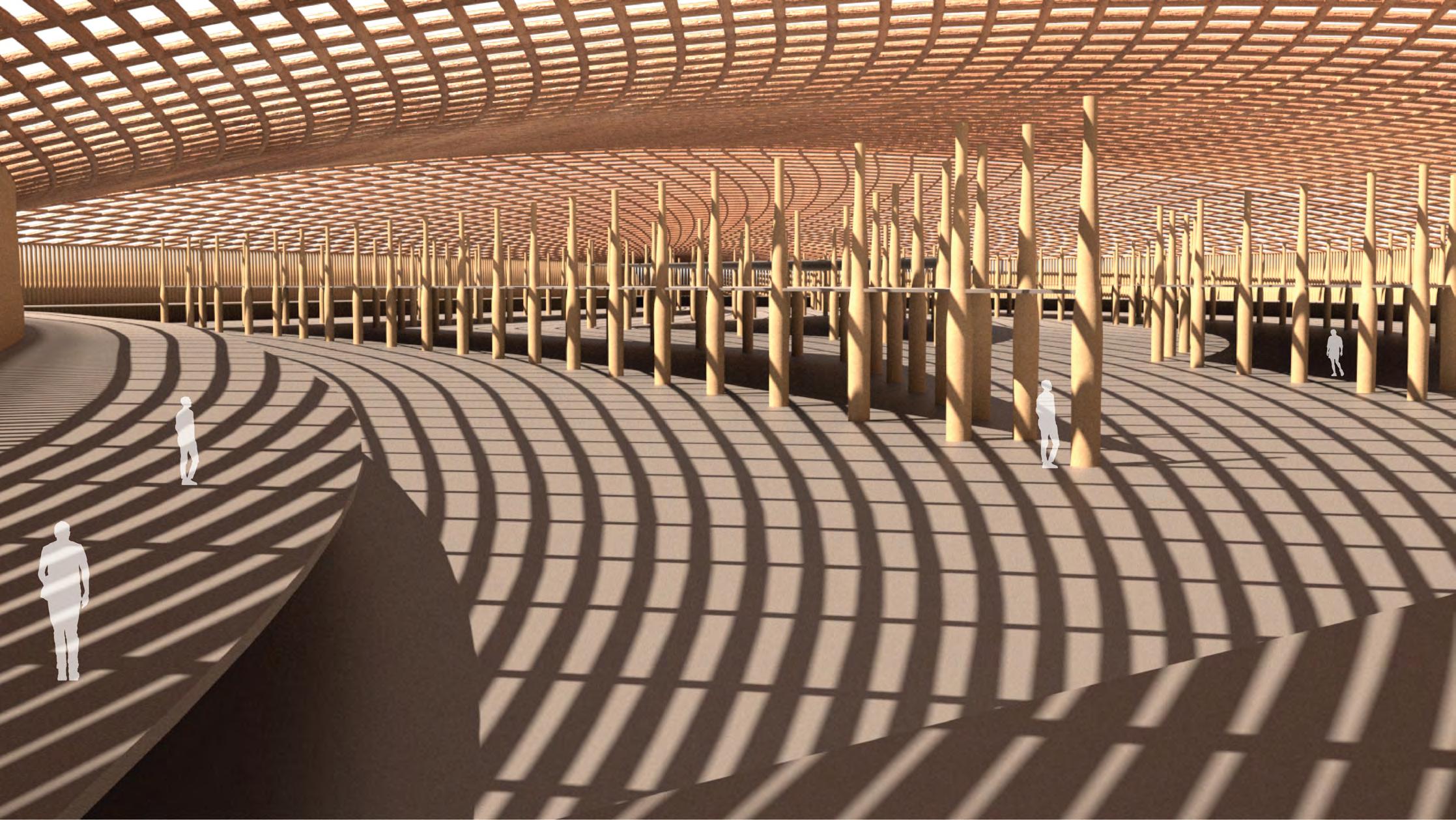
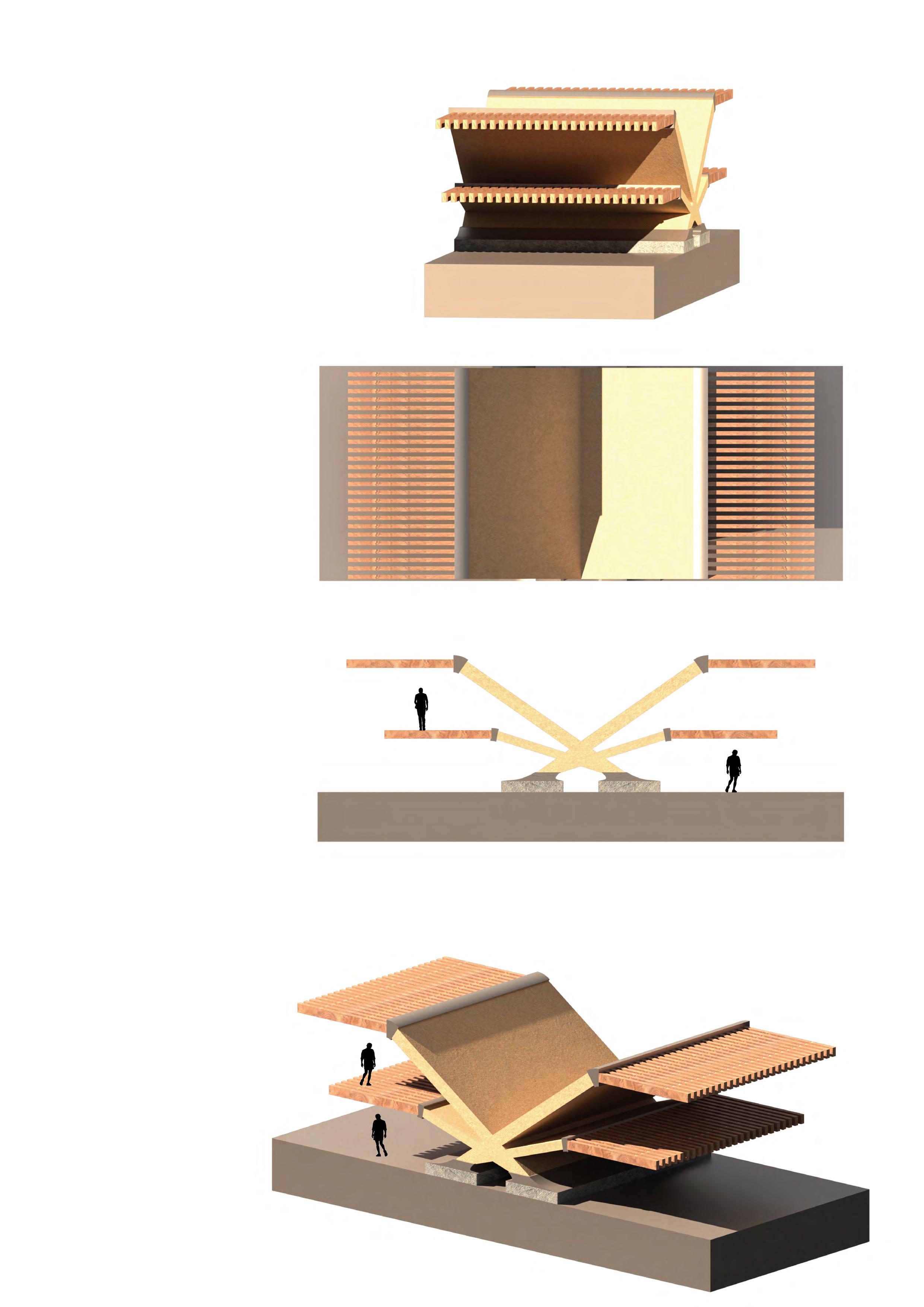

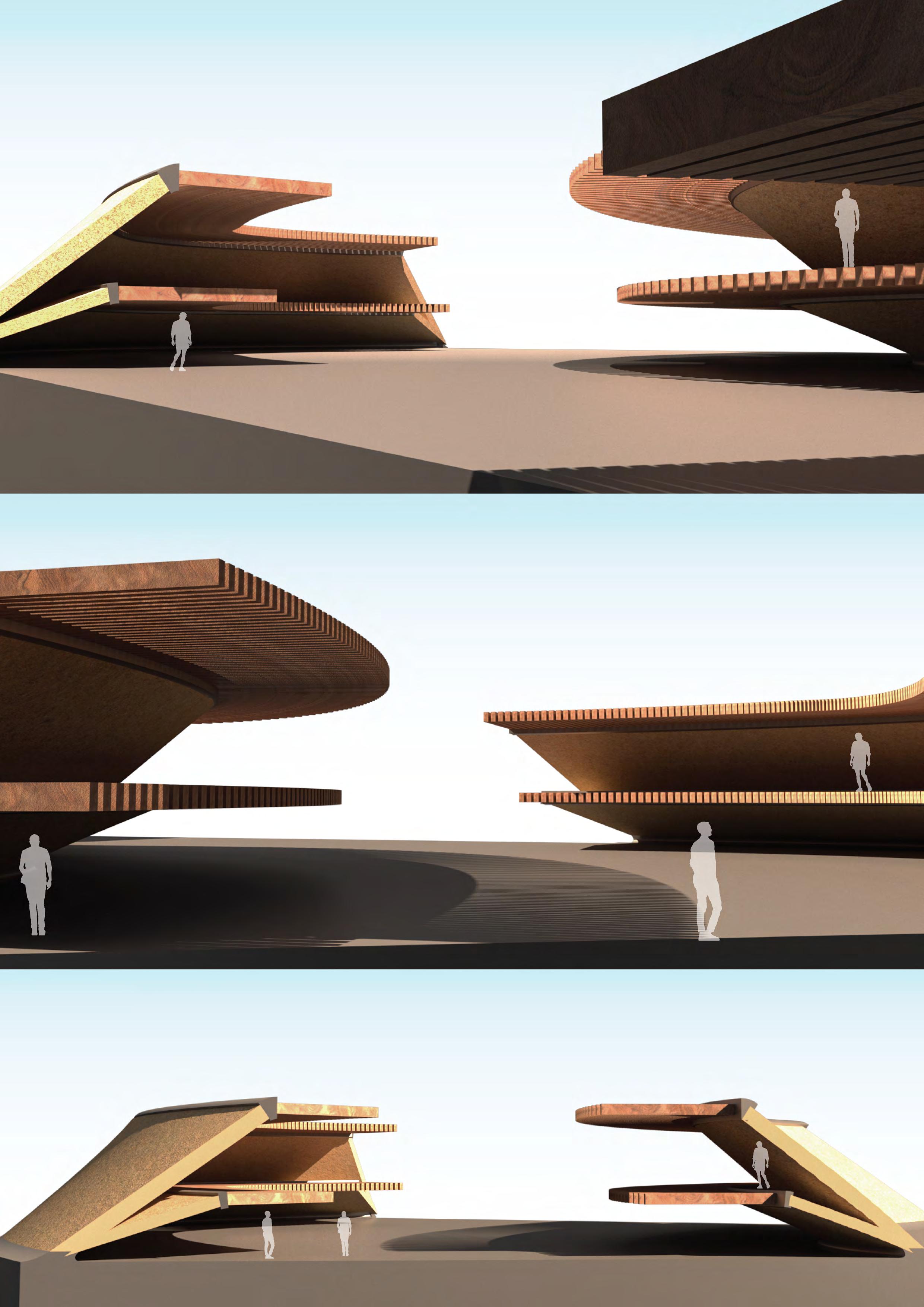

All work produced by Unit 14 Unit book design by Charlie Harriswww.bartlett.ucl.ac.uk/architecture
Copyright 2021 The Bartlett School of Architecture, UCL All rights reserved.
No part of this publication may be reproduced or transmited in any form or by any means, electronic or mechanical, including photocopy, recording or any information storage and retreival system without permission in writing from the publisher.

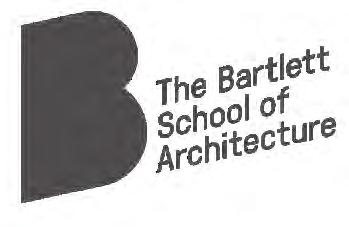
-

@unit14_ucl UNIT
CRAFTED HORIZONS 2024
At the center of Unit 14’s academic exploration lies Buckminster Fuller’s ideal of the ‘The Comprehensive Designer’, a master-builder that follows Renaissance principles and a holistic approach. Fuller referred to this ideal of the designer as somebody who is capable of comprehending the ‘integrateable significance’ of specialised findings and is able to realise and coordinate the commonwealth potentials of these discoveries while not disappearing into a career of expertise. Like Fuller, we are opportunists in search of new ideas and their benefits via architectural synthesis. As such Unit 14 is a test bed for exploration and innovation, examining the role of the architect in an environment of continuous change. We are in search of the new, leveraging technologies, workflows and modes of production seen in disciplines outside our own. We test ideas systematically by means of digital as well as physical drawings, models and prototypes. Our work evolves around technological speculation with a research-driven core, generating momentum through astute synthesis. Our propositions are ultimately made through the design of buildings and through the in-depth consideration of structural formation and tectonic. This, coupled with a strong research ethos, will generate new and unprecedented, one day viable and spectacular proposals. They will be beautiful because of their intelligence - extraordinary findings and the artful integration of those into architecture.
The focus of this year’s work evolves around the notion of ‘Crafted Horizons’. The term aims to highlight the architect’s fundamental agency and core competency of the profession to anticipate the future as the result of the highest degree of synthesis of the observed underlying principles. Constructional logic, spatial innovation, typological organisation, environmental and structural performance are all negotiated in a highly iterative process driven by intense architectural investigation. Through the deep understanding of constructional principles, we will generate highly developed architectural systems of unencountered intensity where spatial organisation arises as a result of sets of mutual interactions. Observation as well as re-examination of past and contemporary civilisatory developments will enable us to project near future scenarios and position ourselves as avant-garde in the process of designing a comprehensive vision for the forthcoming. The projects will take shape as research based, imaginative architectural visions driven by speculation.
Thanks to: ALA, Boele Architects, Daab Design, DaeWha Kang Design DKFS, Heatherwick, Knippershelbig, NK3, RSHP, Seth Stein Architects, ZHA, Expedition Engineering.


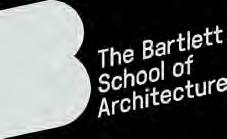
UNIT 14 @unit14_ucl
All work produced by Unit 14 Unit book design by Charlie Harriswww.bartlett.ucl.ac.uk/architecture Copyright 2021 The Bartlett School of Architecture, UCL All rights reserved.No part of this publication may be reproduced or transmitted in any form or by any means, electronic or mechanical, including photocopy, recording or any information storage and retreival system without permission in writing from the publisher.
























































































































































































































































































